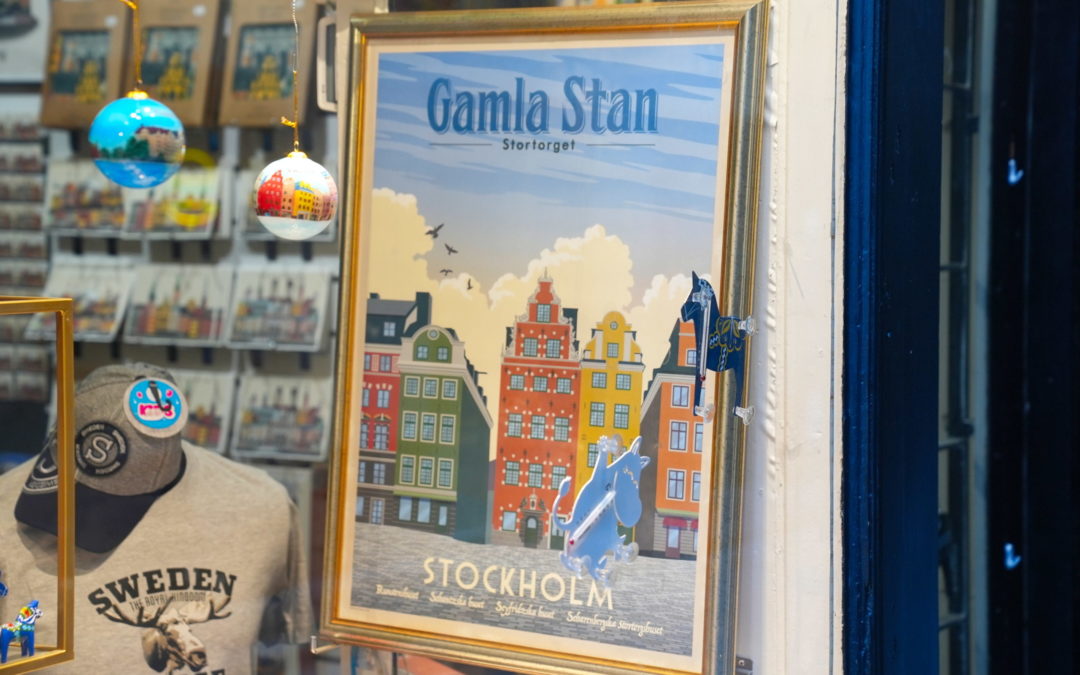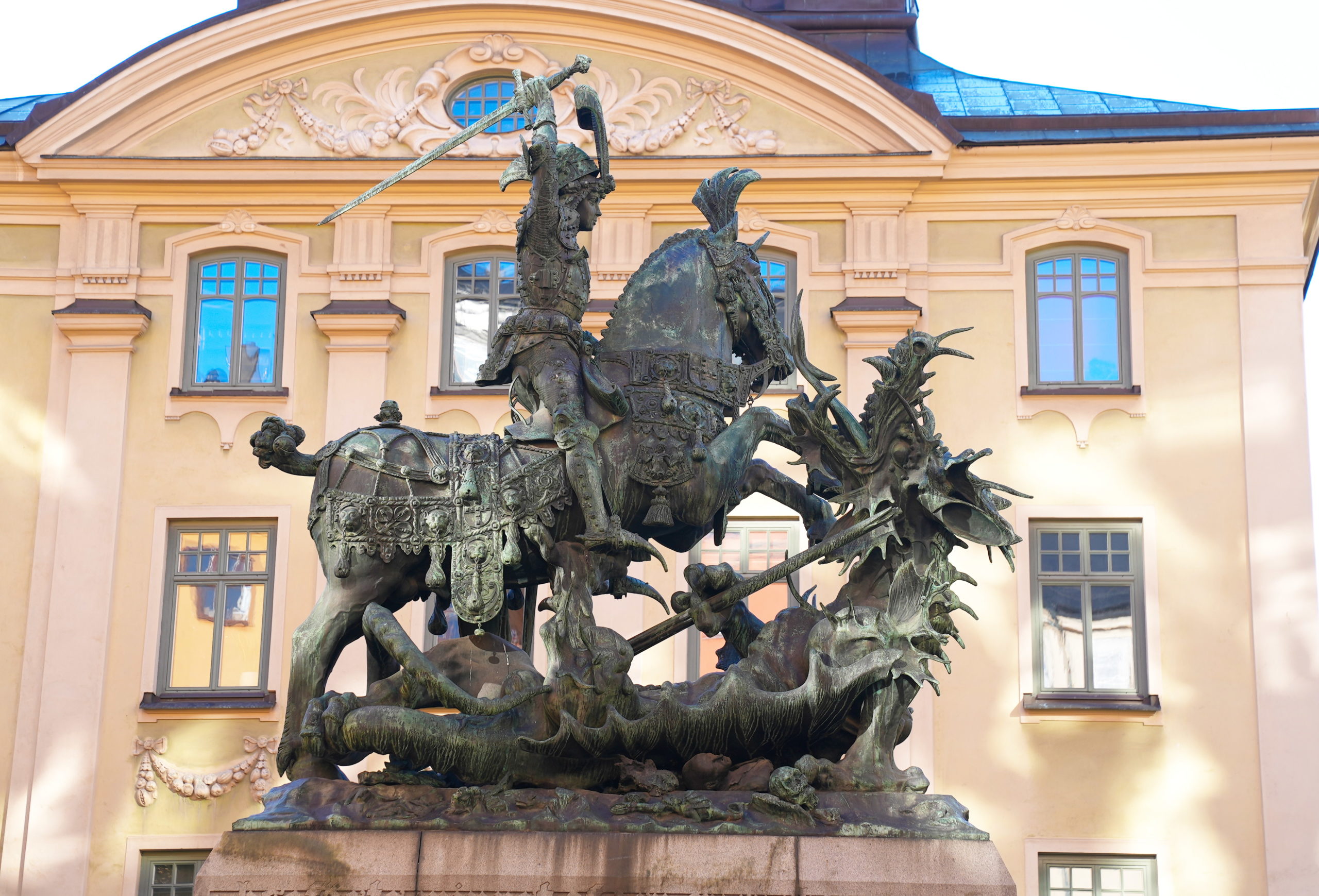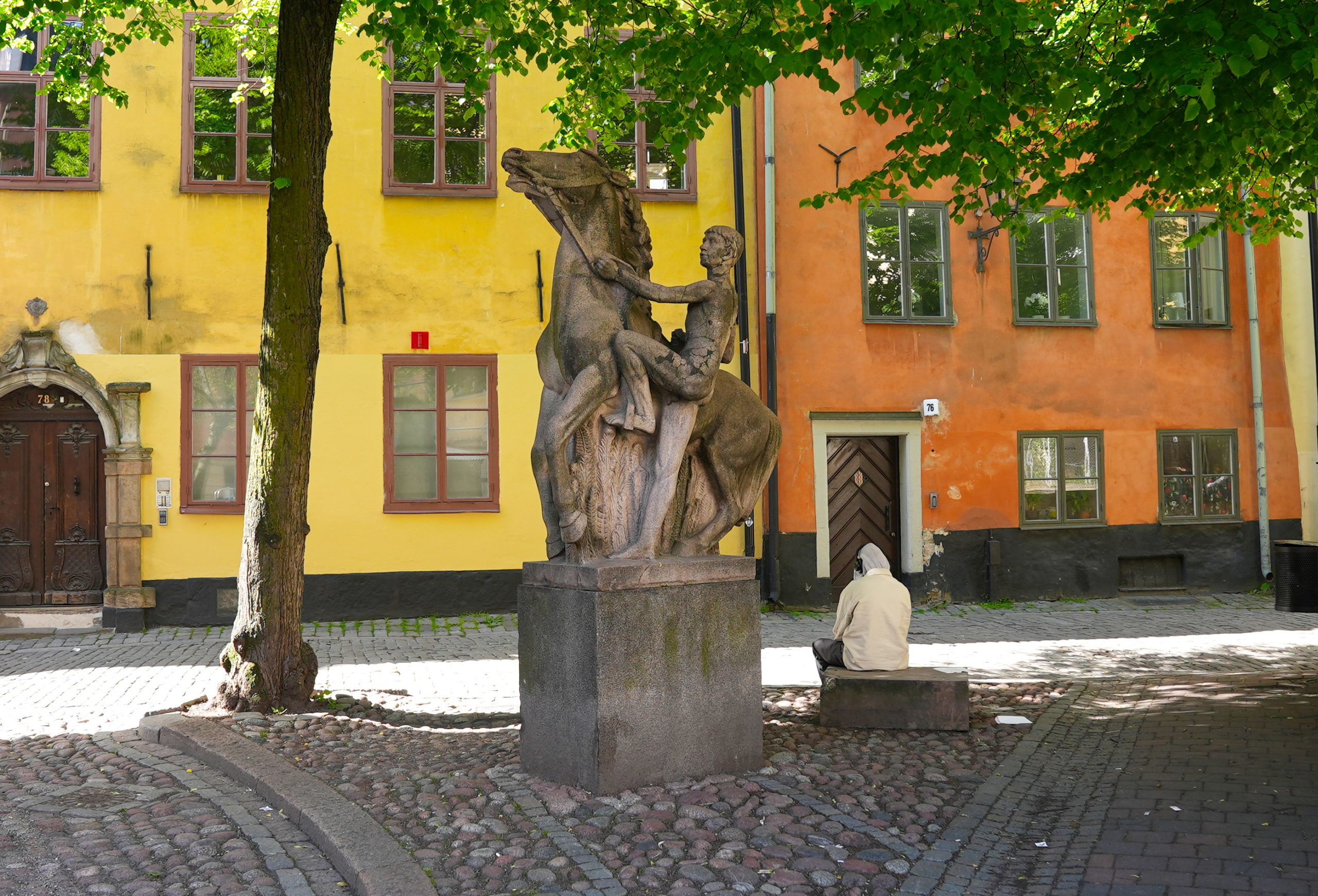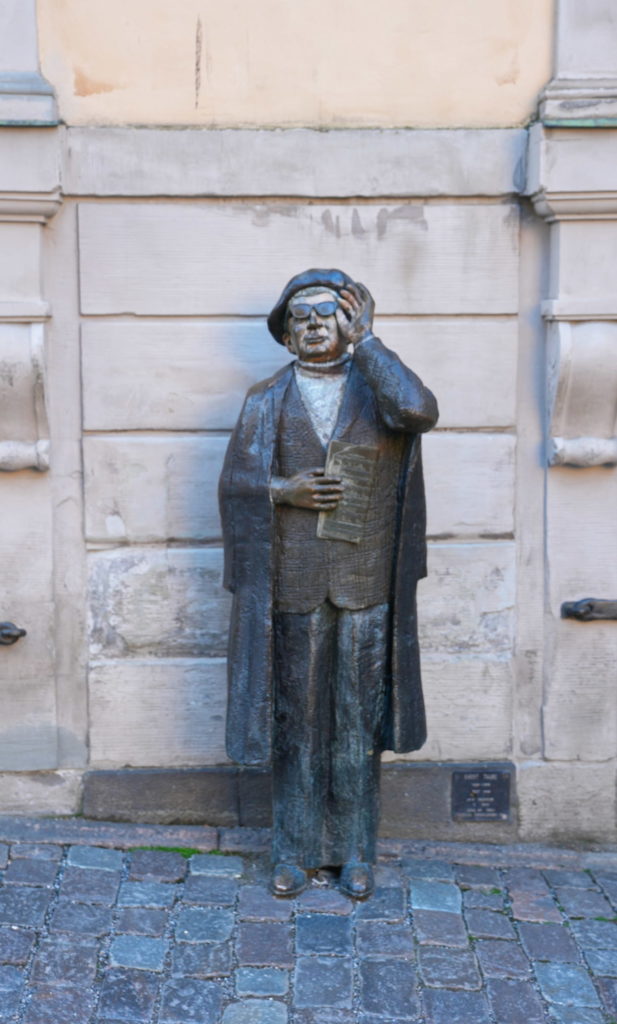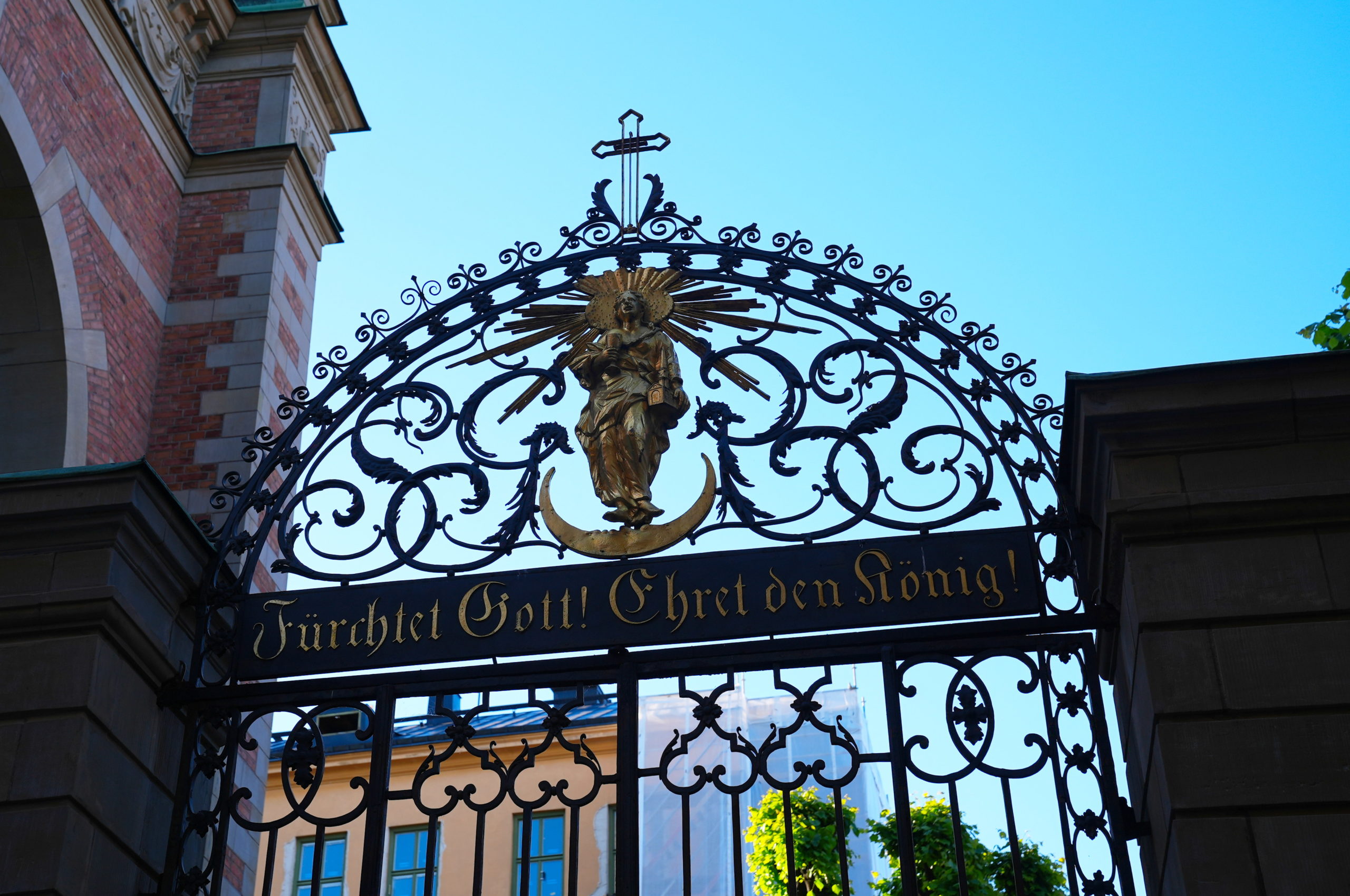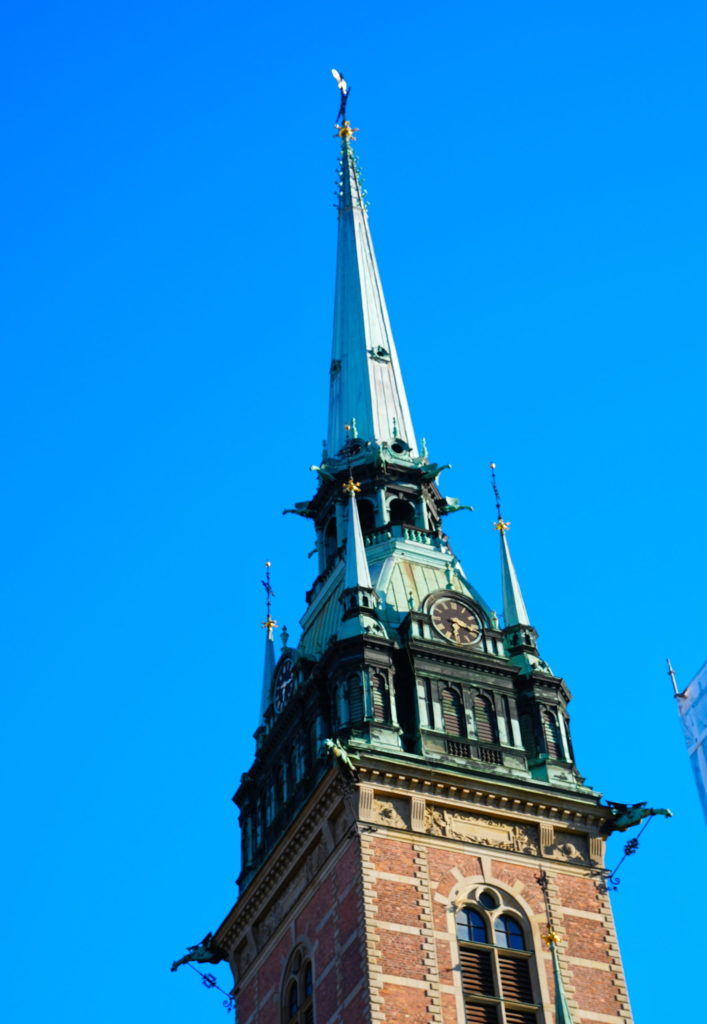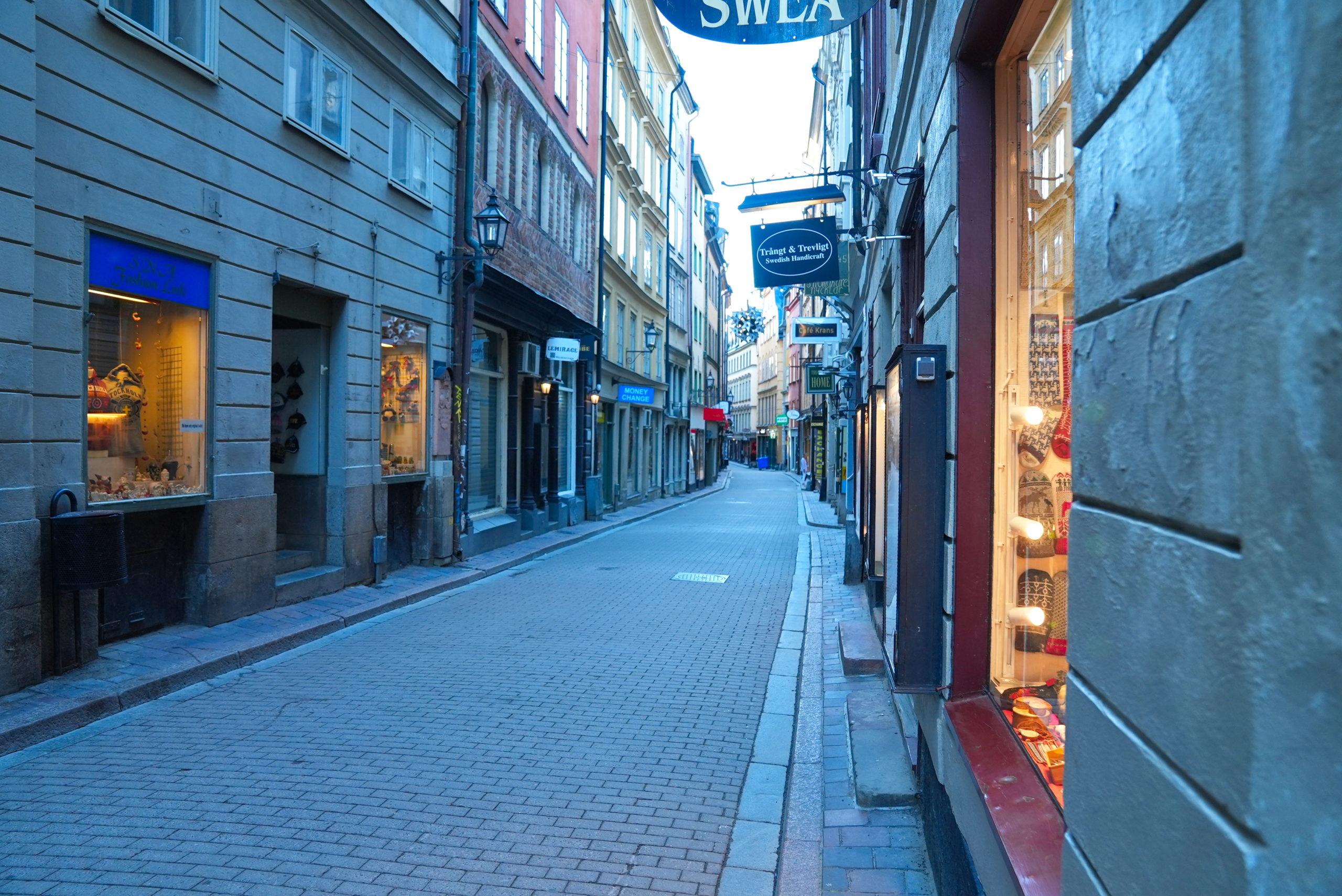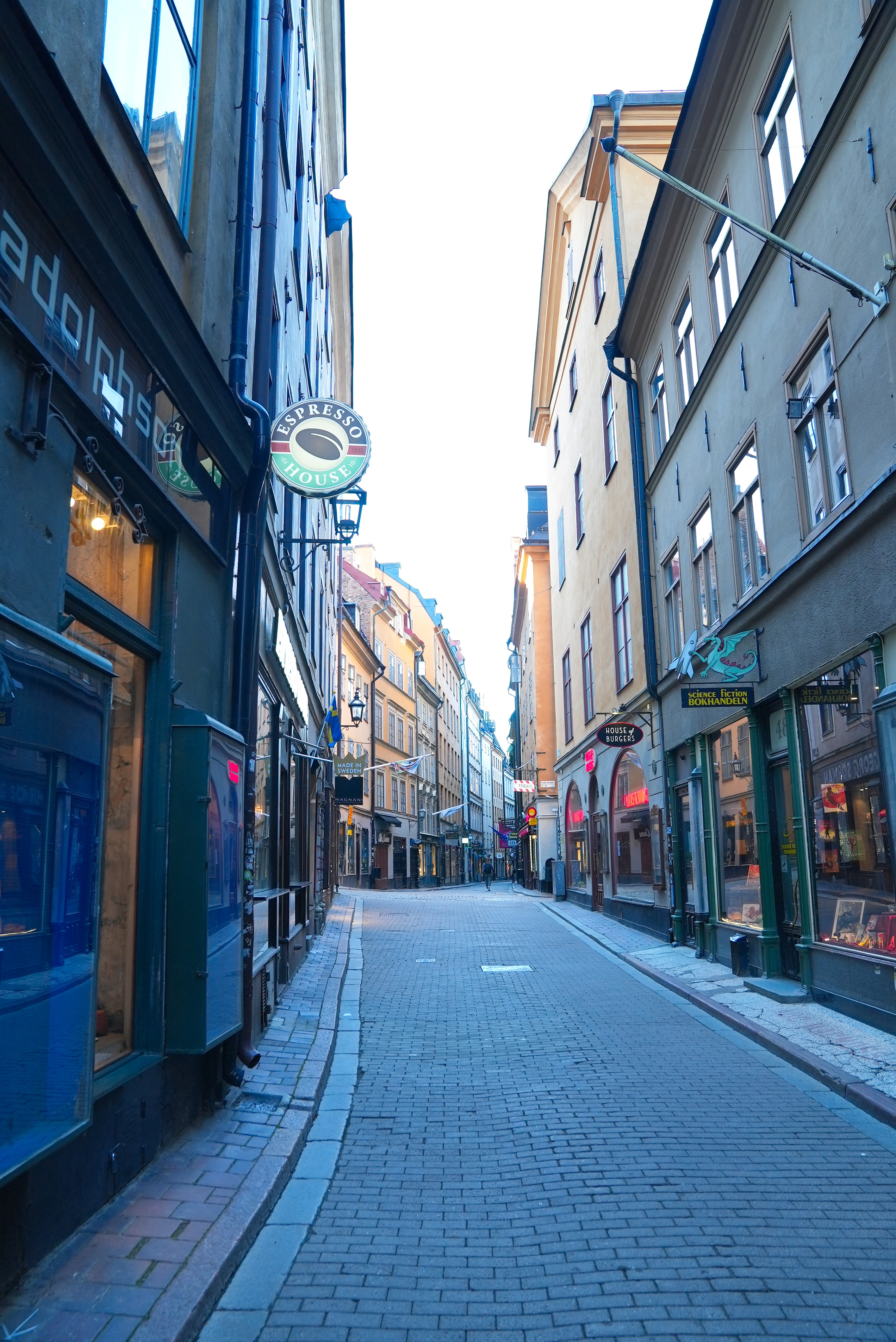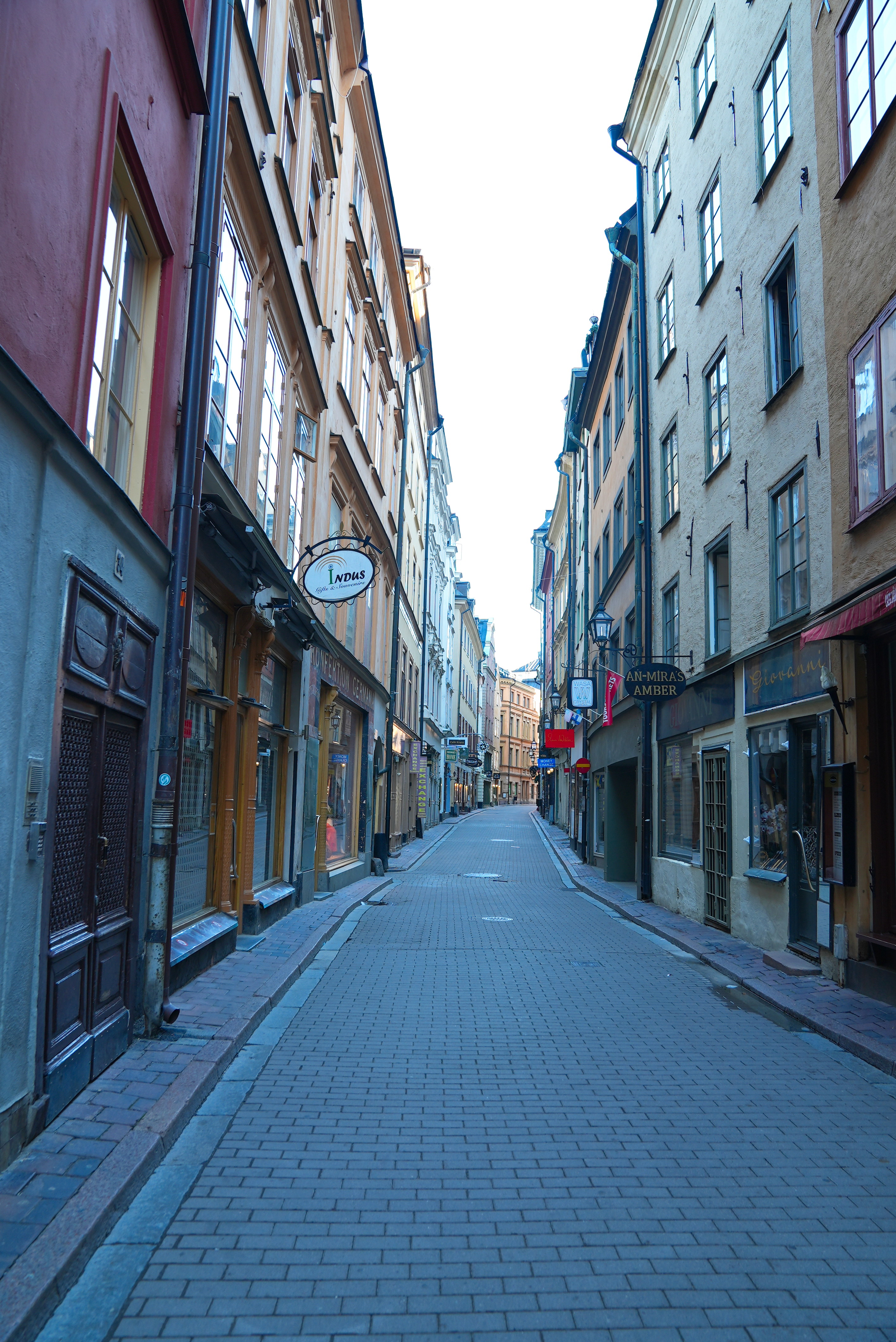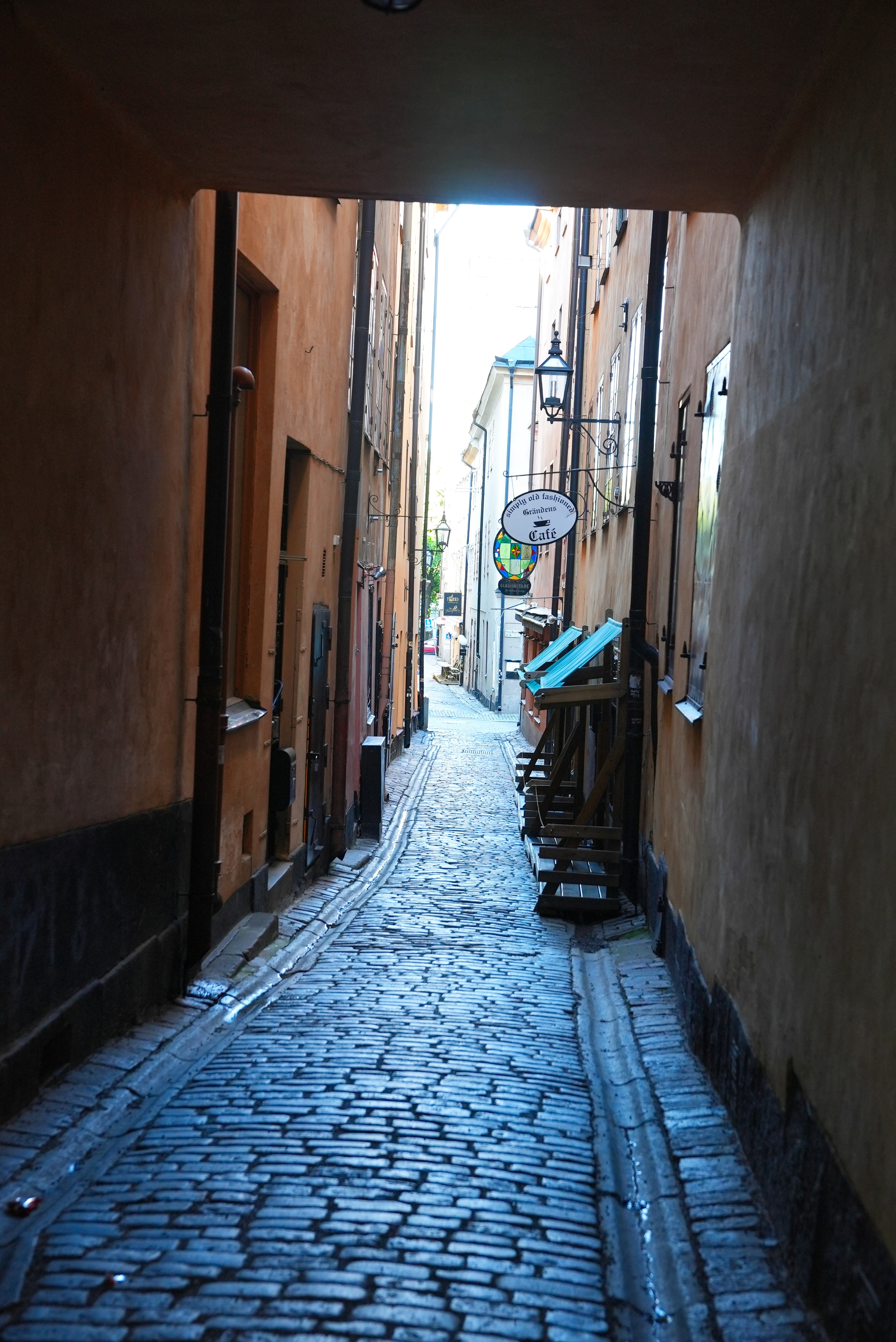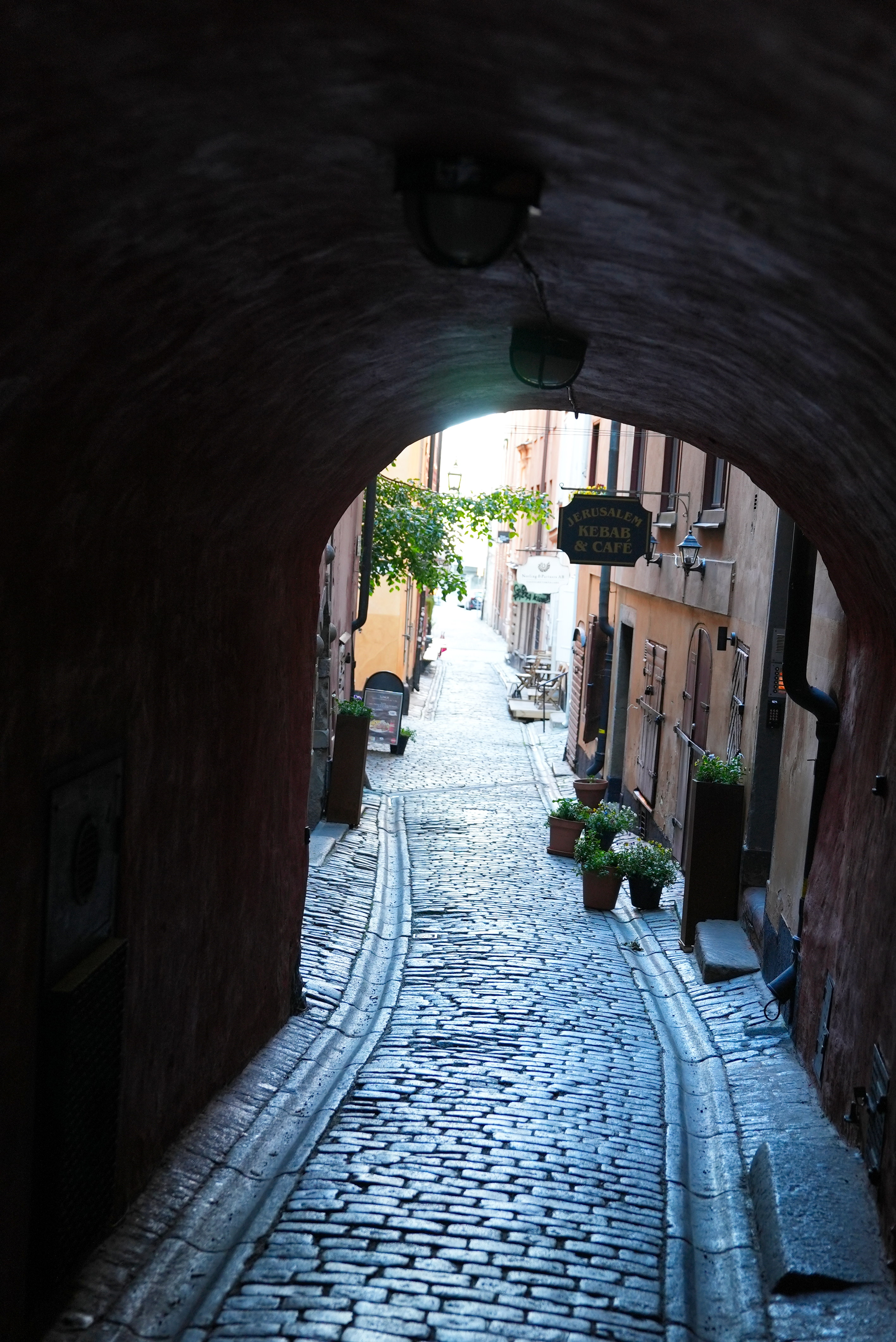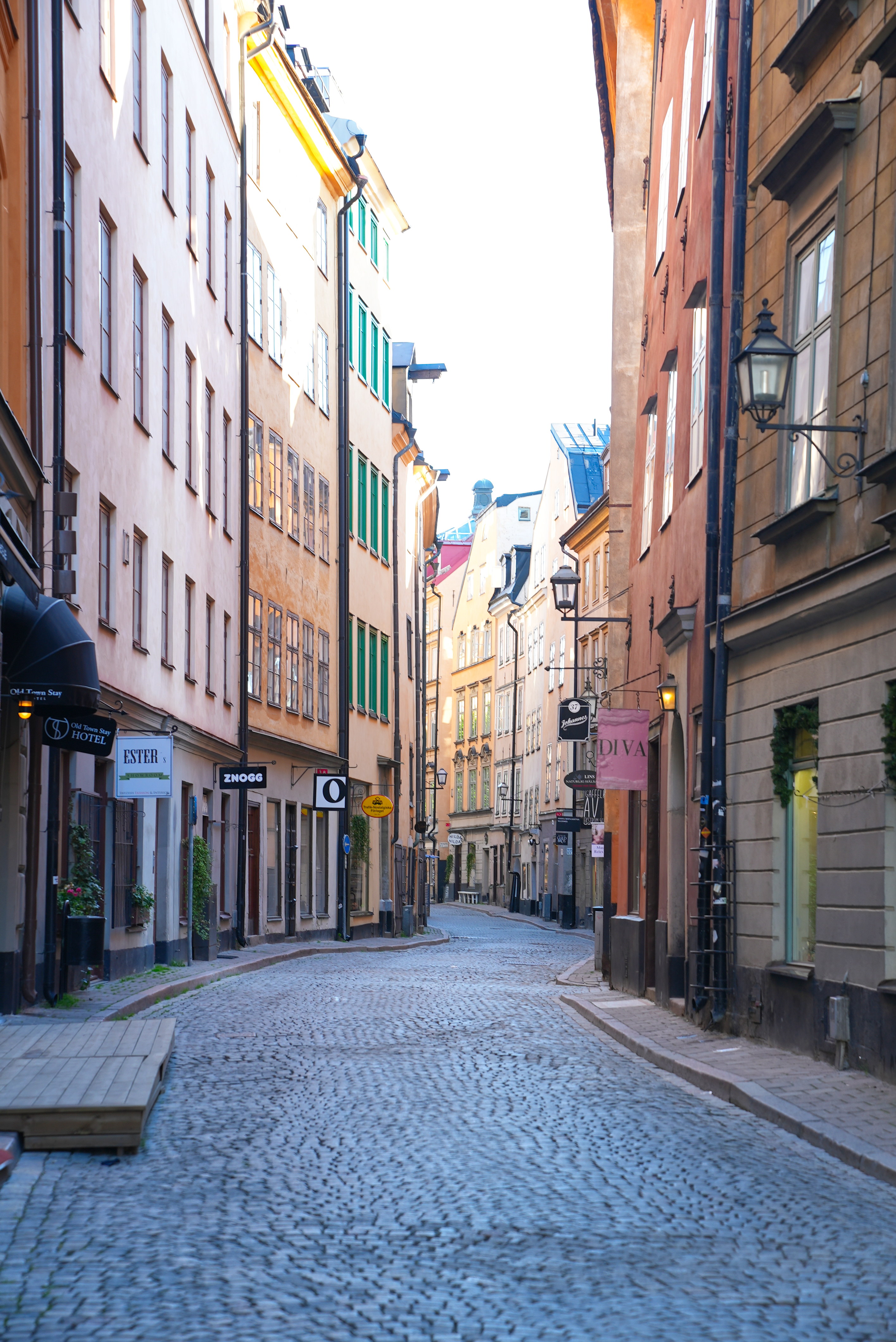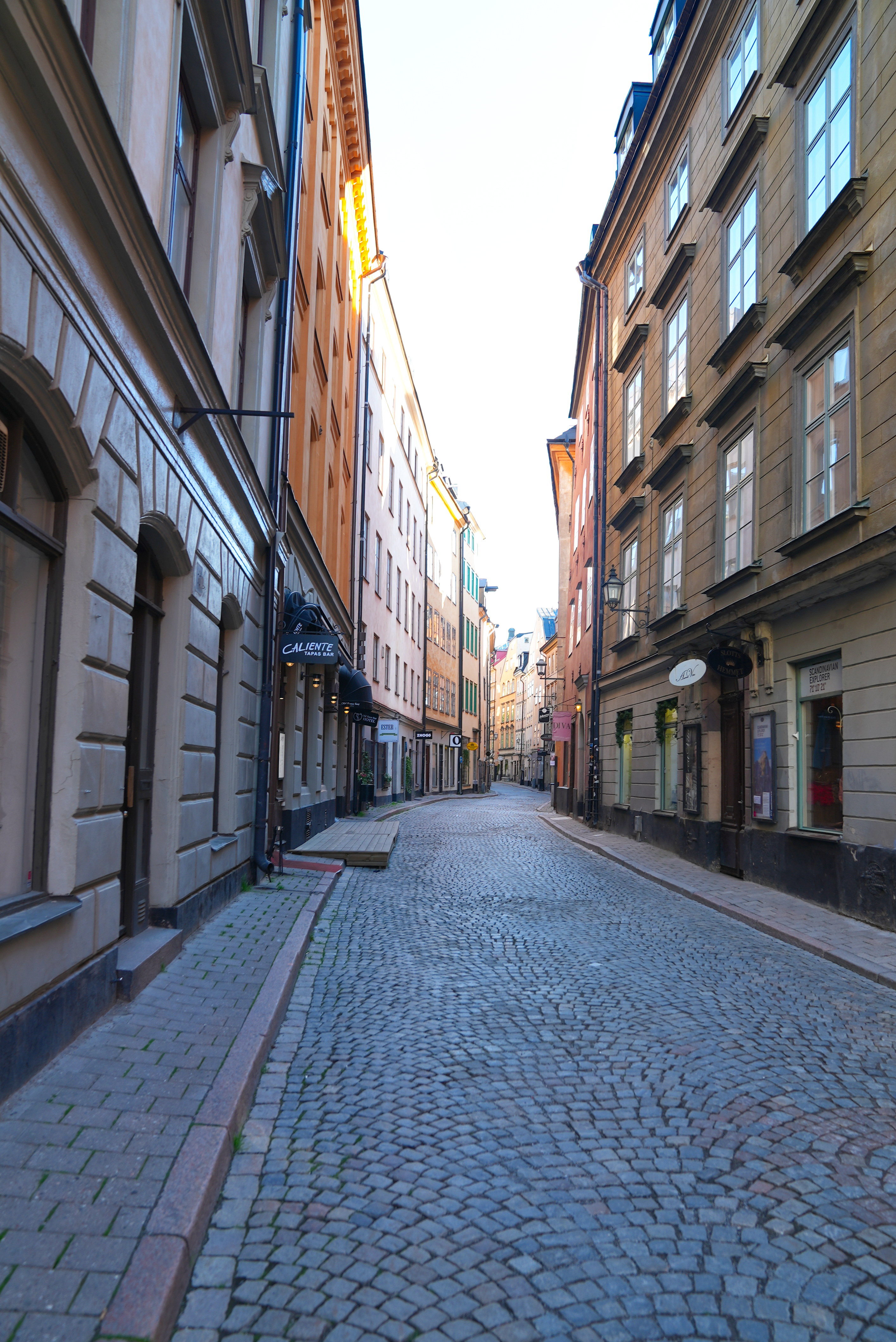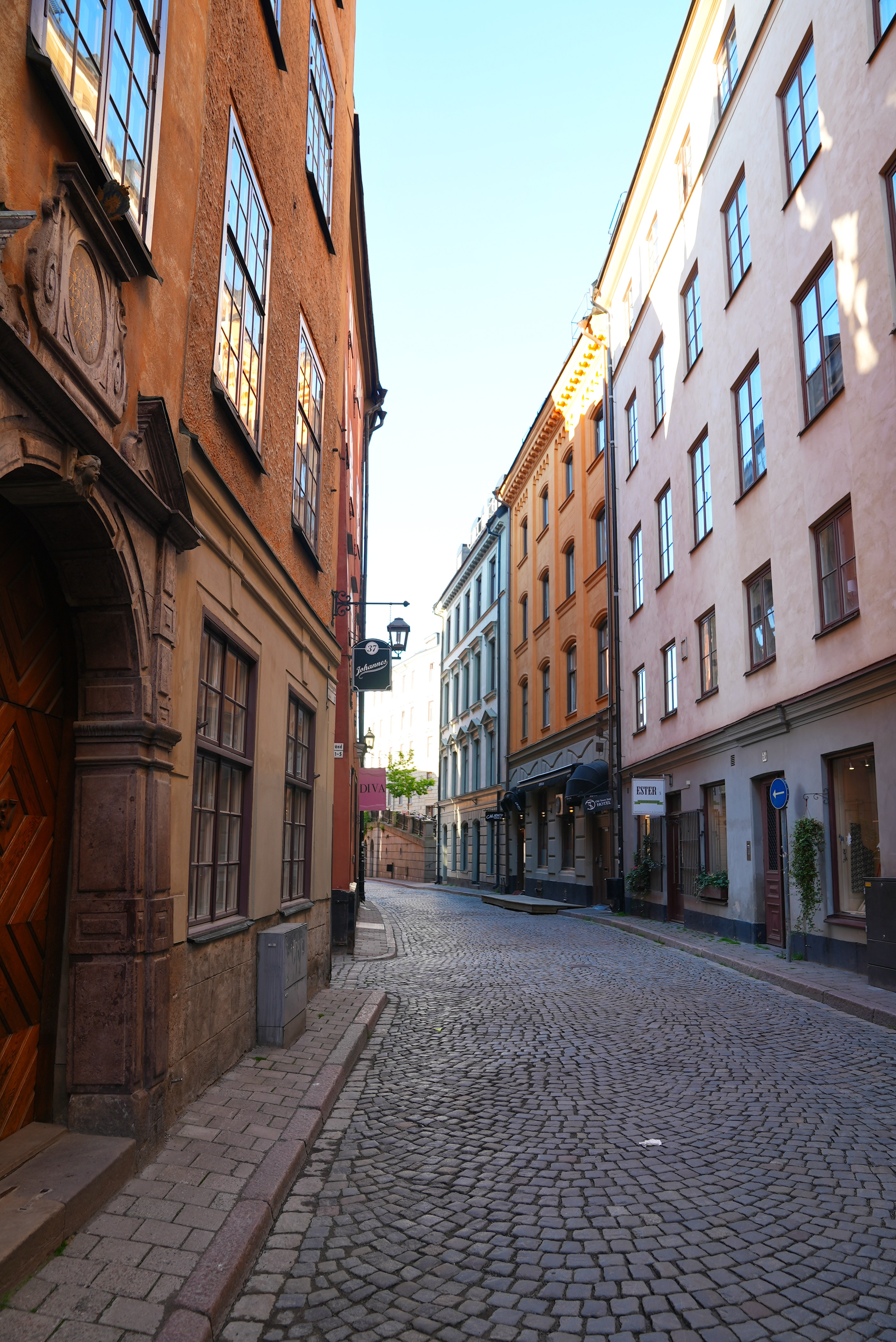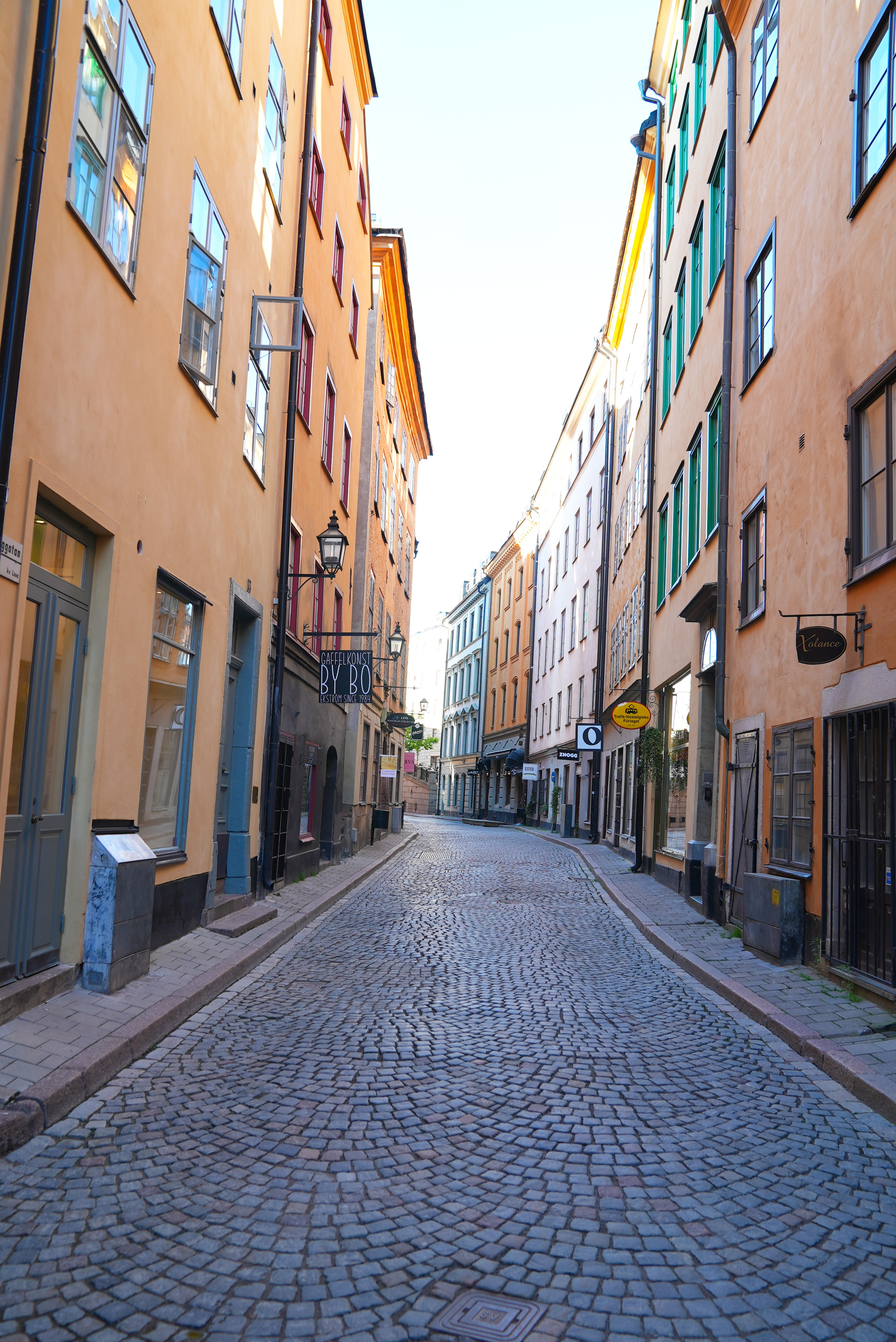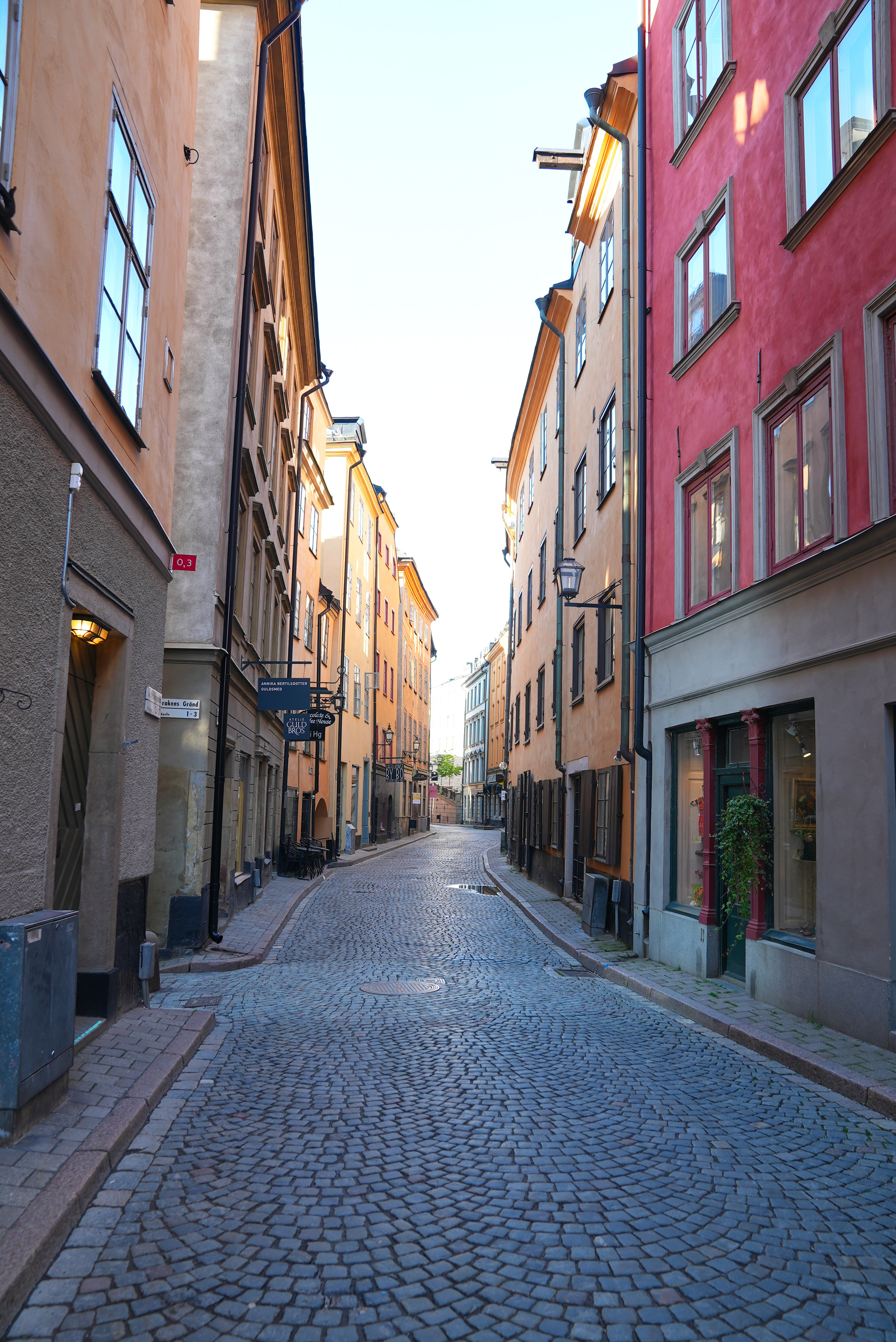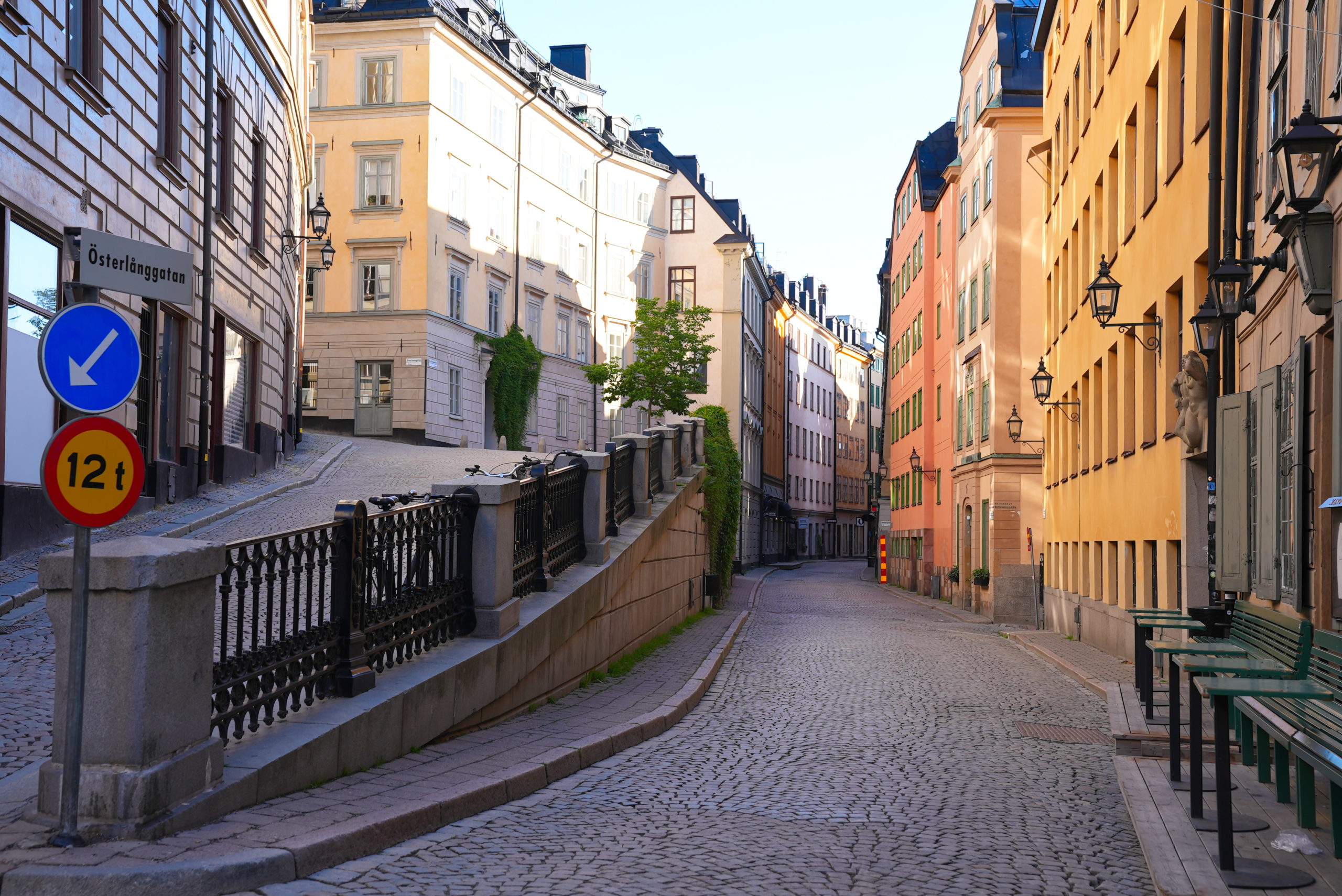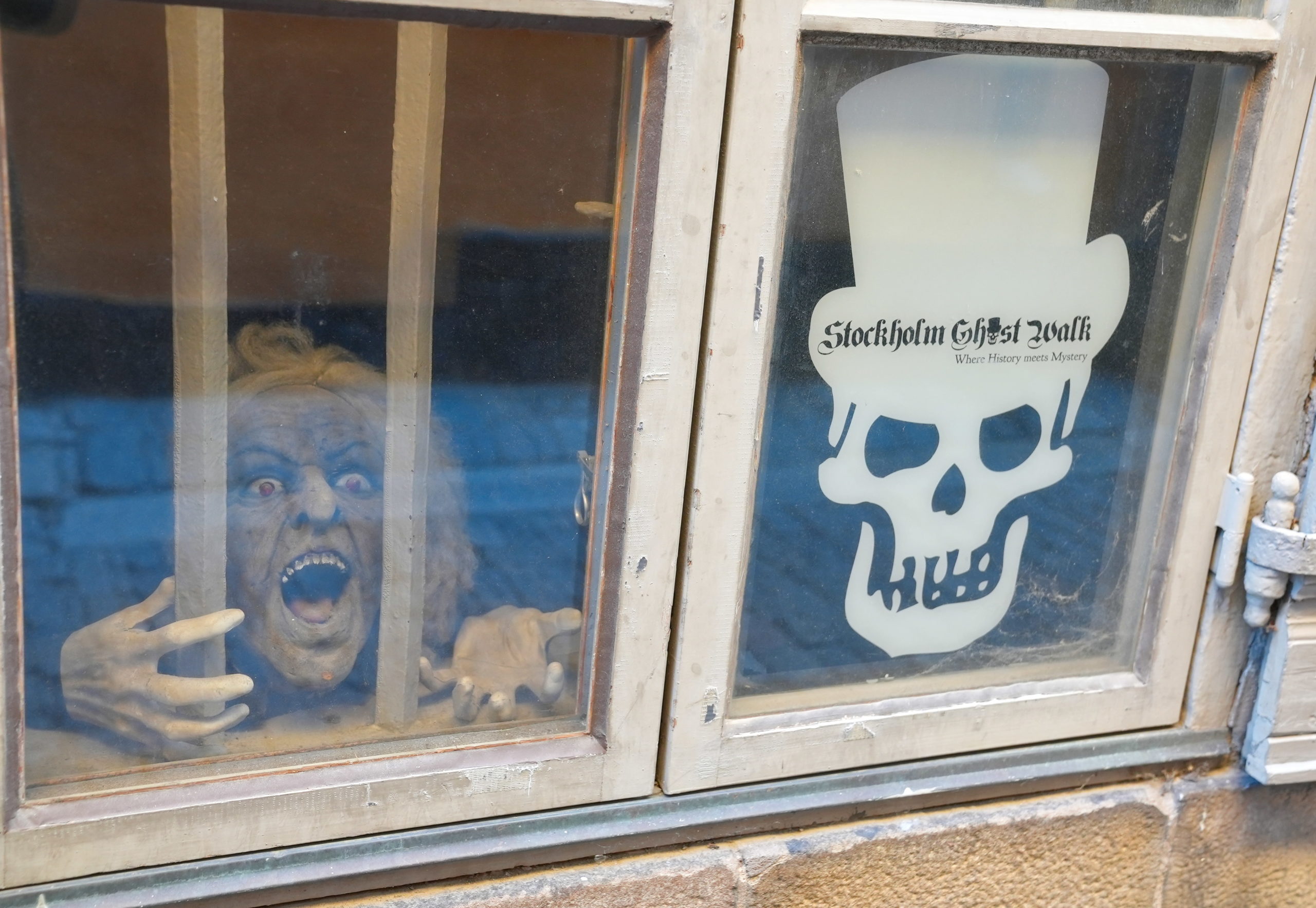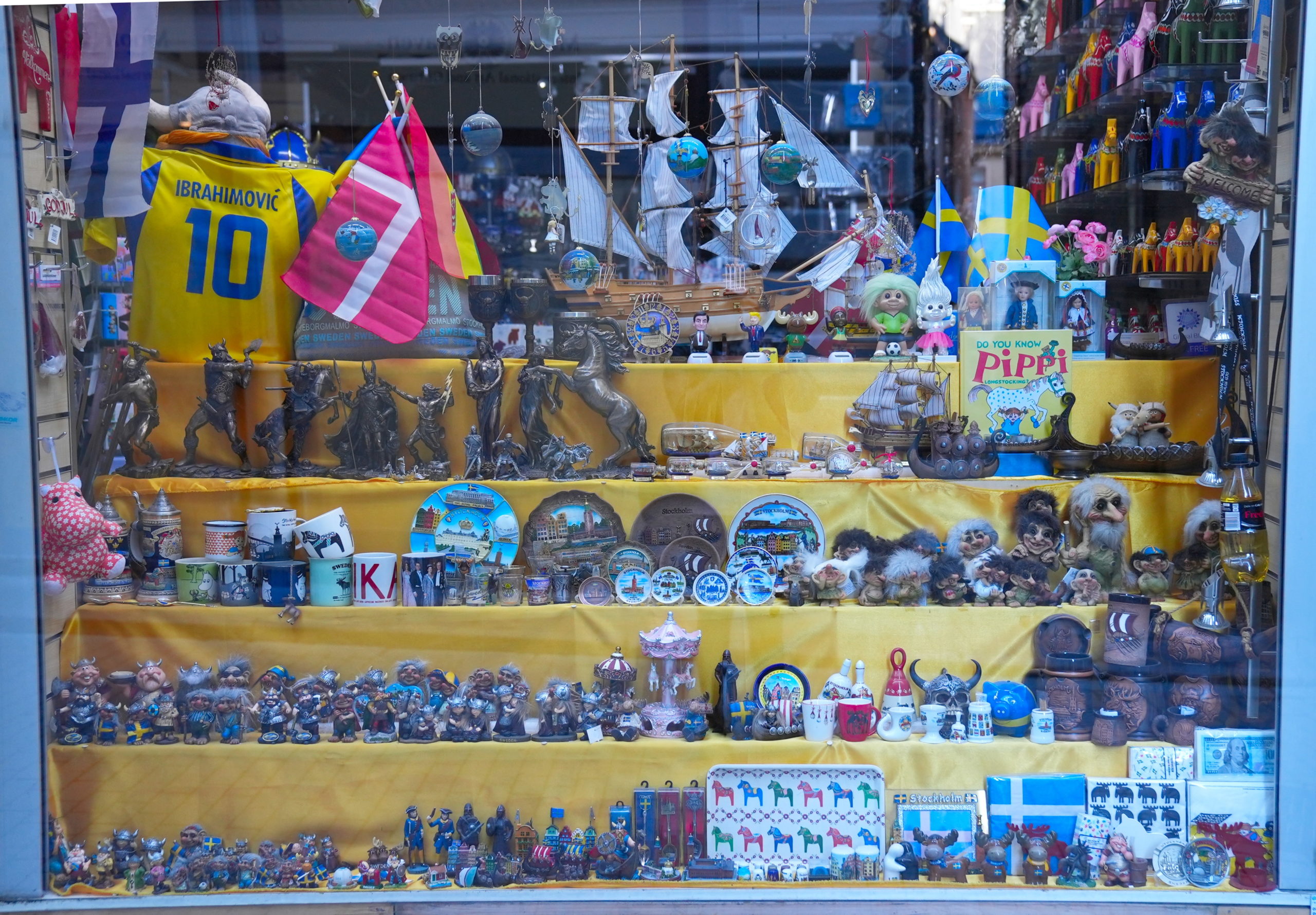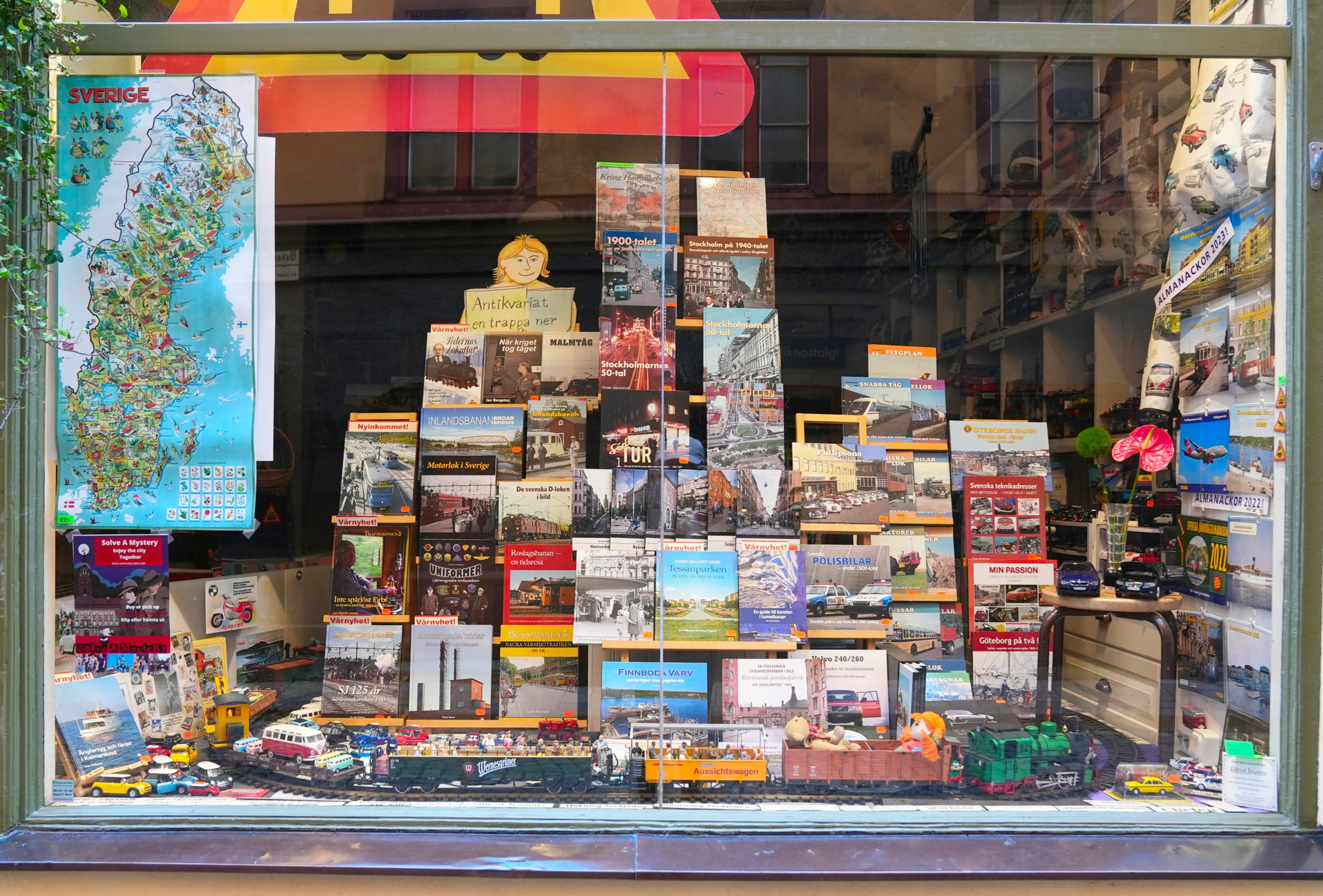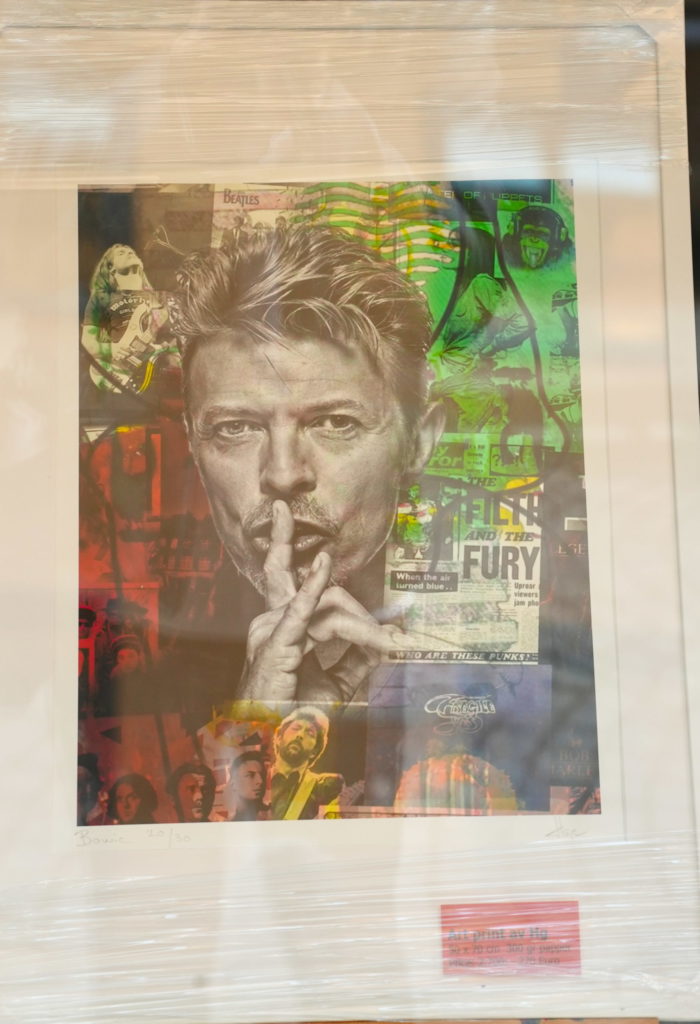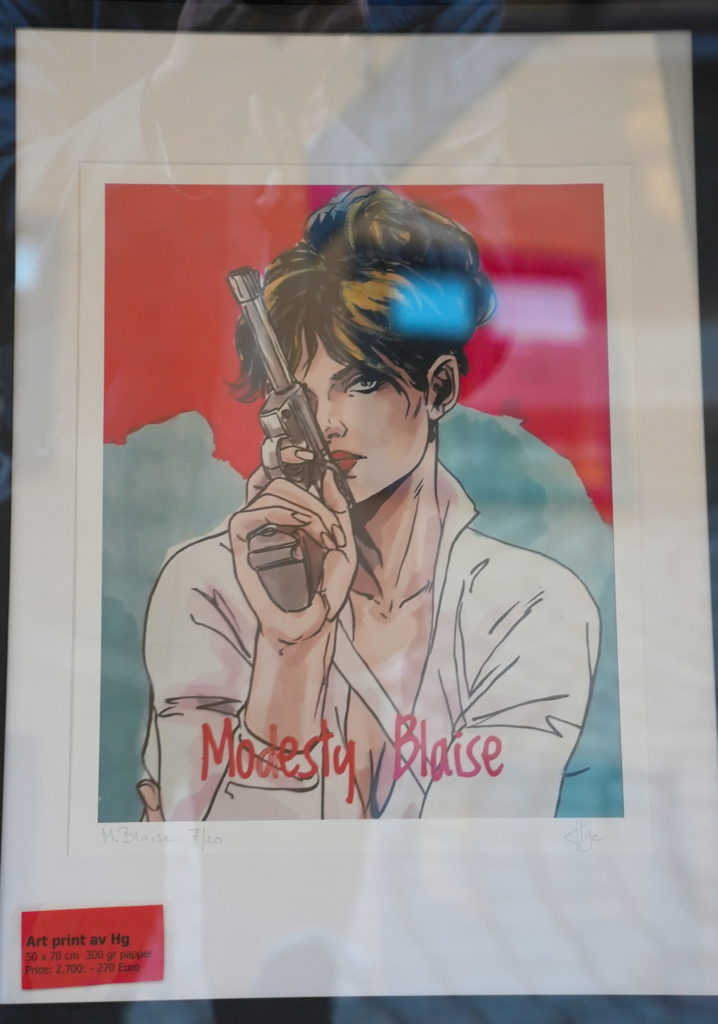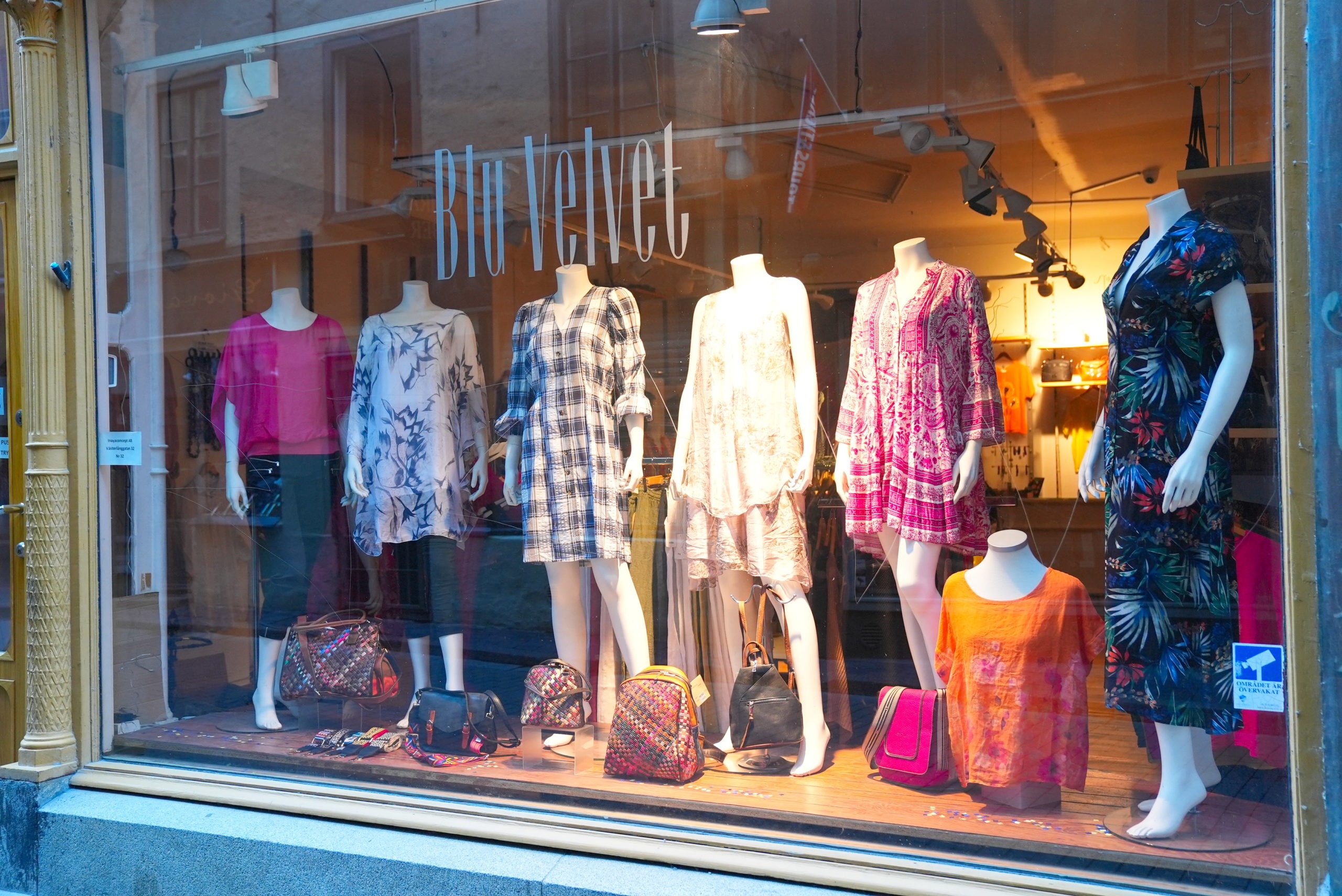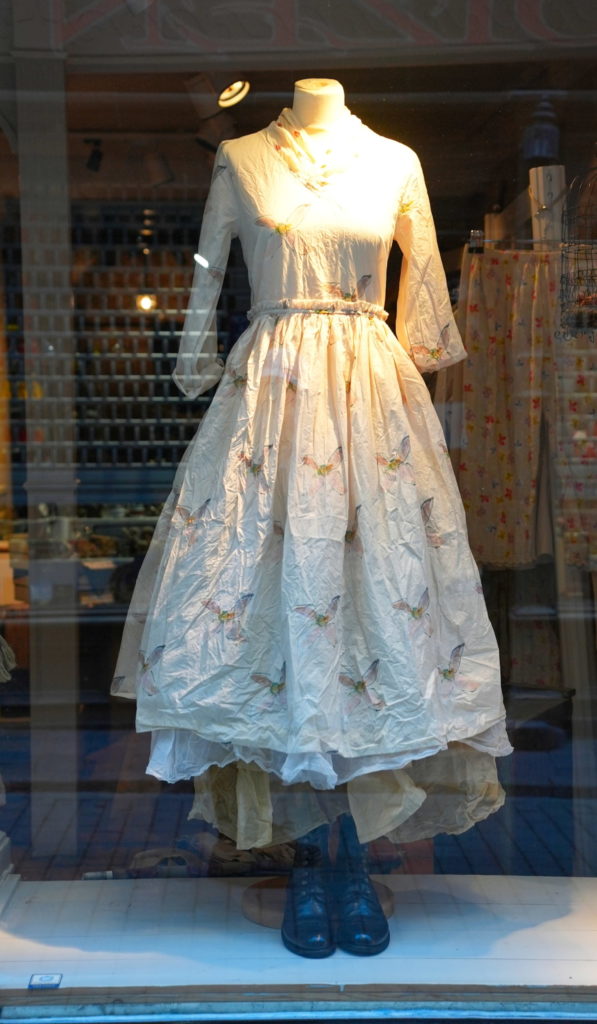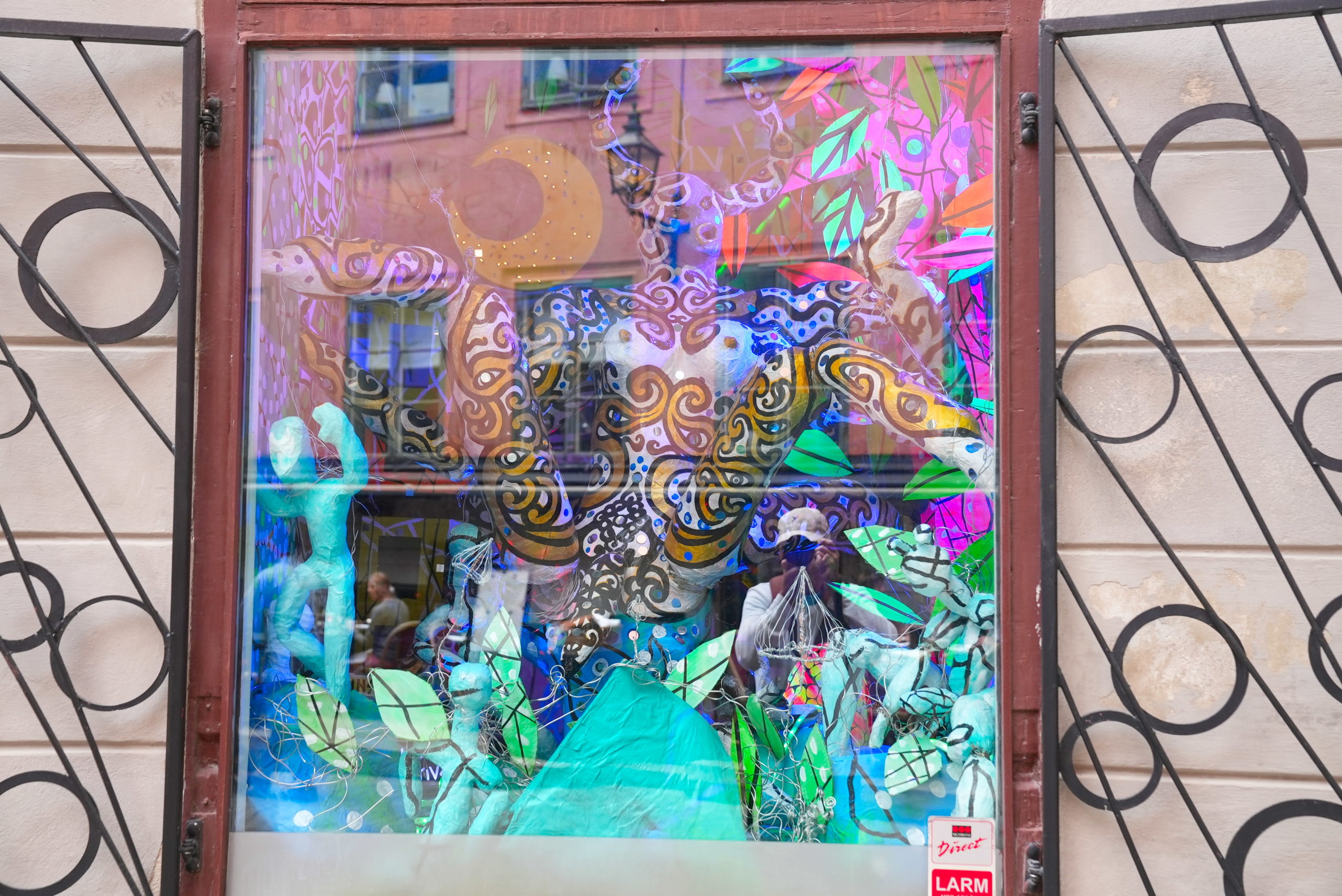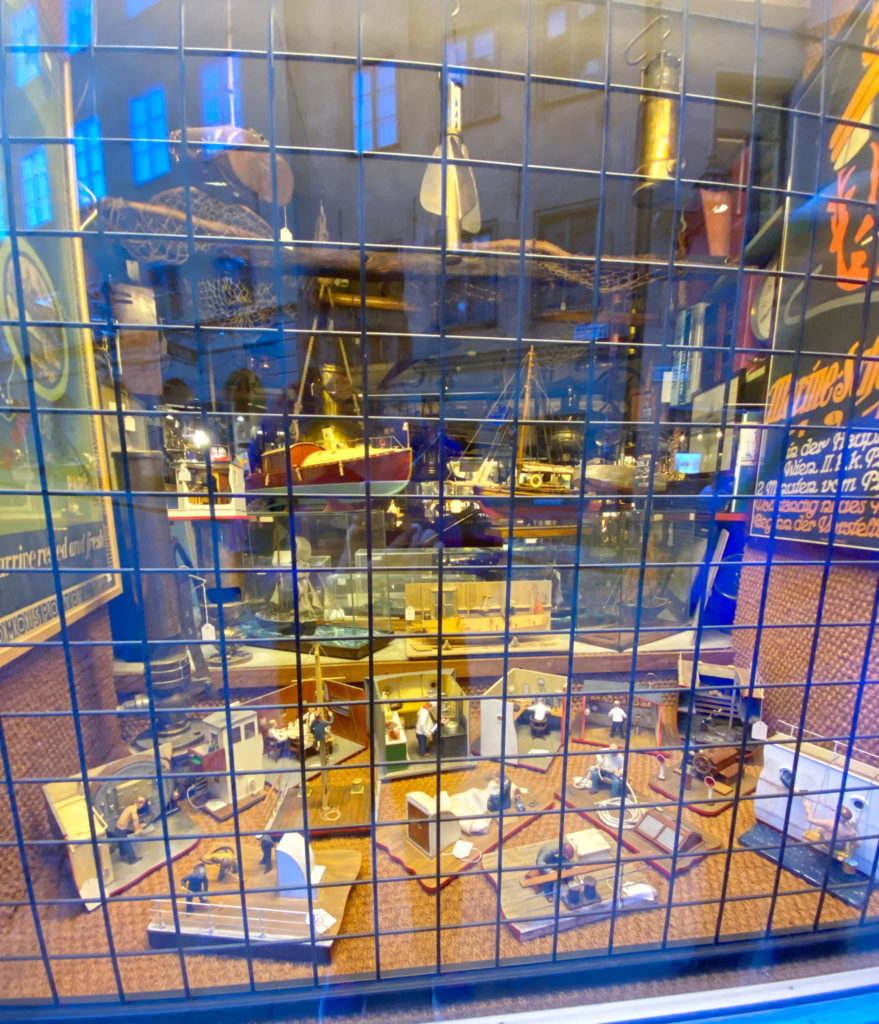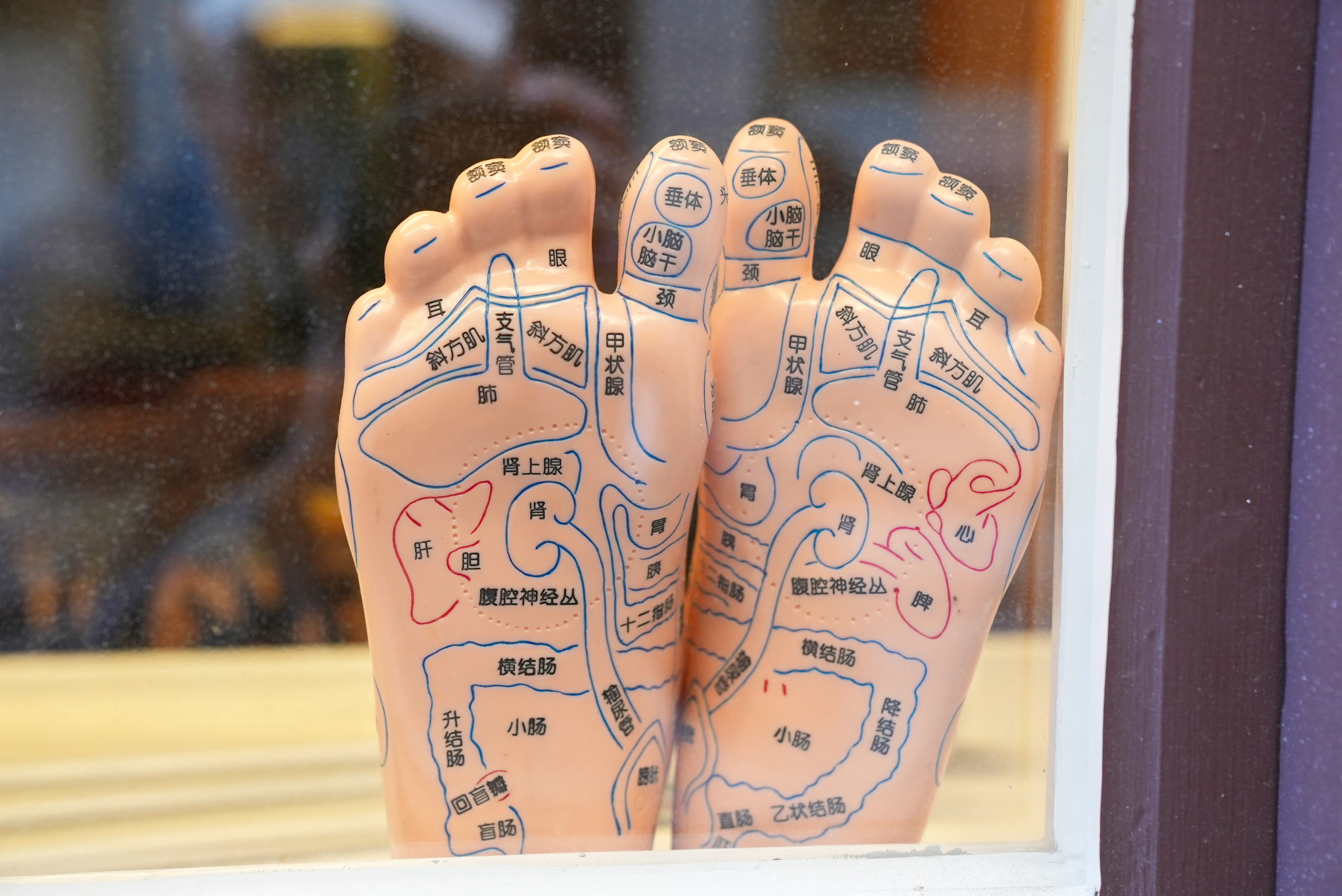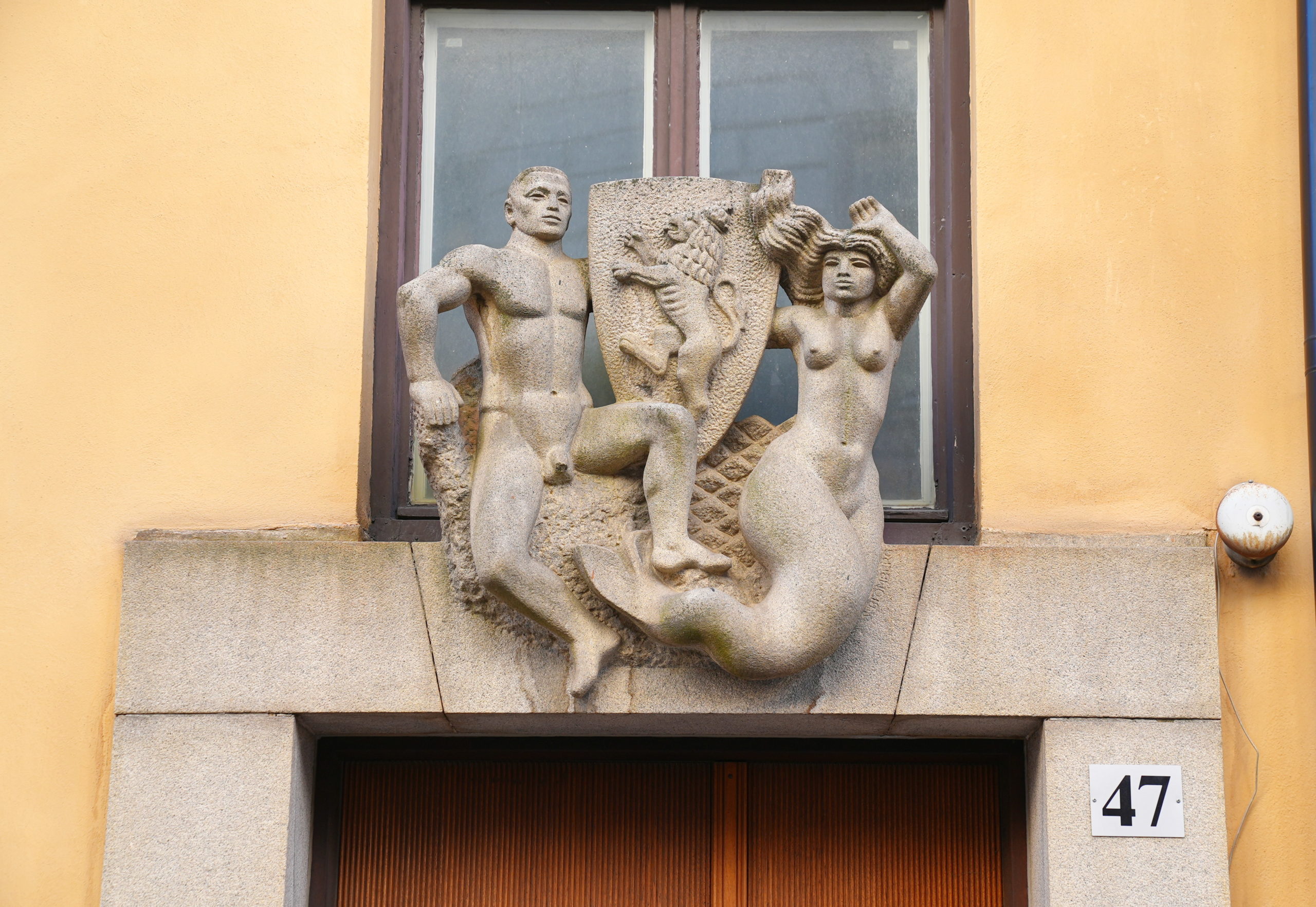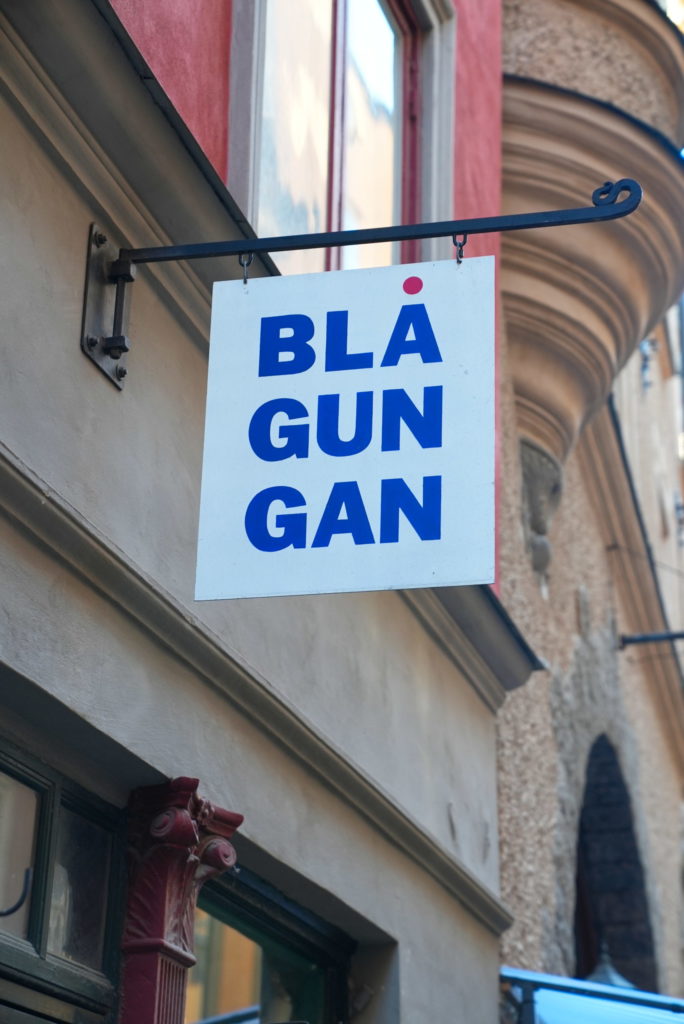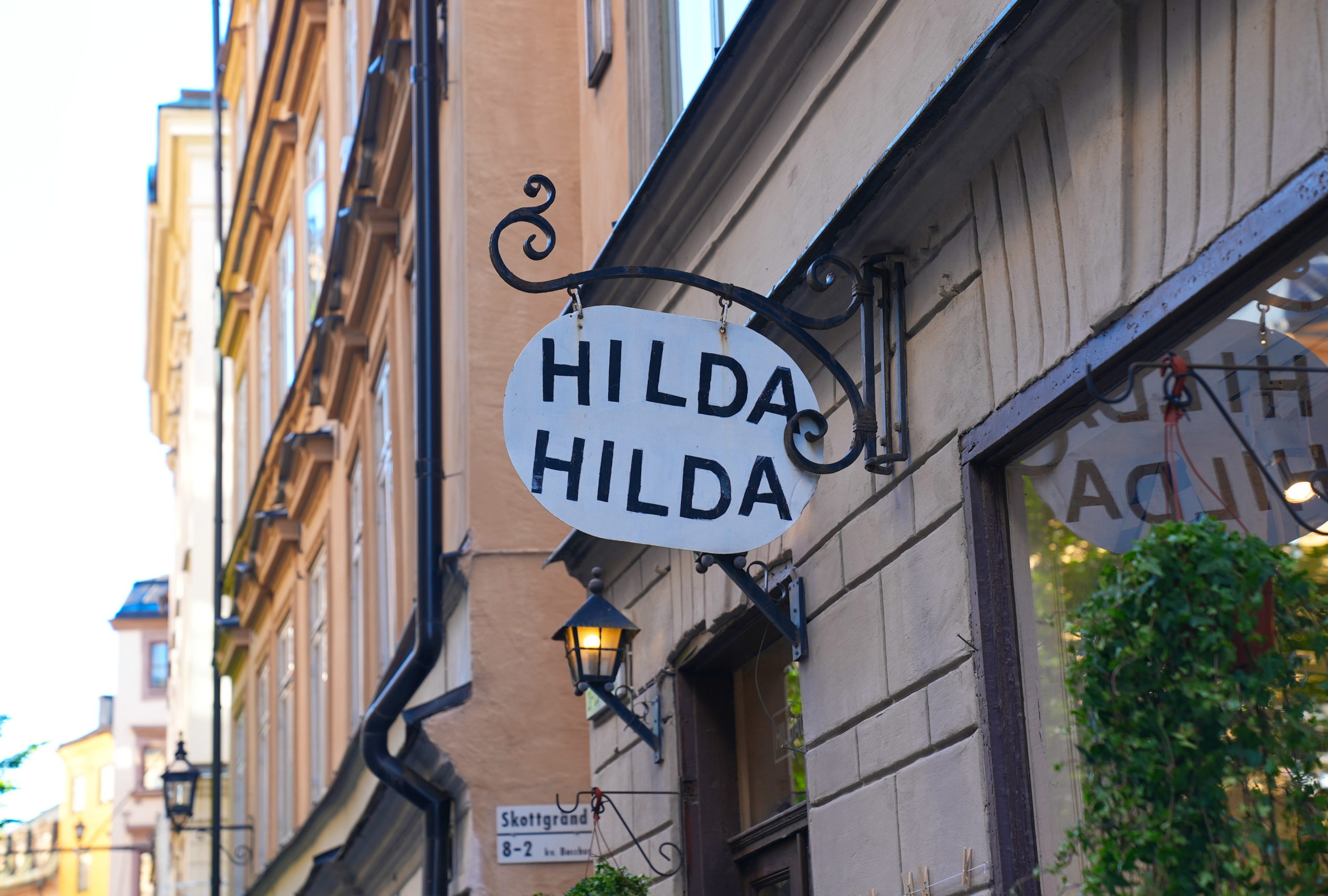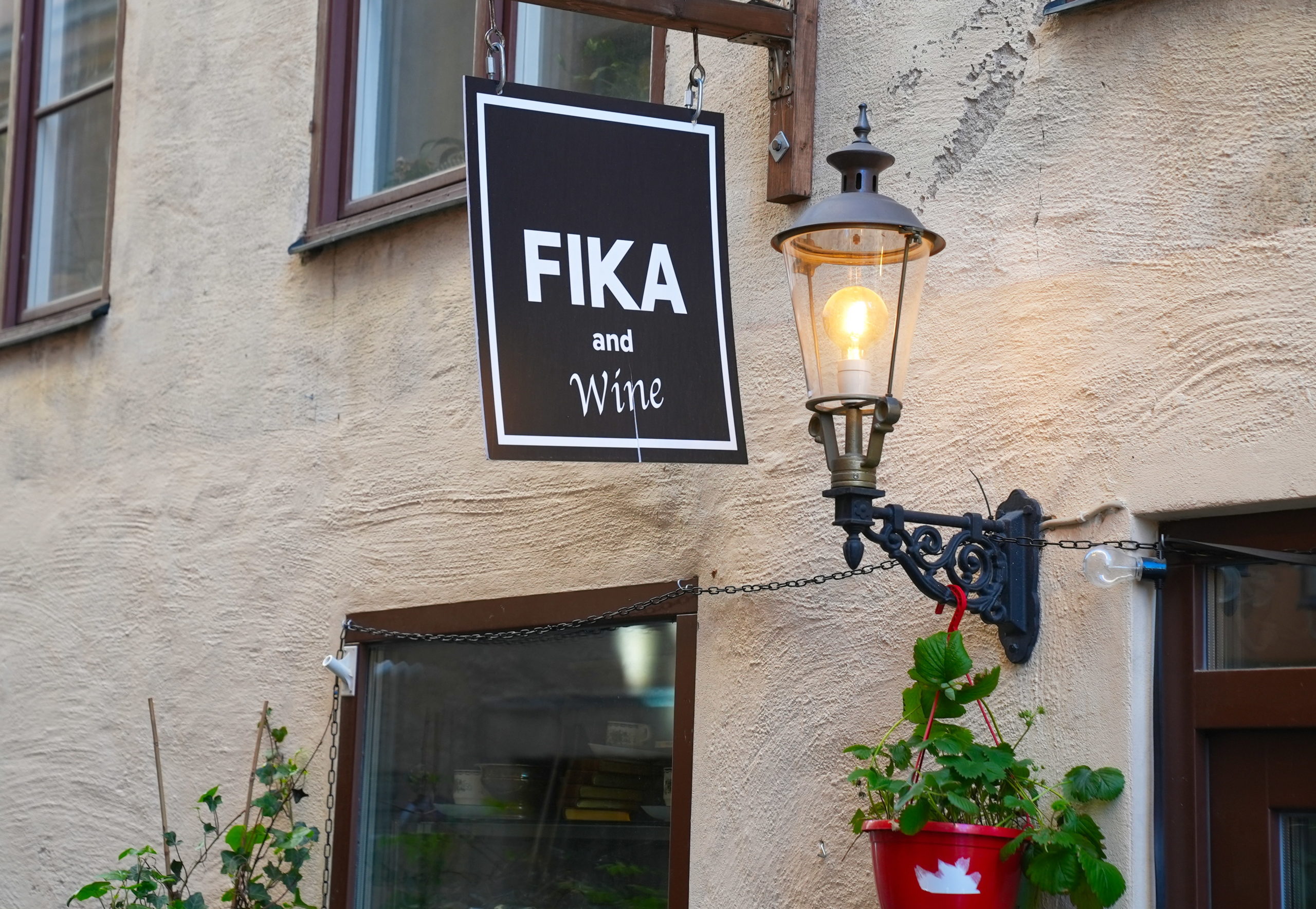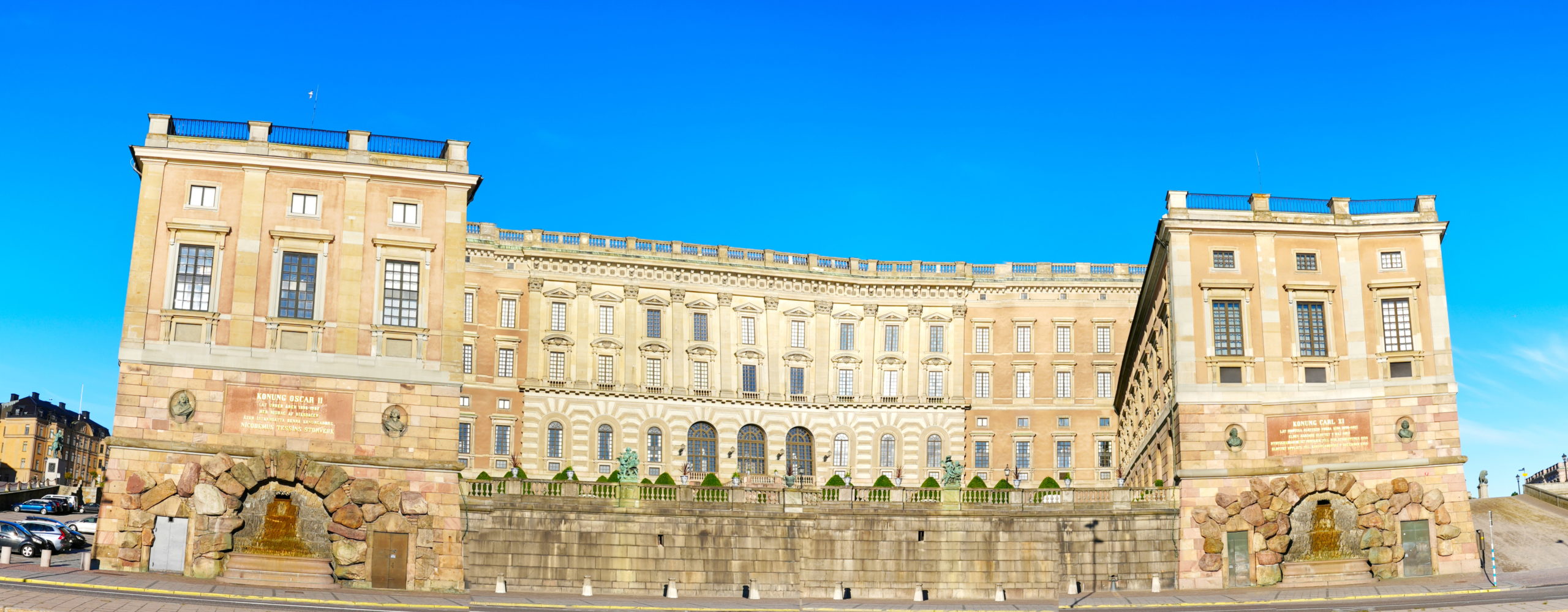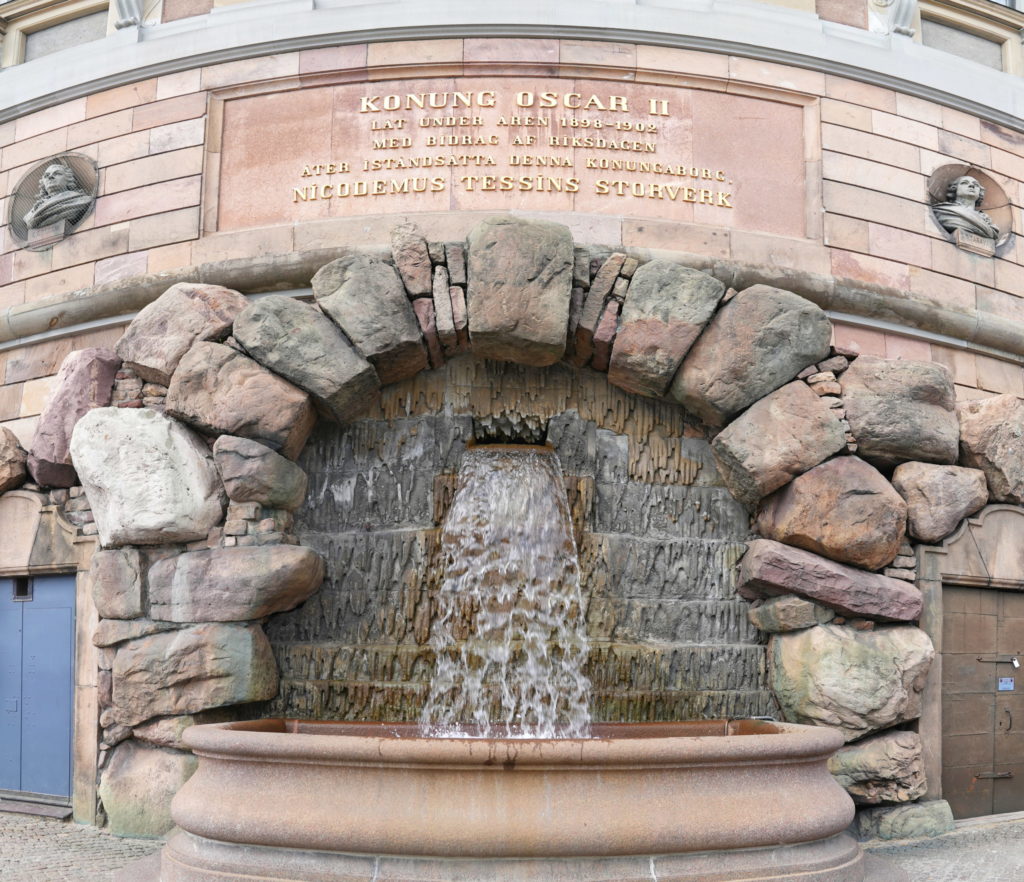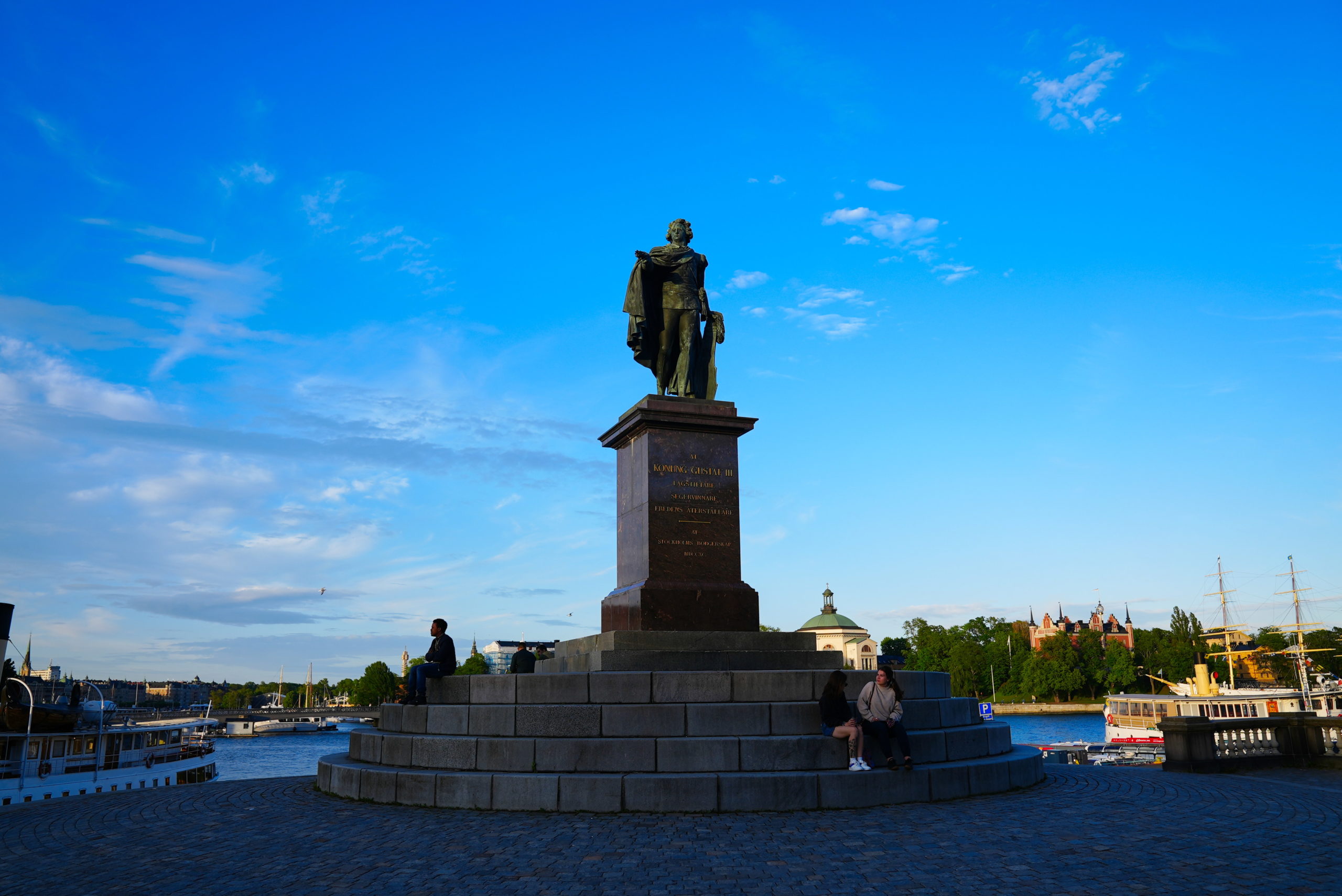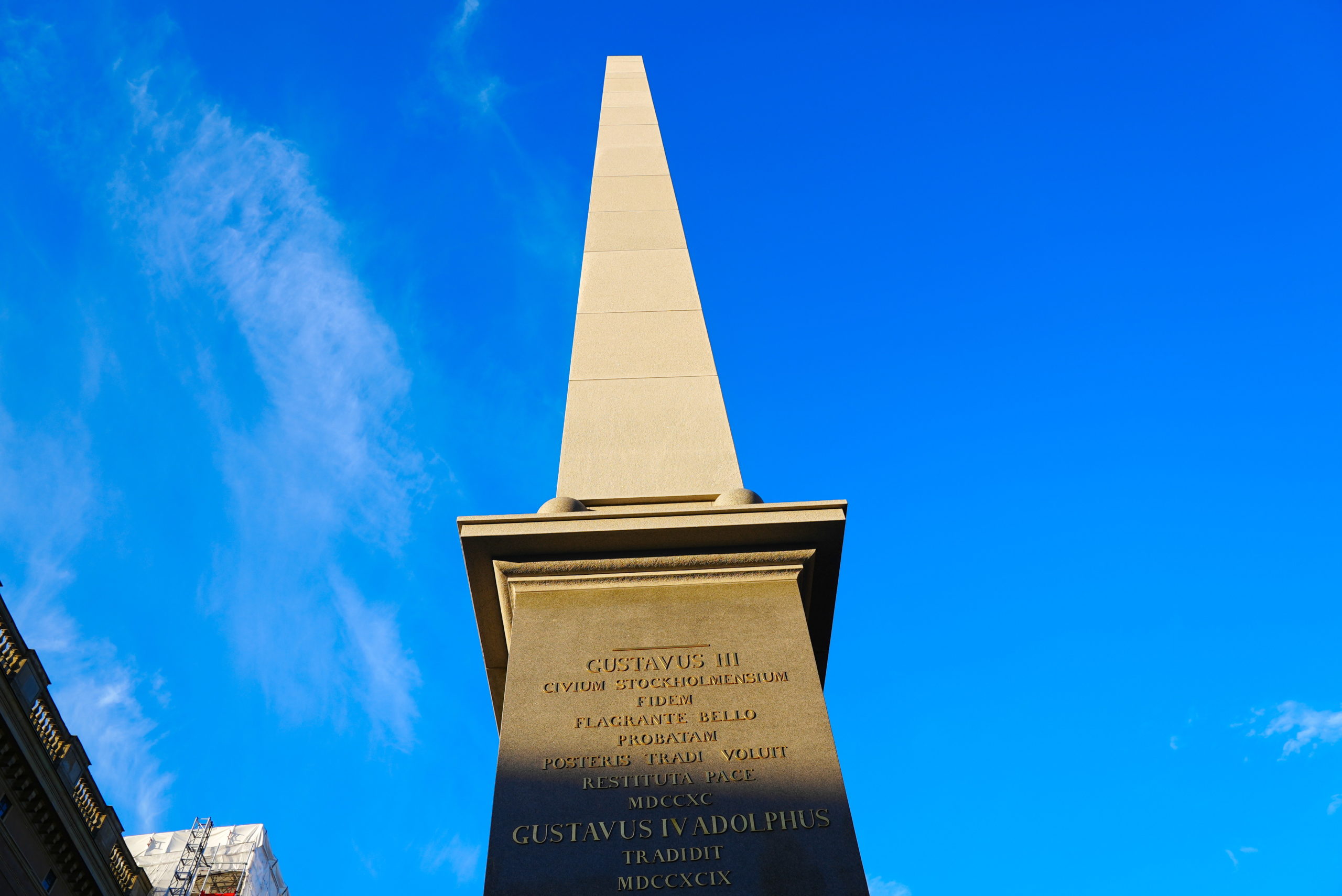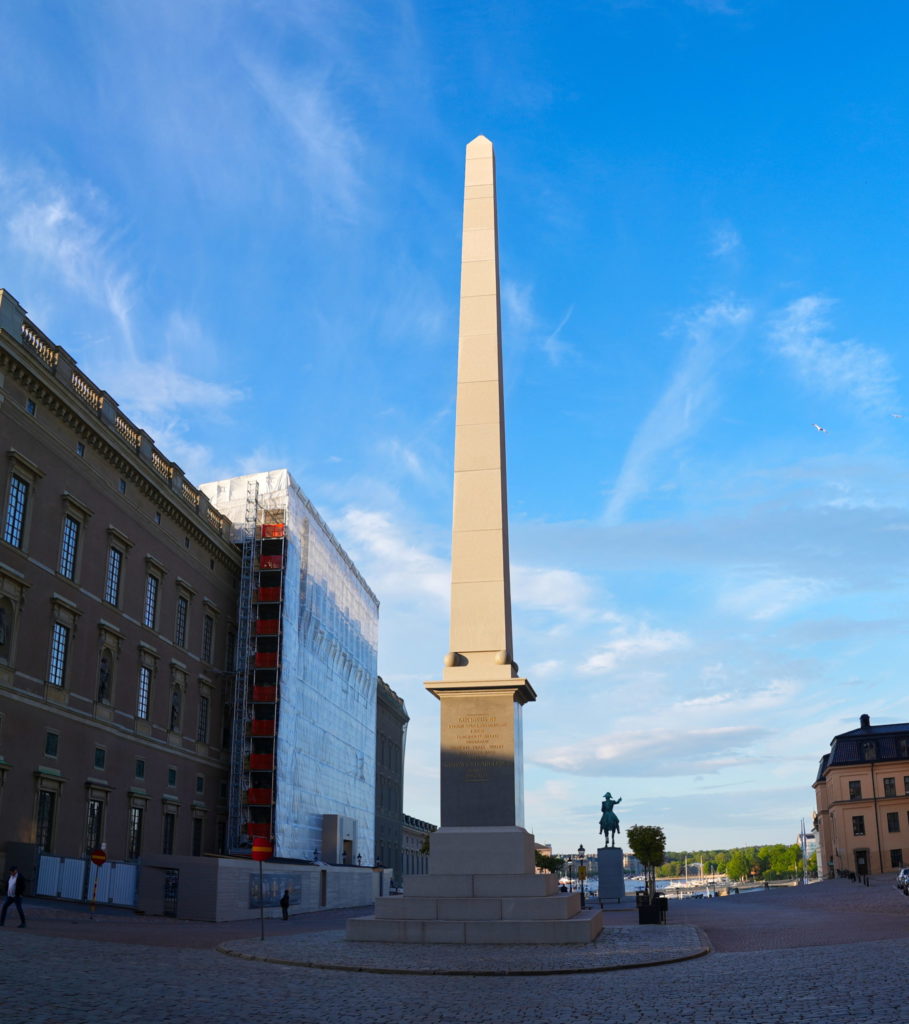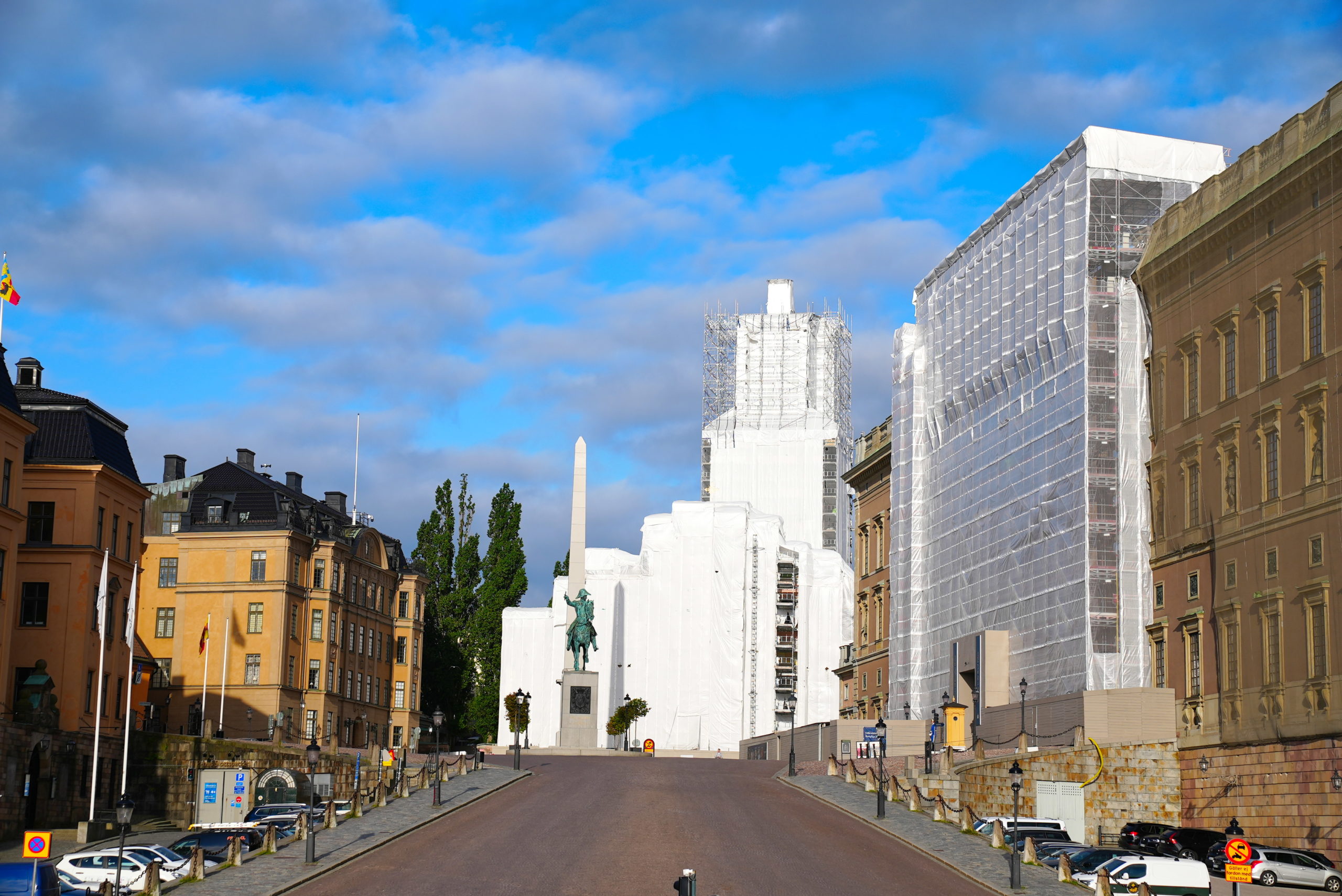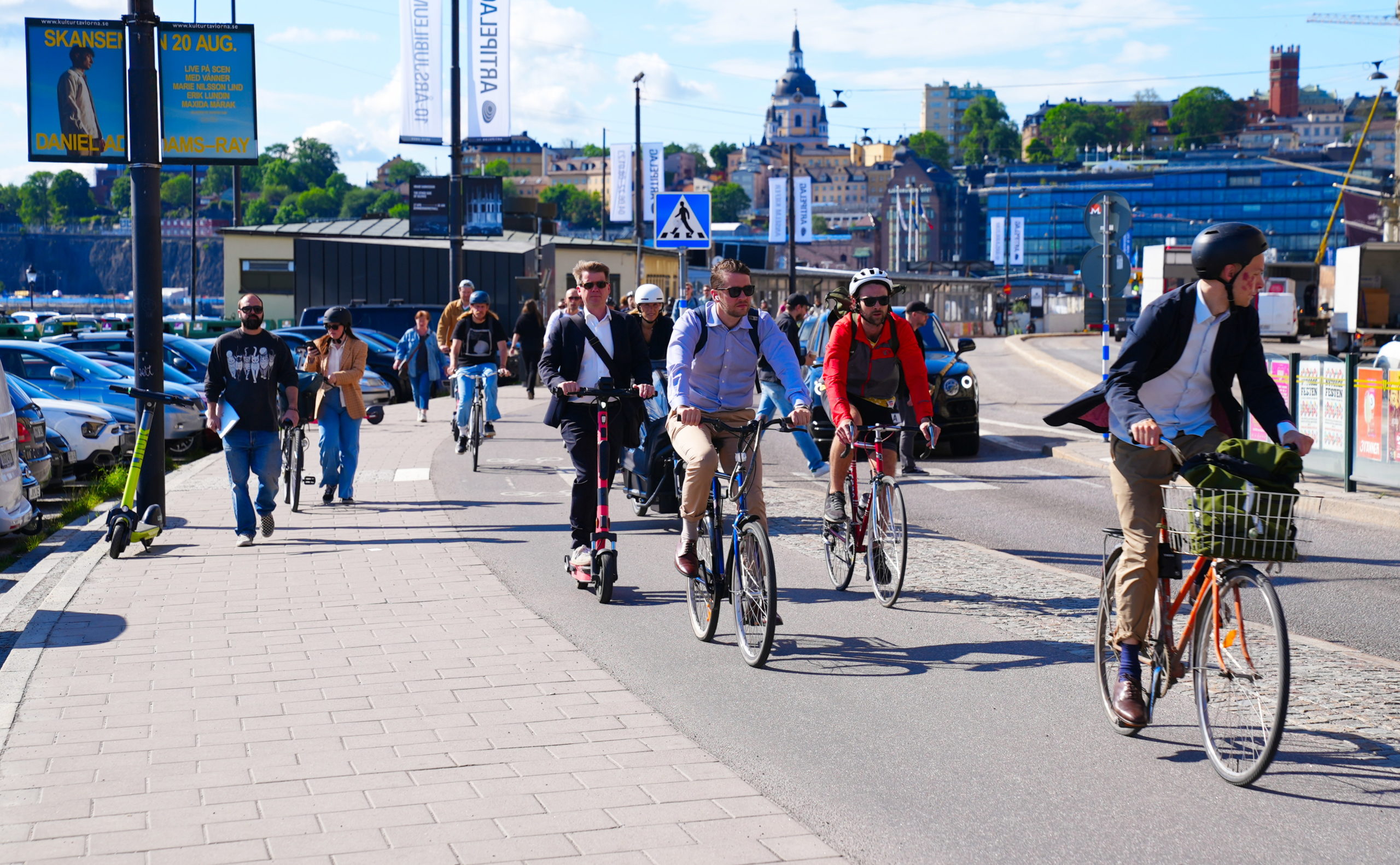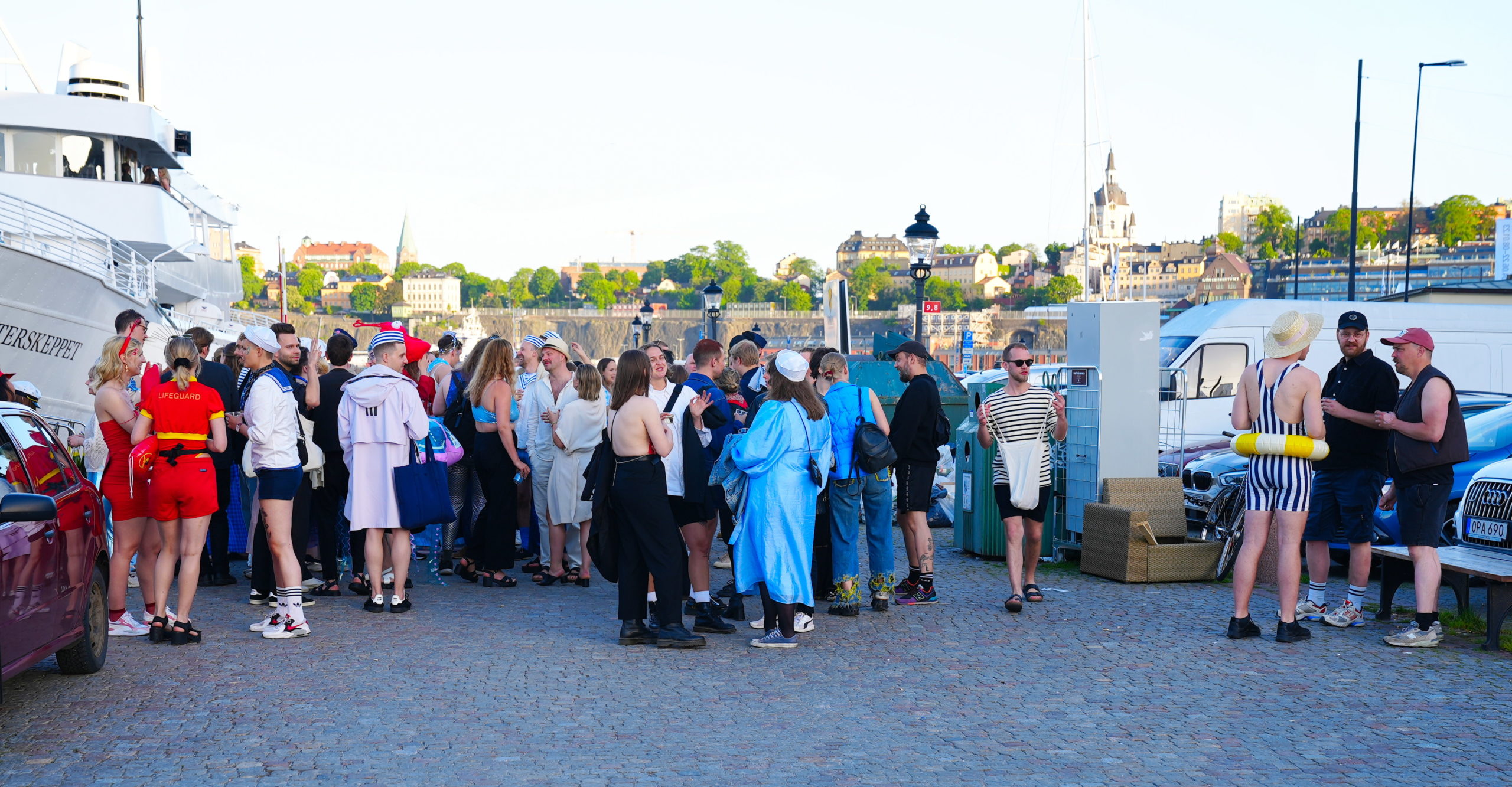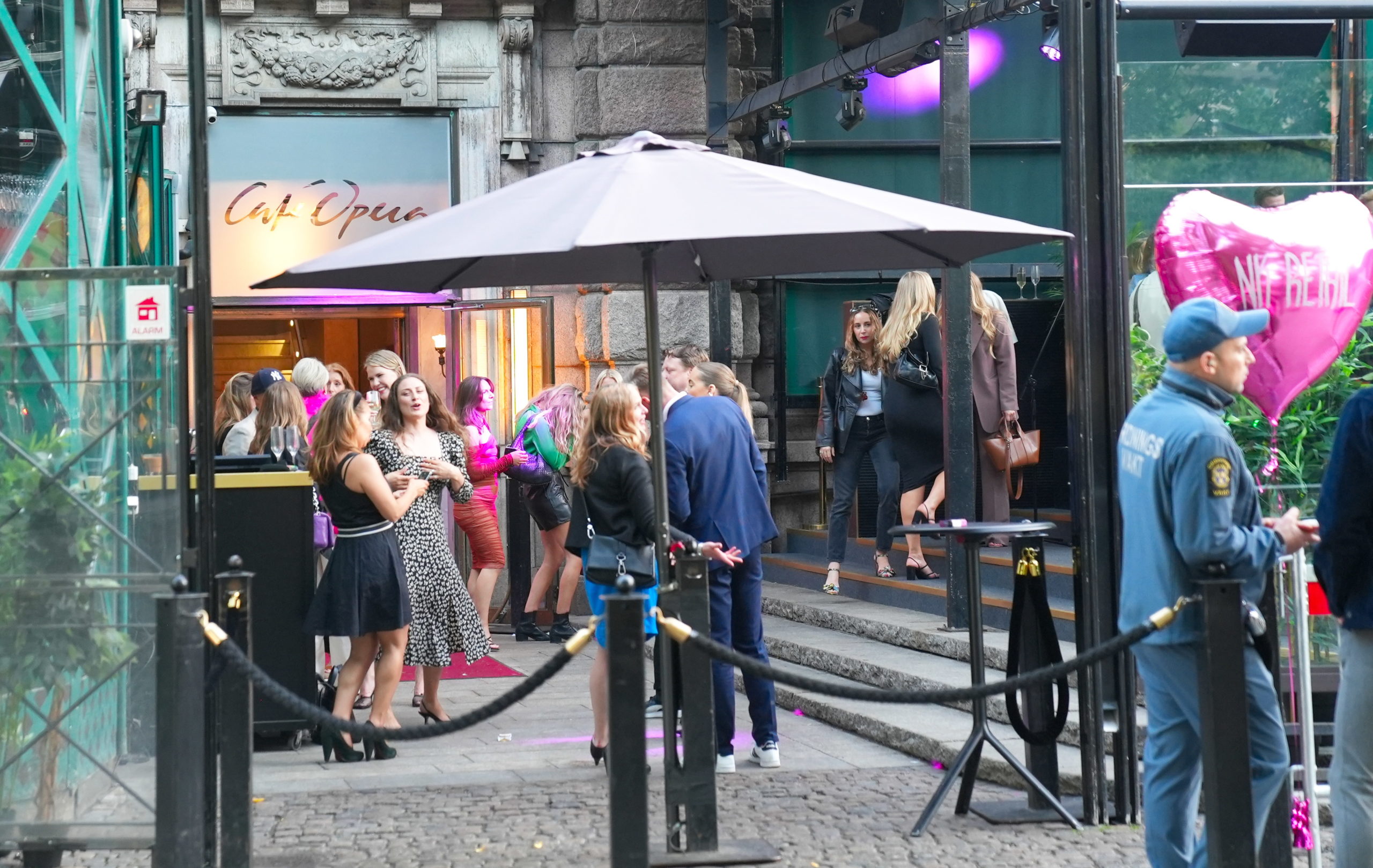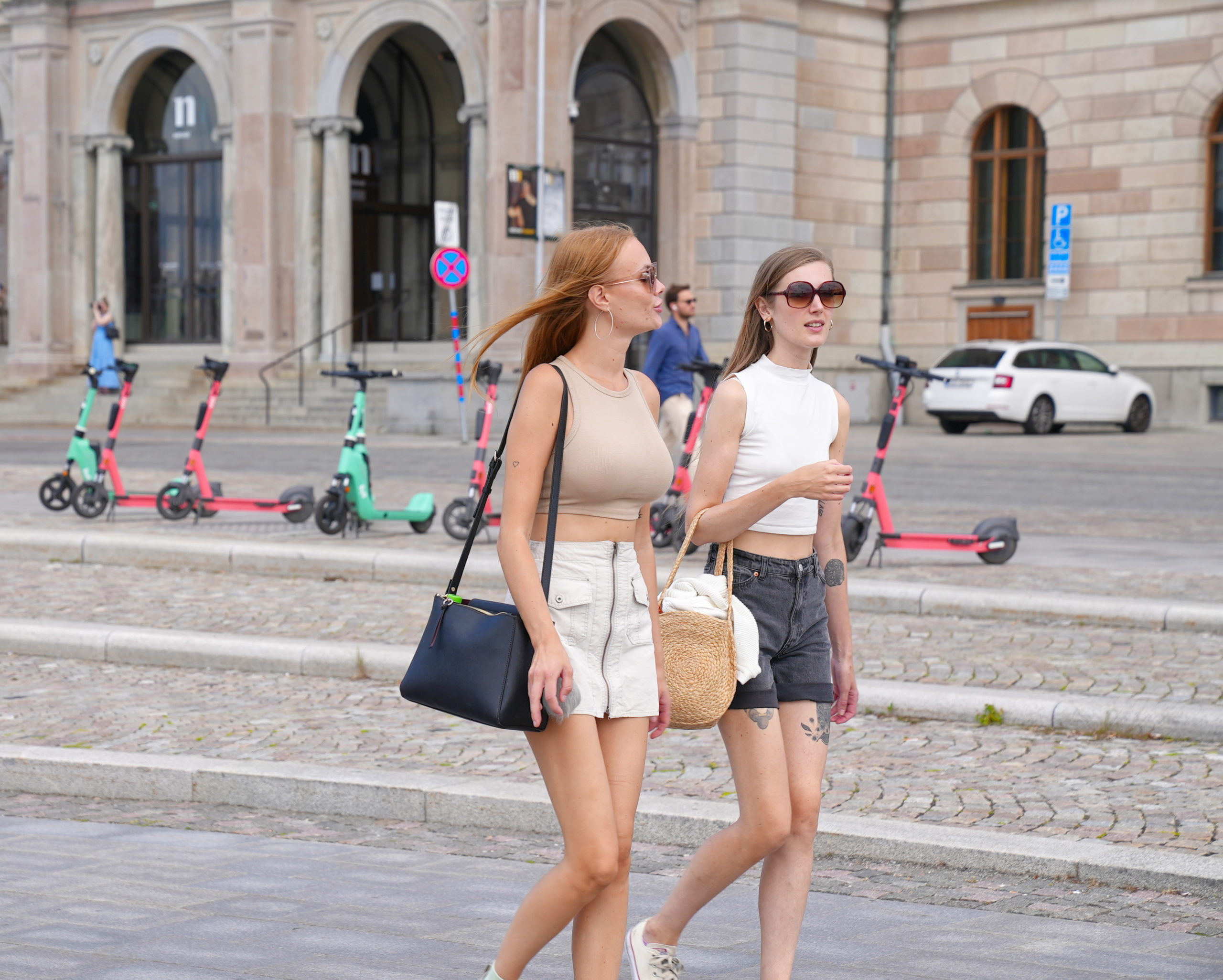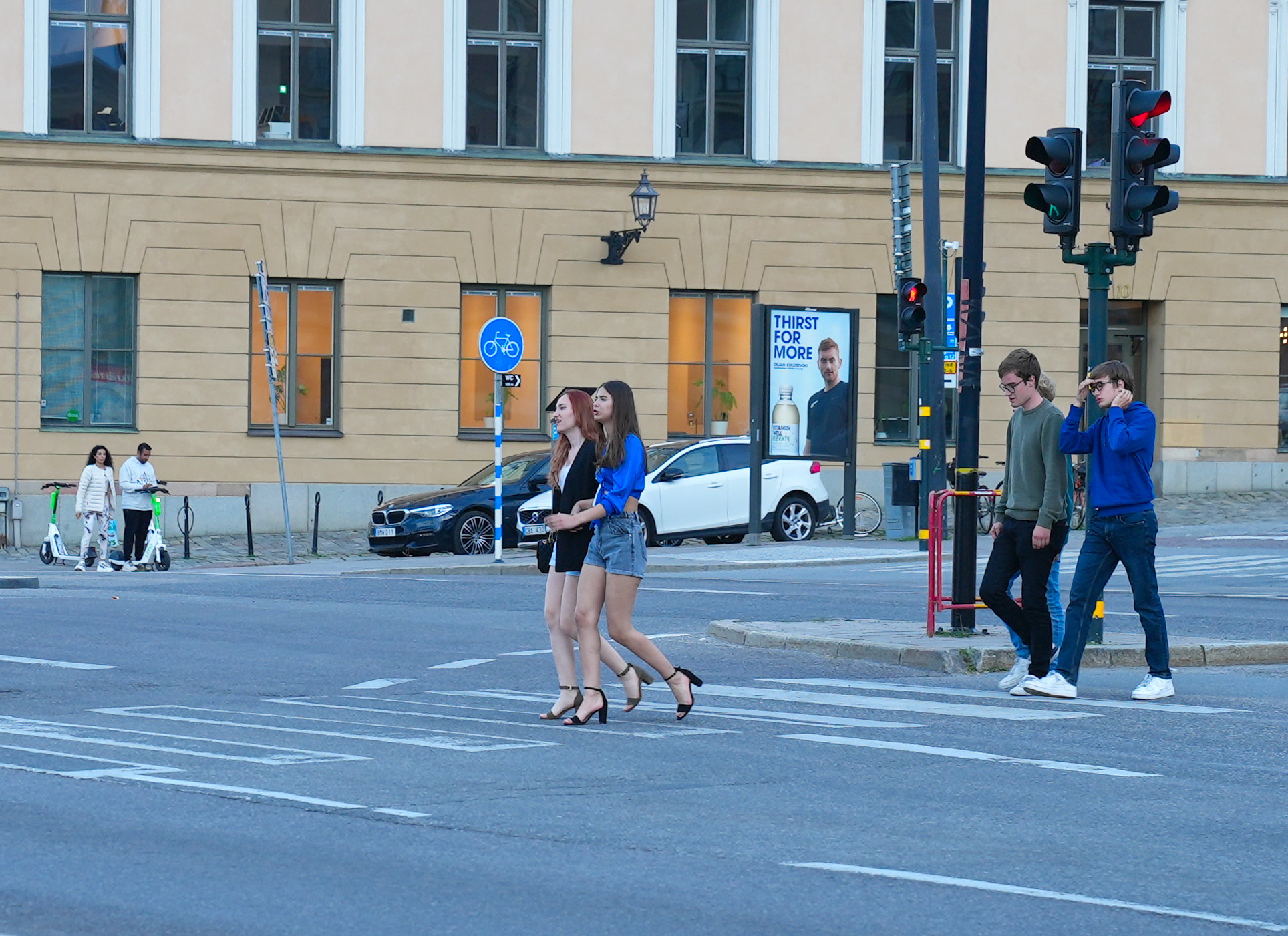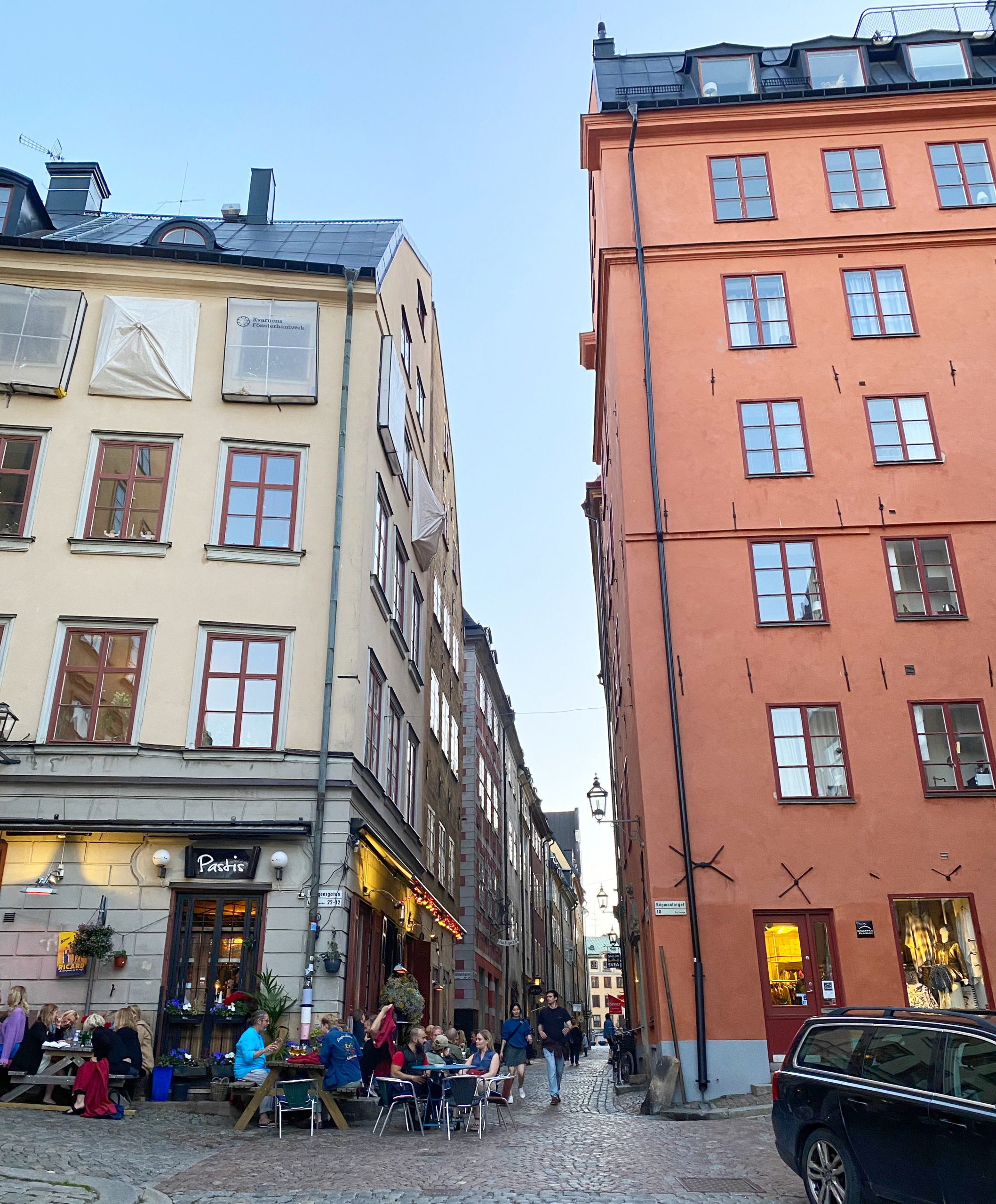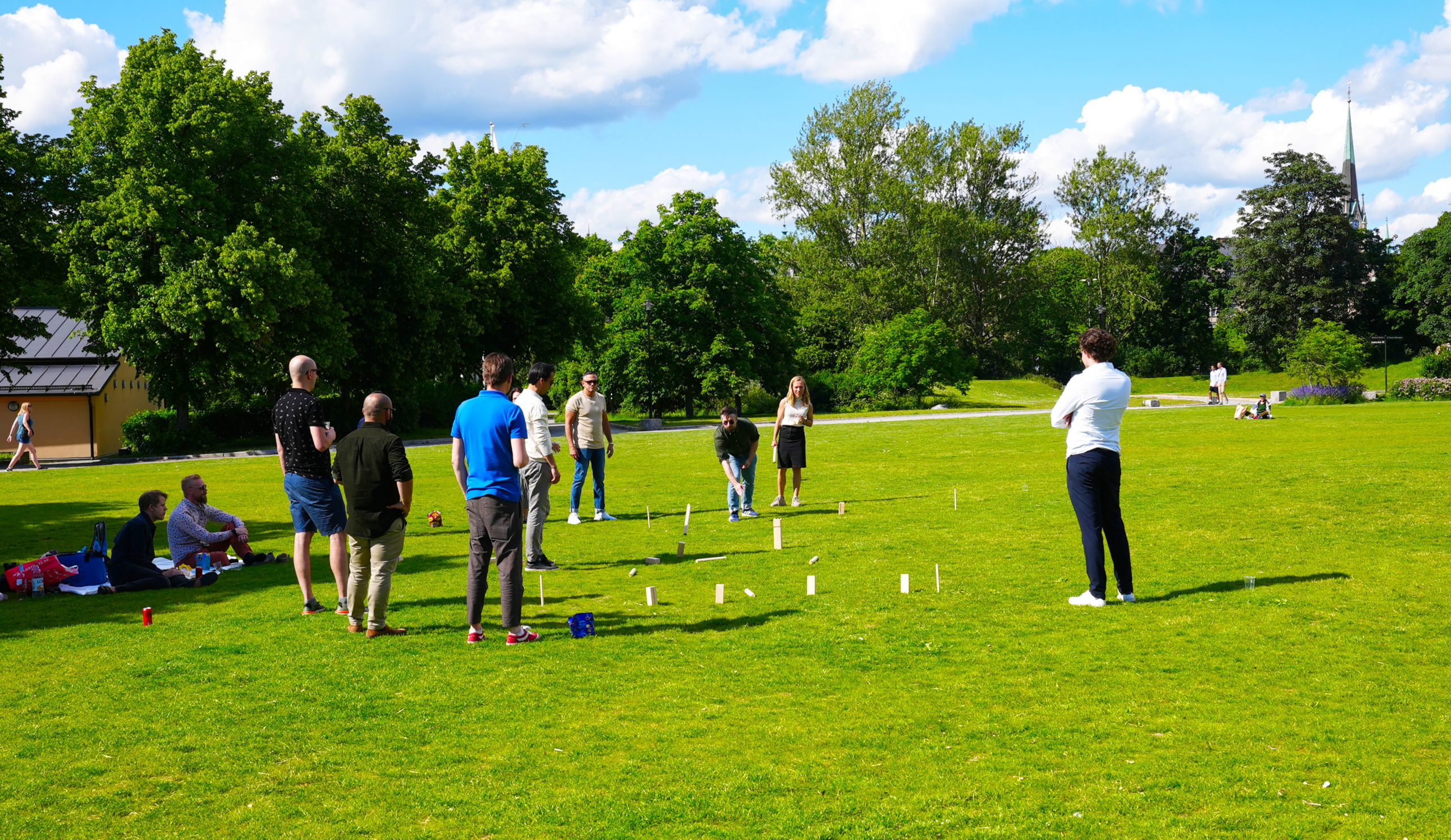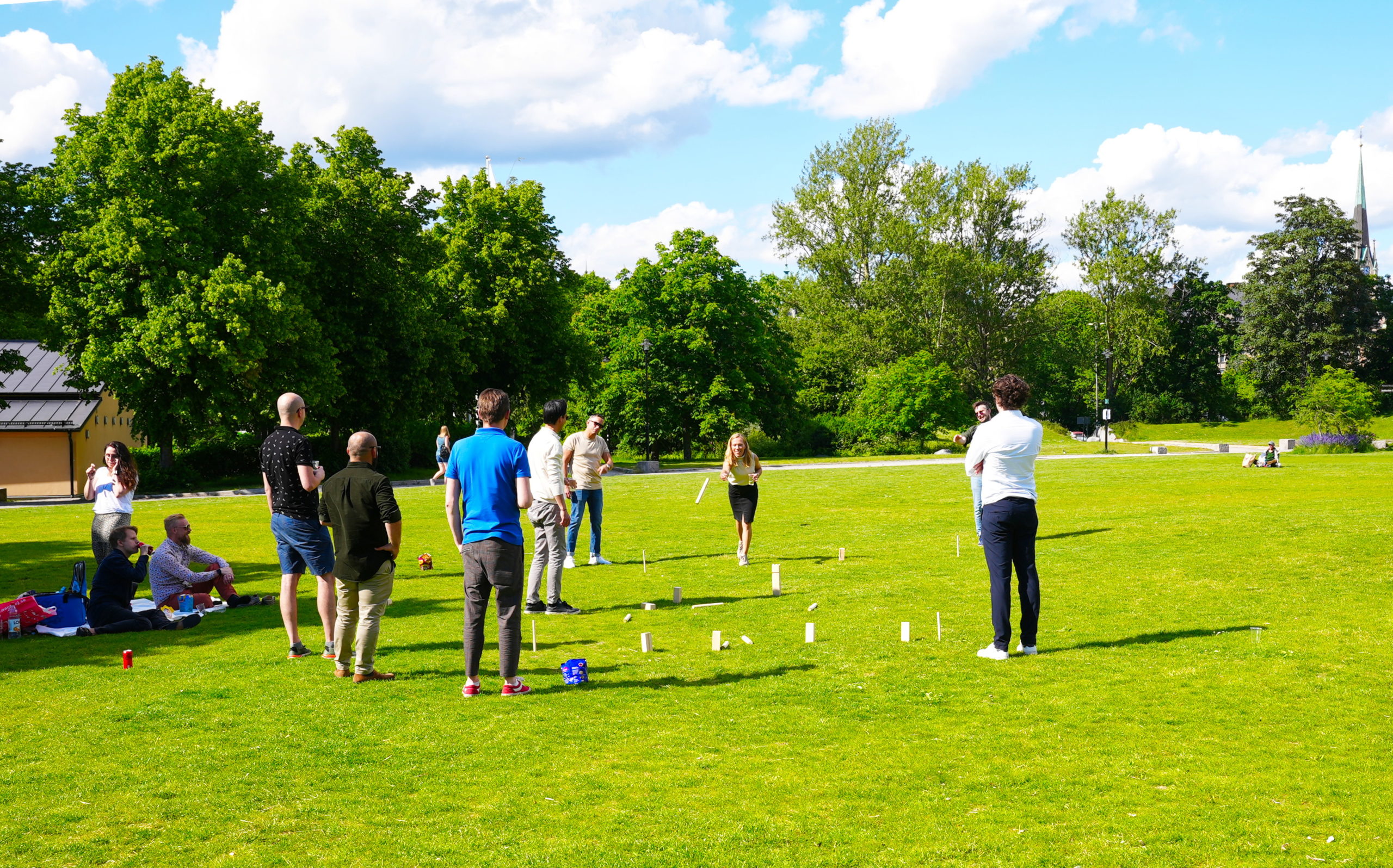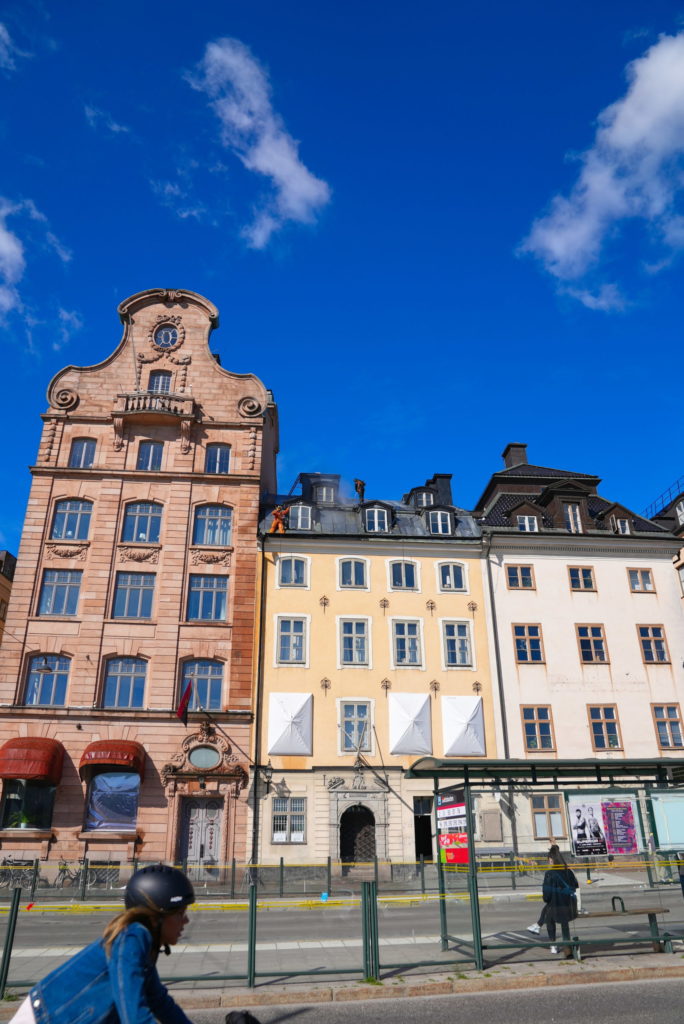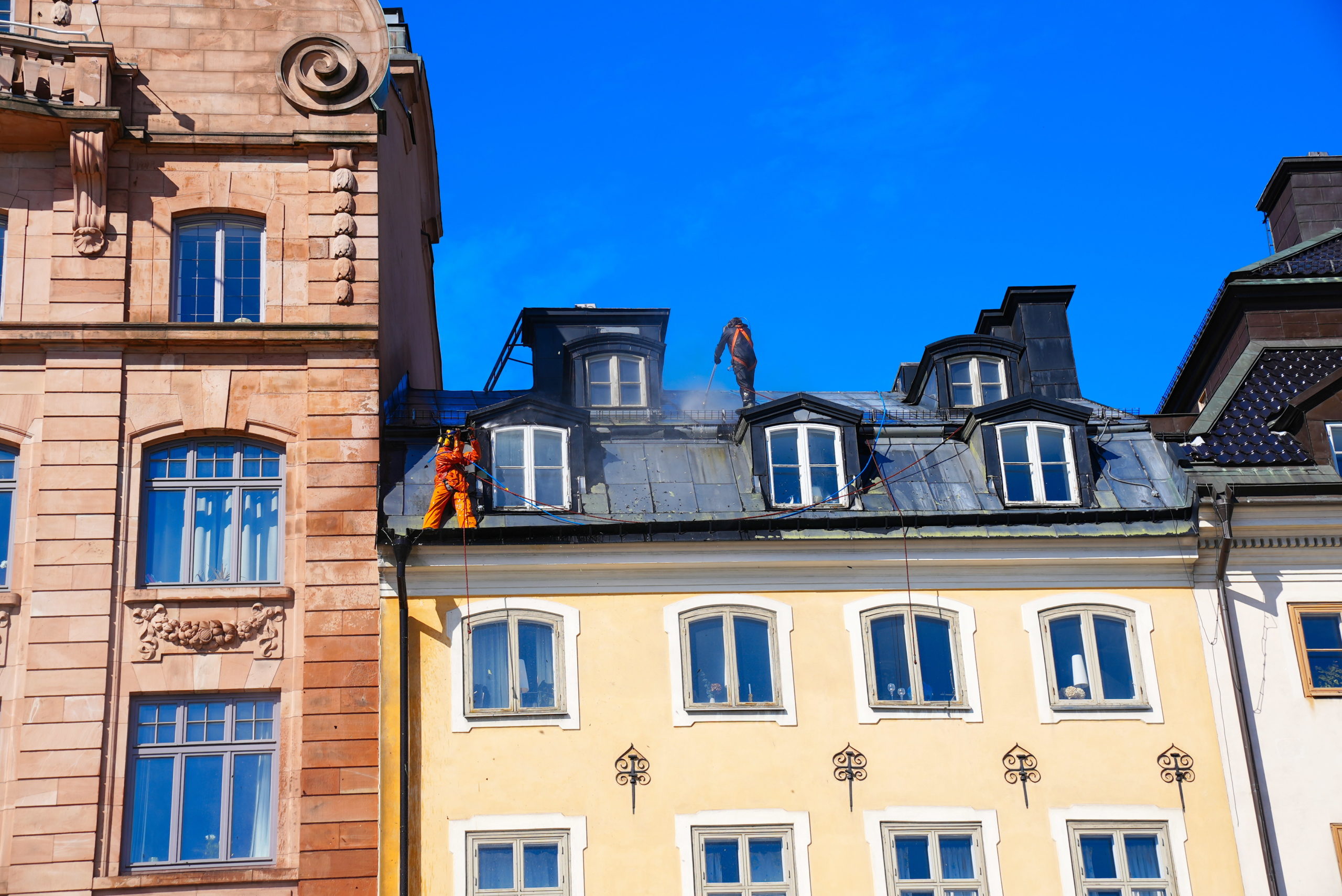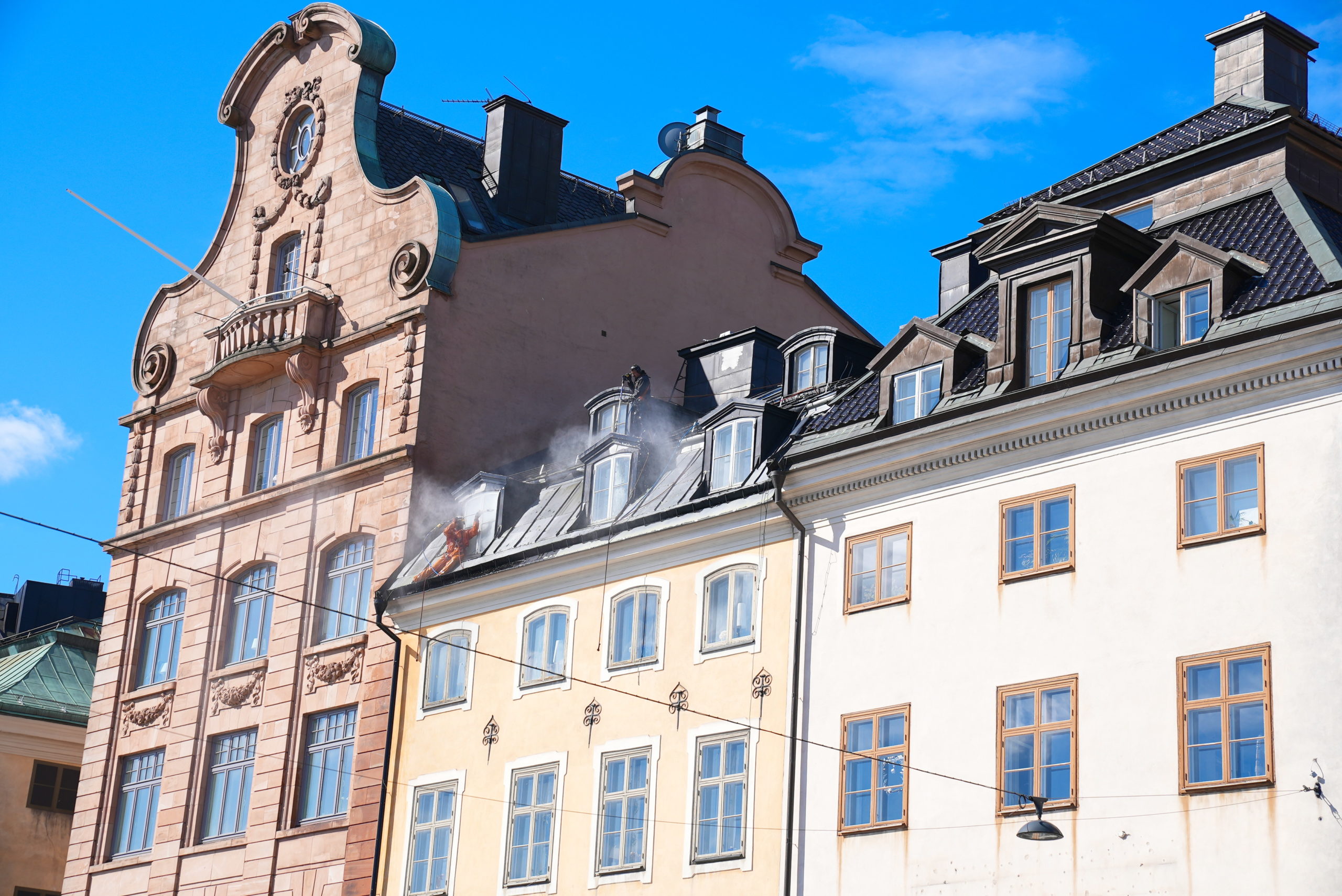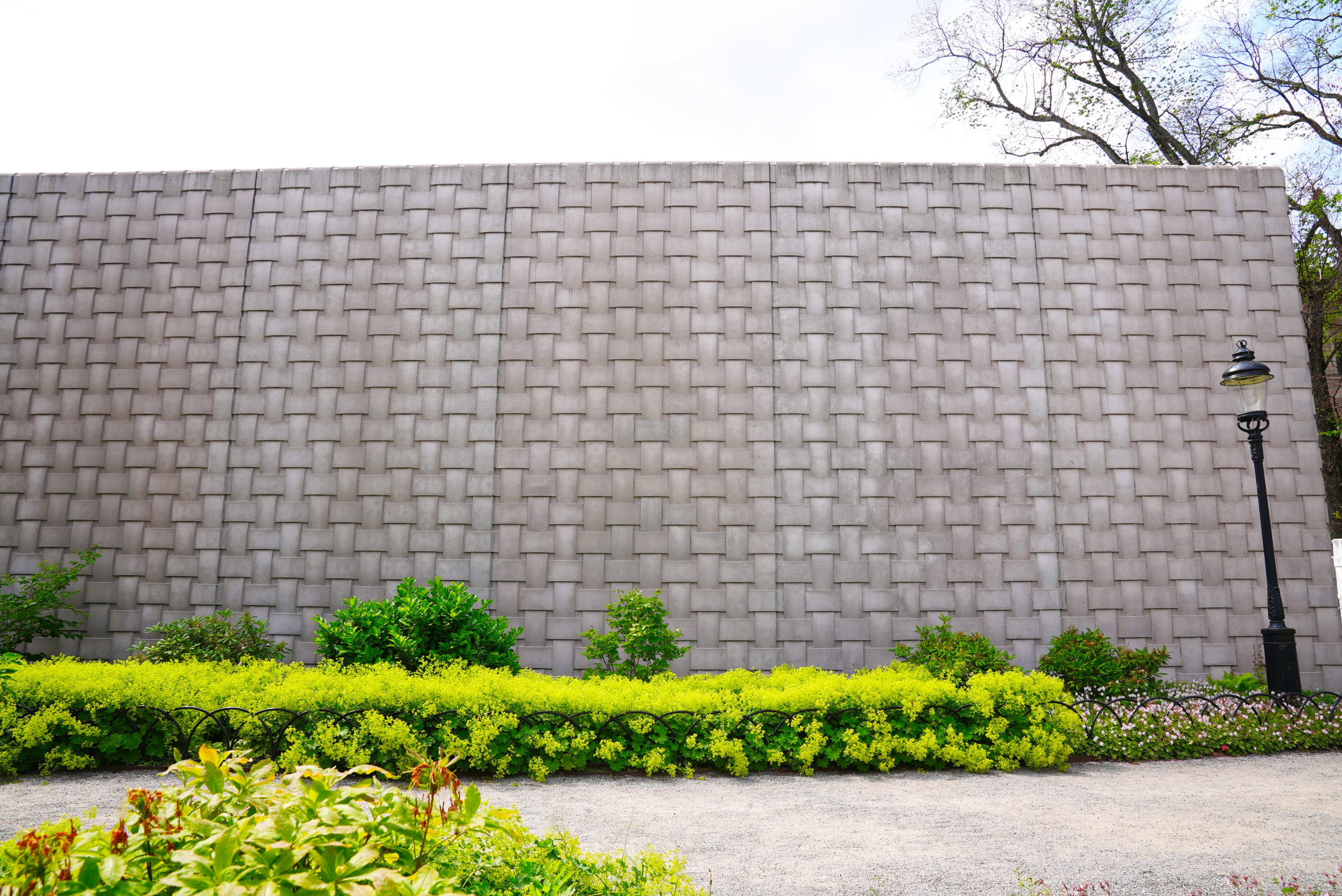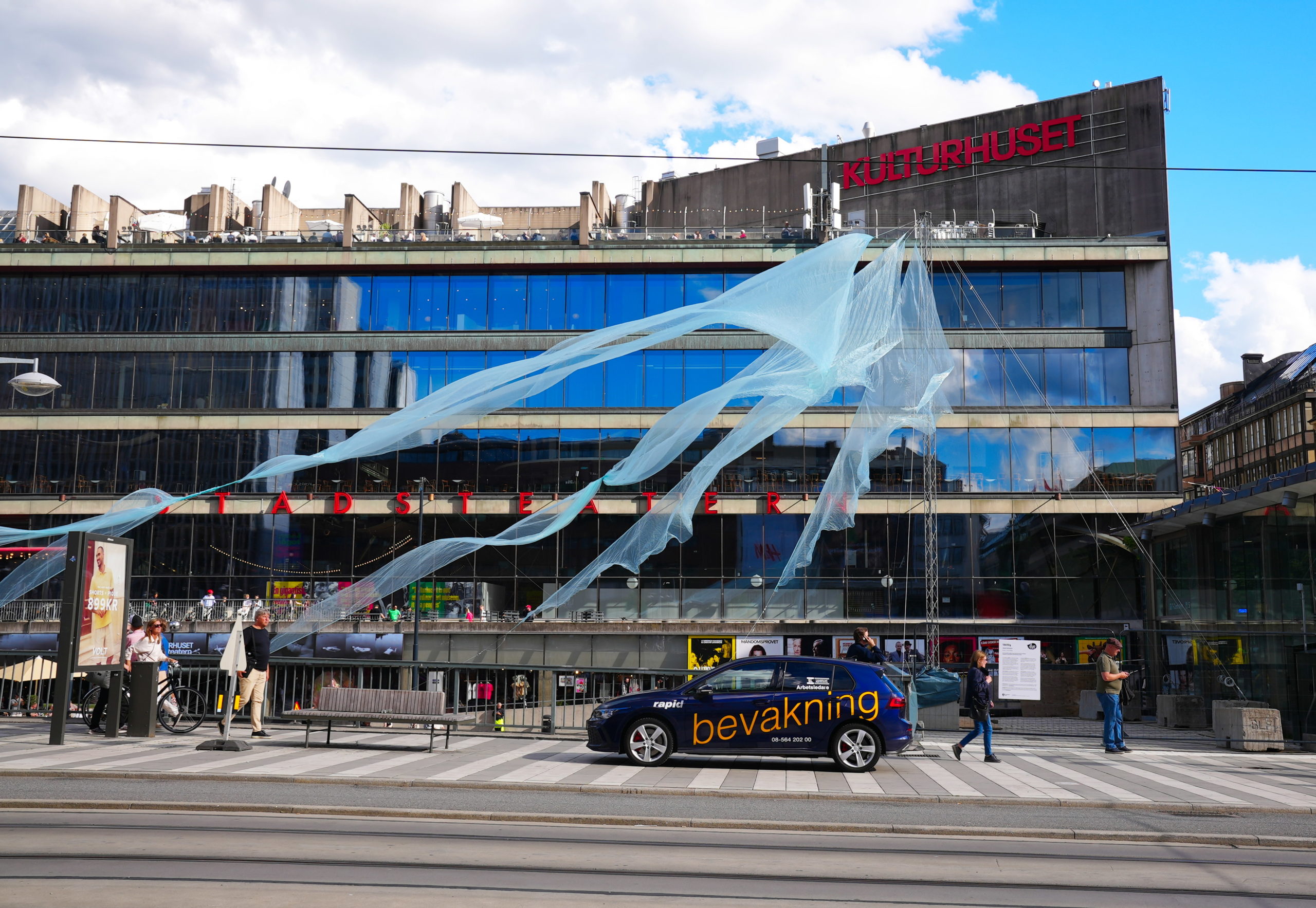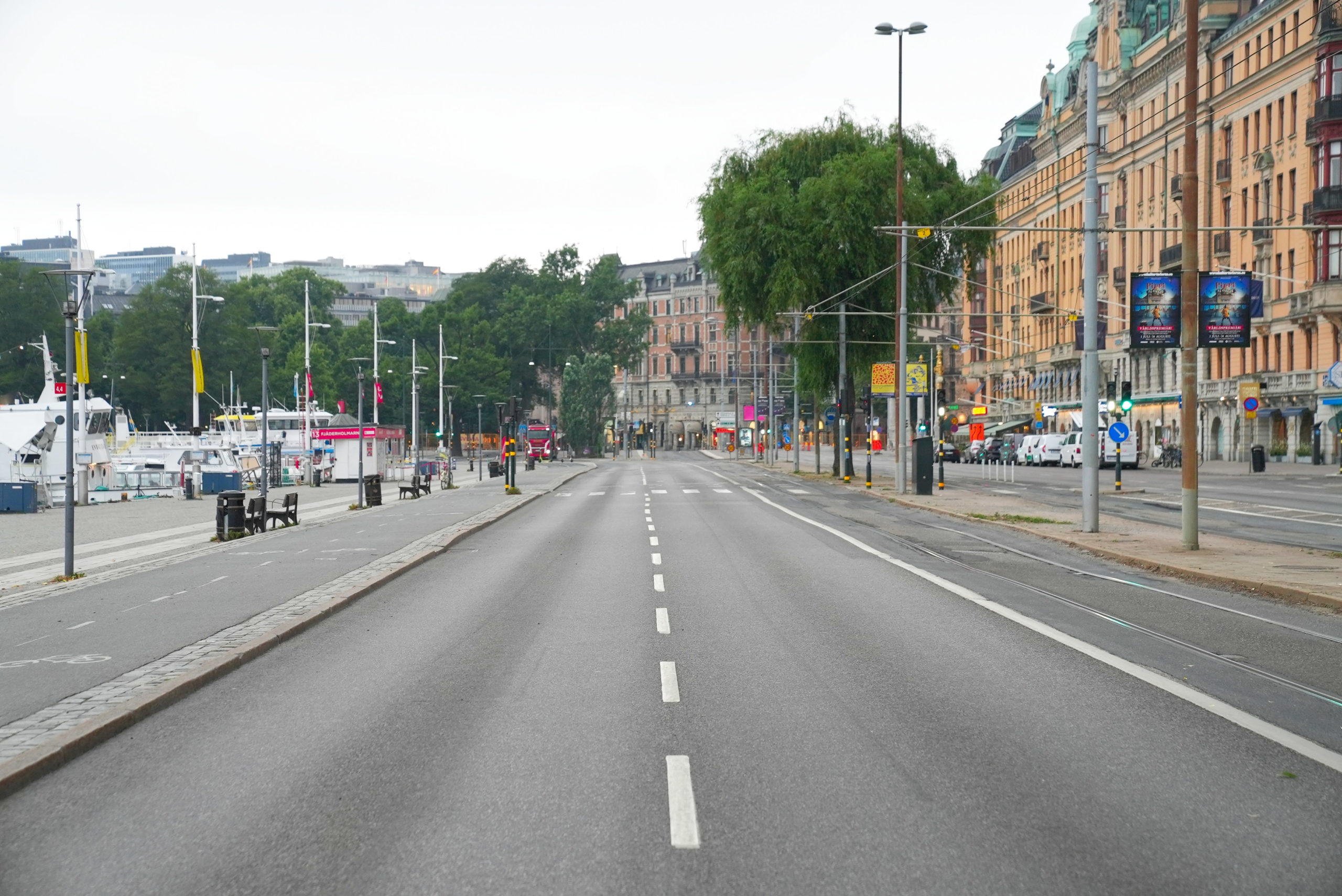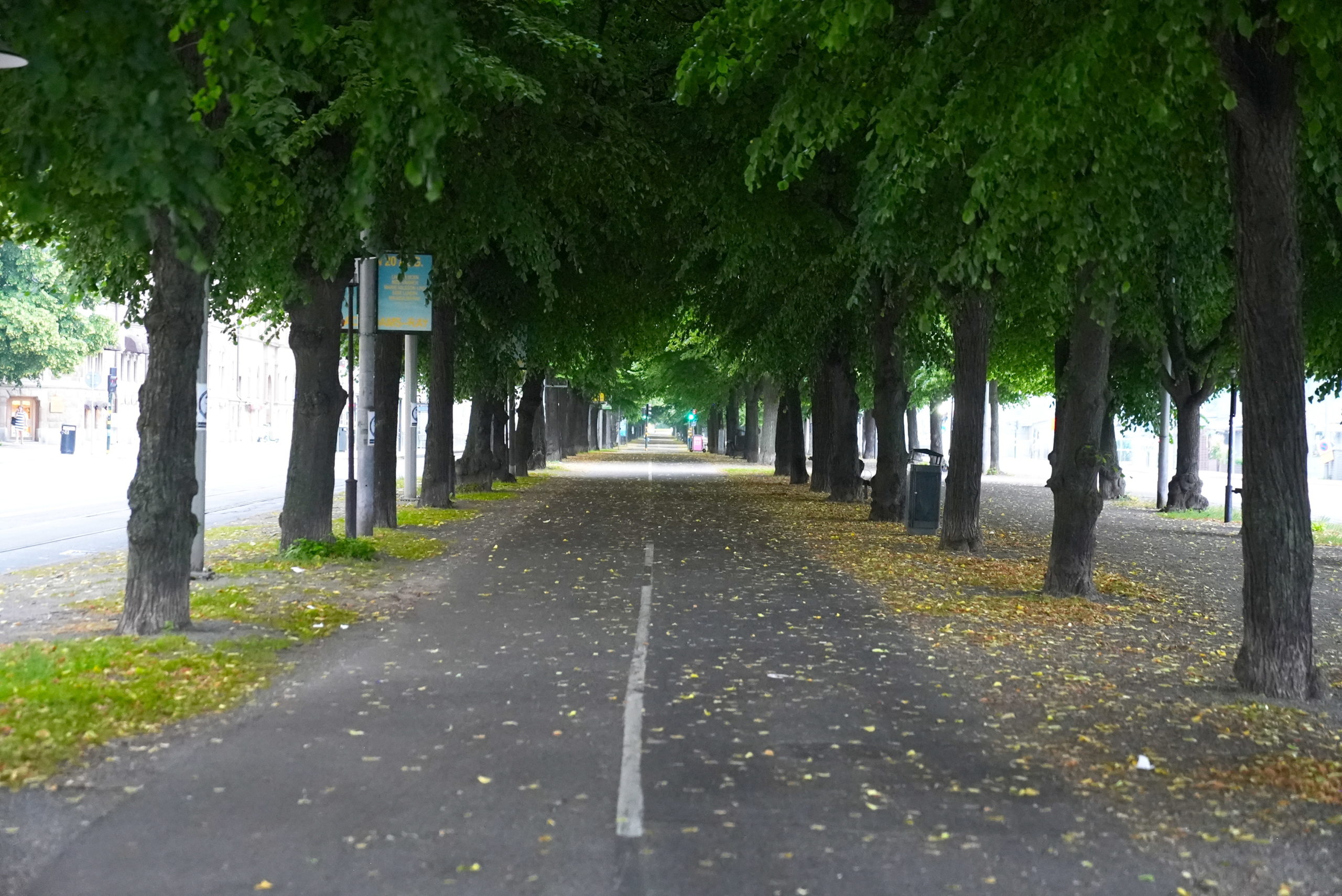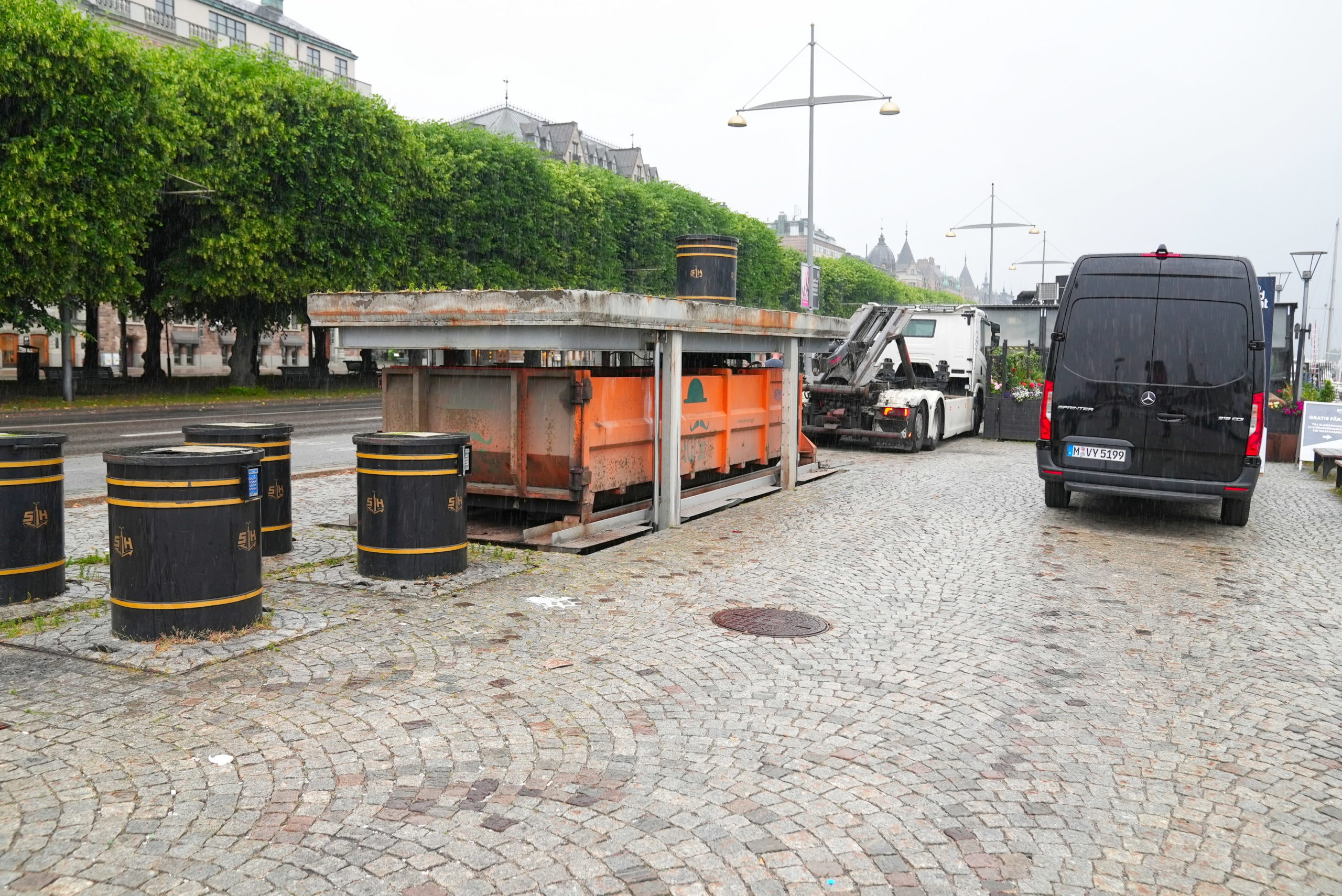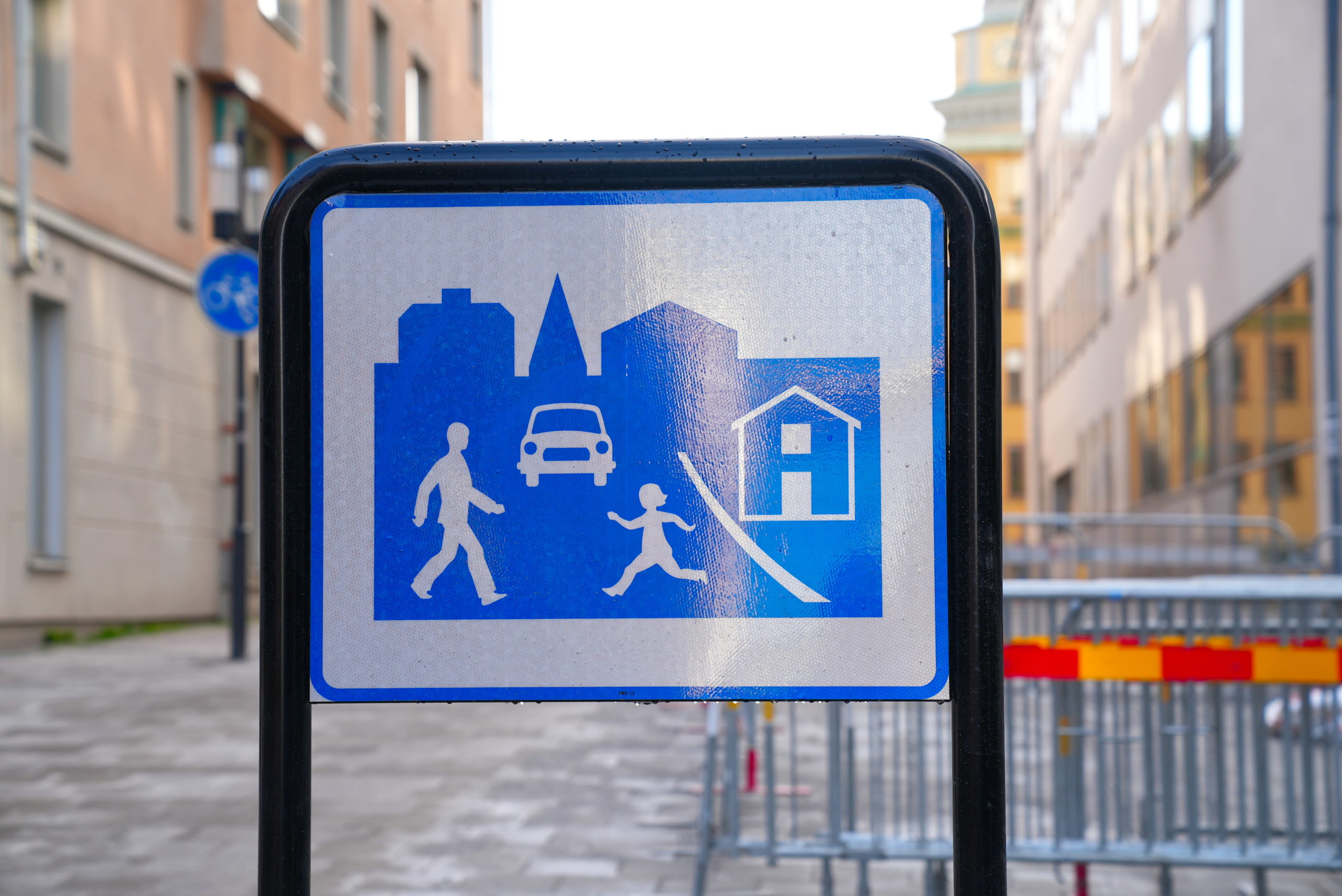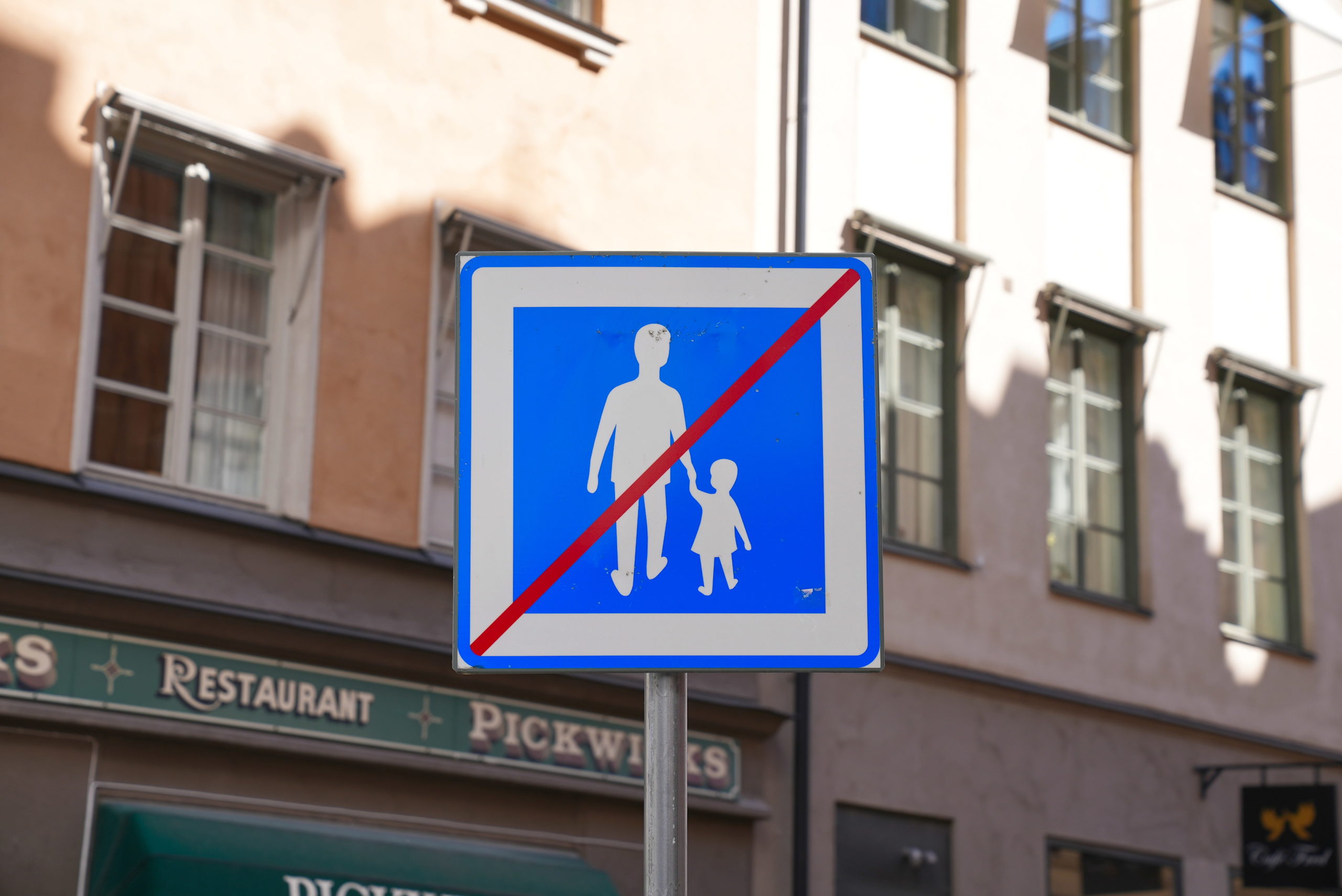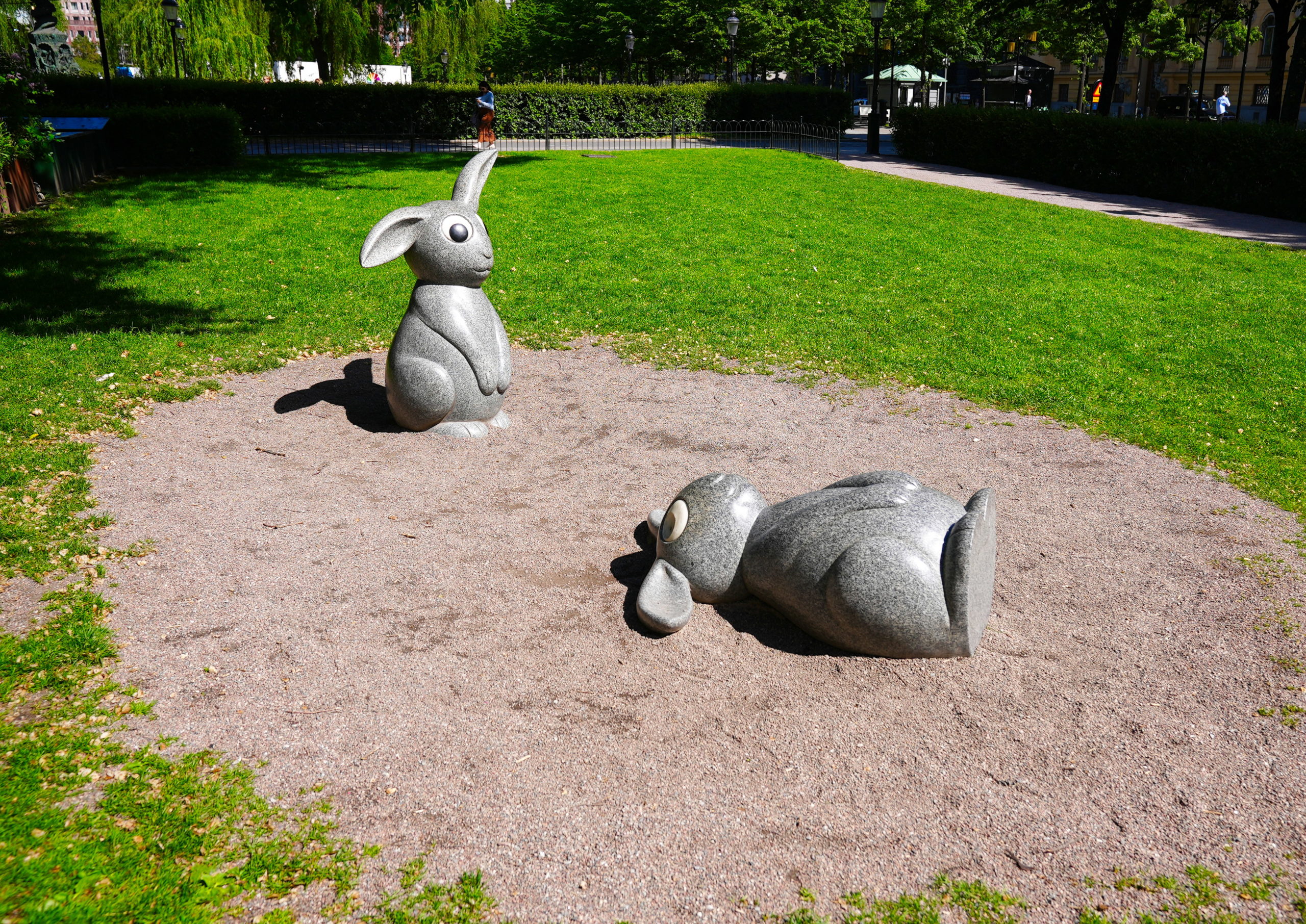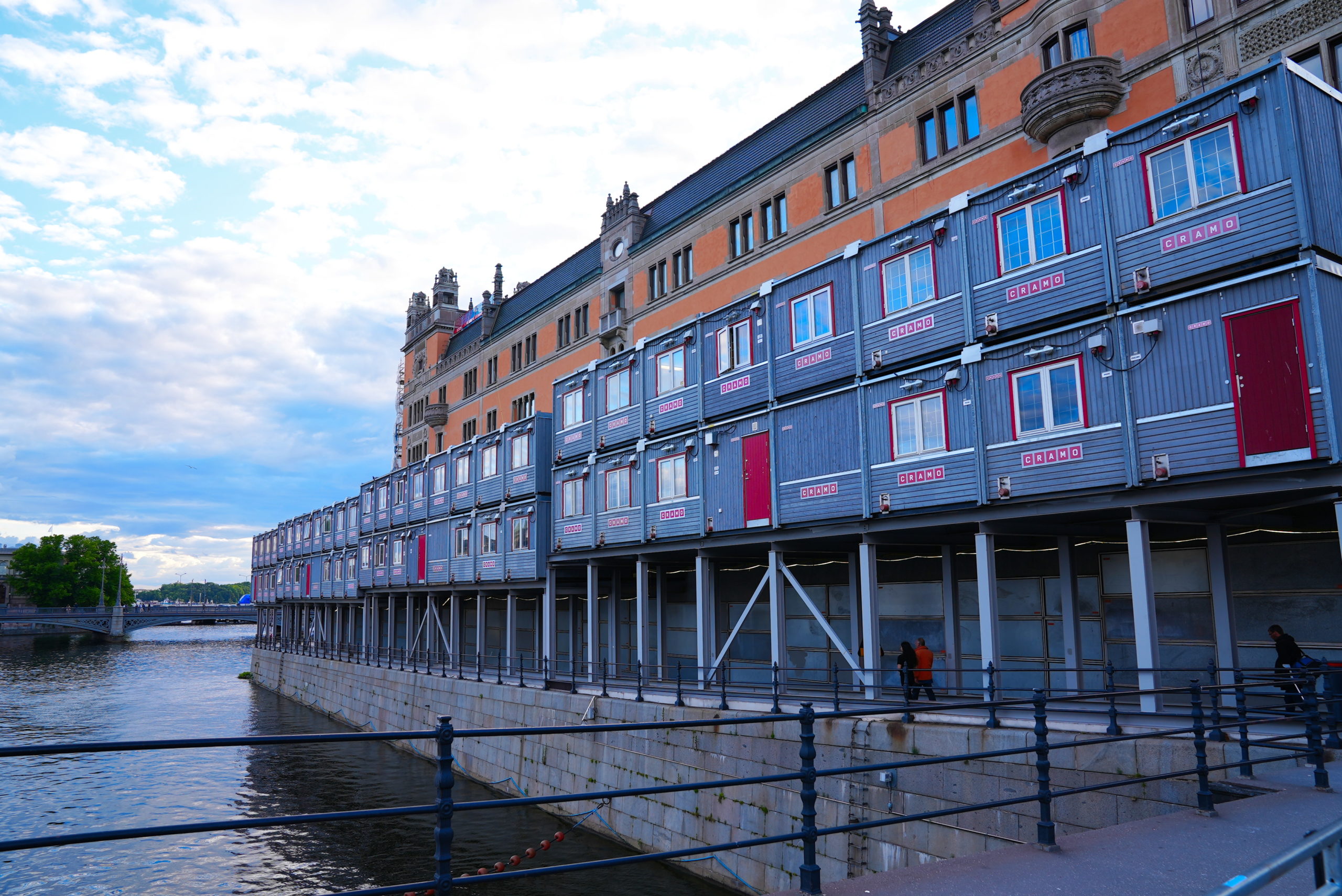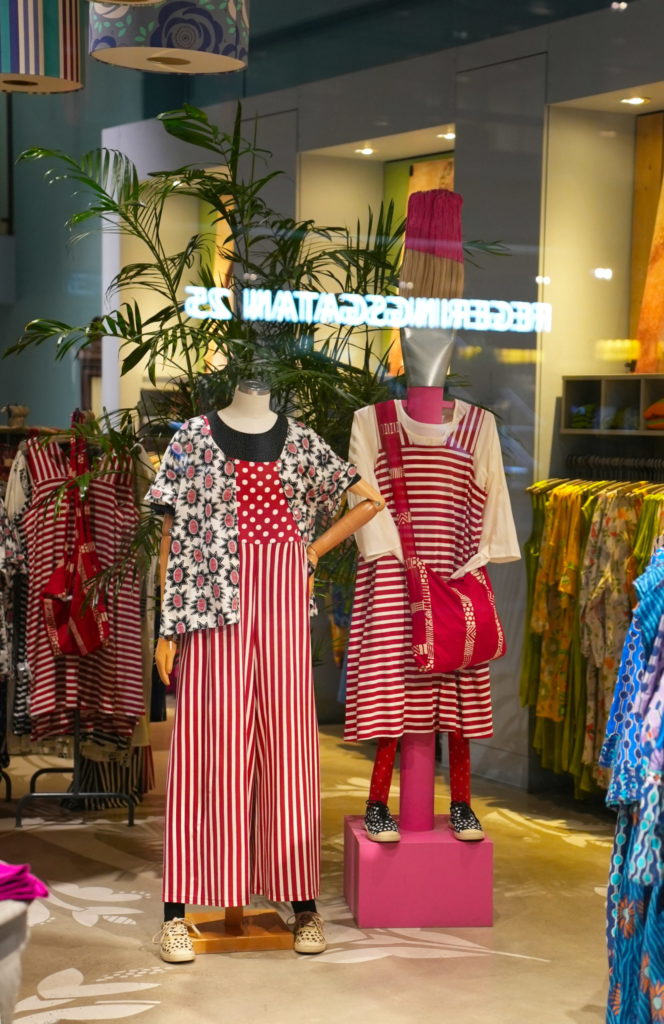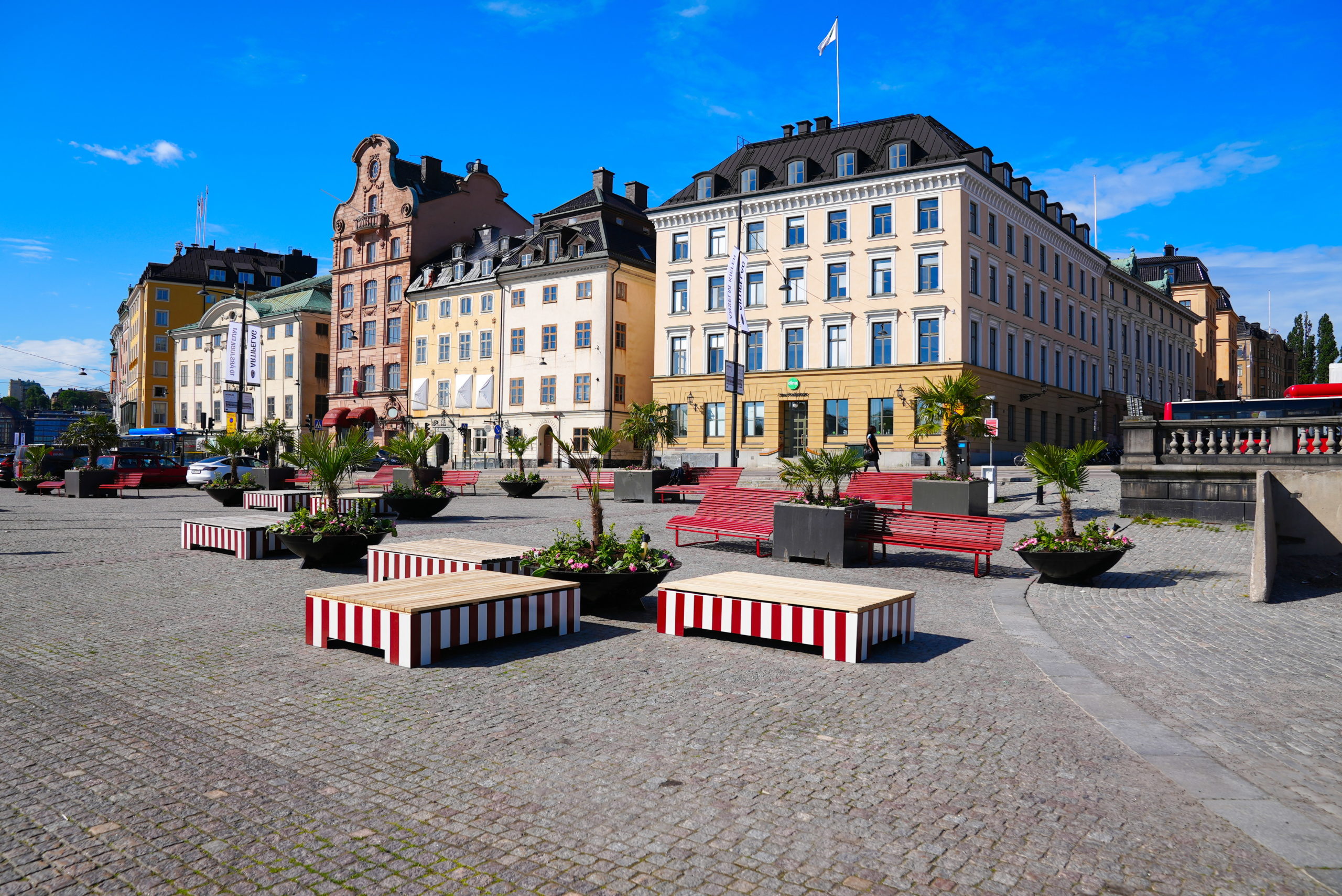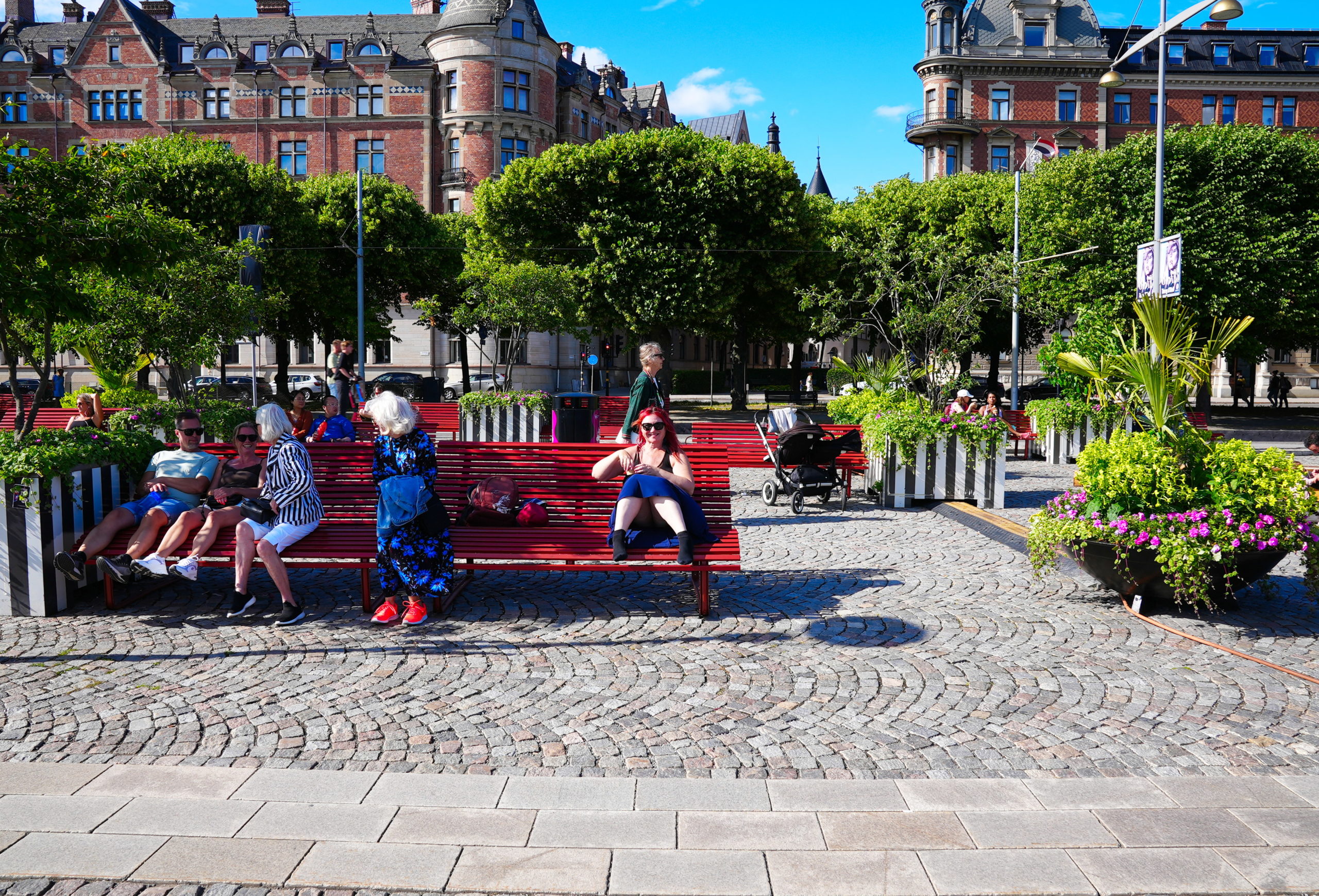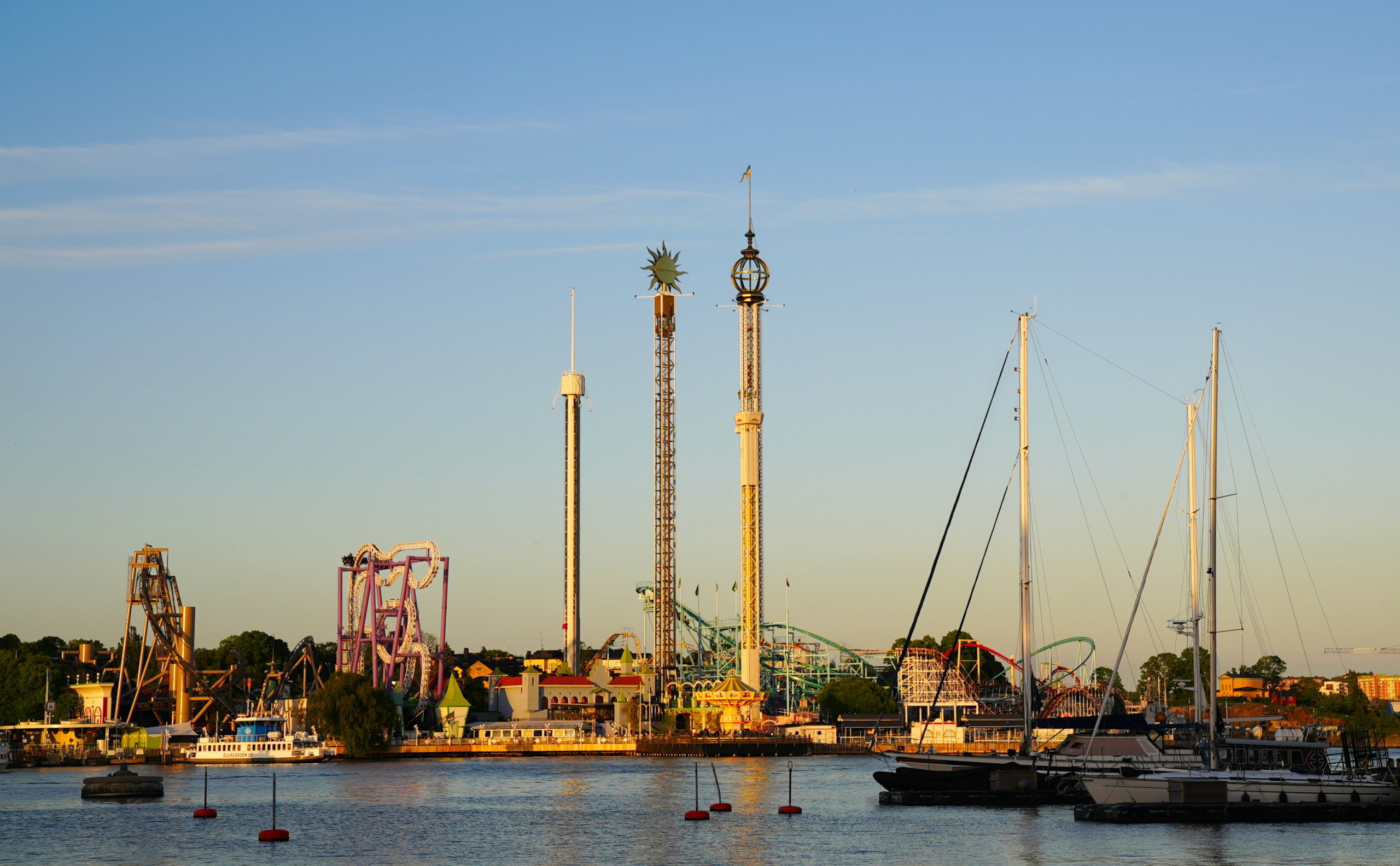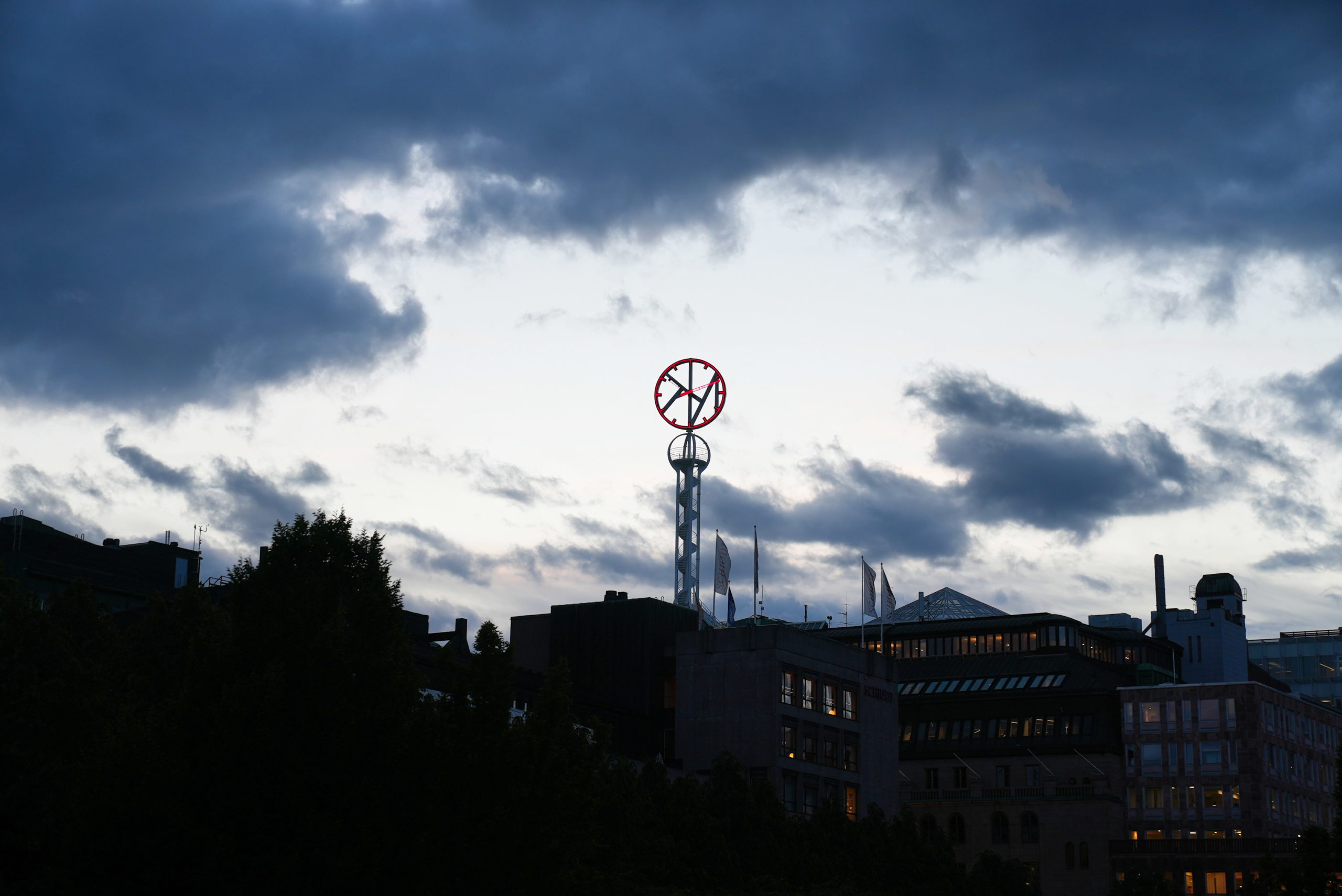Gamla stan, until 1980 officially Staden mellan broarna (“The Town between the Bridges”), is the old town of Stockholm, Sweden. Gamla stan consists primarily of the island Stadsholmen. The town dates back to the 13th century, and consists of medieval alleyways, cobbled streets, and archaic architecture. North German architecture has had a strong influence in the Old Town’s construction.
The name Gamla stan probably dates back to the early 20th century, when it was used colloquially. “Gamla” means “(the) old.” The word stan is simply a contraction of the word staden (“sta’n”), meaning “the town.” In 1957 a station of the Stockholm metro was opened here with the name Gamla stan. Even though the official name was changed to Gamla stan in 1980, modern Stockholm is occasionally called “The city between the bridges”.
Let’s take a look around.
Gamla stan
One of Gamla stan’s notable features is Saint George and the Dragon, by Otto Meyer, which is a bronze replica of Bernt Notke’s wooden Saint George and the Dragon, which is in Stockholm’s Stokyrkan. The statue commemorates the legend of Saint George which originated in Cappadocia, Turkey. So, naturally, it is here.
It does seem like the dragon is at a considerable disadvantage, doesn’t it? “George! Get off your horse and face it like a man!” But, I digress.
Yngling bestiger häst depicts a naked boy mounting a horse. It was created by Ivar Johnsson in 1956, blown up in 1992, and subsequently restored. The person sitting on the stone is not part of the exhibit.
The statue is purported to be of Evert Taube, although no photographs I can find show him looking like this. At any rate, Evert was a Swedish author, artist, composer and singer. He is widely regarded as one of Sweden’s most respected musicians and the foremost troubadour of the Swedish ballad tradition in the 20th century.
Okay, enough statues.
Here is an example of north German architecture deep in Stockholm. Sankta Gertruds kyrka is a church built by Germans for Germans (FGBG). Today the German parish is under the Church of Sweden but as a so-called non-territorial parish, with approximately 2,000 members. Services in German are still held every Sunday at 11 am, and the church is open daily during summers and on weekends during winter.
The brick steeple and the copper covered spire, together 96 meters tall, were completed in 1878 to the design of Julius Carl Raschdorff, an architect based in Berlin. For the commission he chose Neogothic gargoyles featuring grotesque animals, indeed unusual in Swedish architectural history but today recognized as “natural features” of the old town.
The famed cobbled streets of Gamla stan are as clean and orderly as you might expect.
Note the advantage of having jet lag and being awake at 4:00am in Stockholm in summer. Sensible people are still asleep and I can take photographs of empty streets.
Notice there are no “No Skateboarding” signs. In fact, we find people wearing shoes with extra wide soles just to navigate these streets. Can’t imagine what this is like on a slippery, snowy day.
Stockholm Ghost Walk bills itself as “Stockholms populäraste spökvandring!” Populäraste? There are more than one? Apparently, there are about a dozen businesses that will give you the business of ghost tours in Stockholm. And, no, we decide not to vågar. That prisoner is a bit too realistic for us!
Let’s say you are in Gamla stan thinking, “You know, I should buy some touristy stuff that represents Sweden if you are not from Sweden and don’t really know anything about it,” well, there are plenty of shops here to meet your needs.
Did you ever wonder why we call countries what we do? I mean, the country we are in right now is called Sverige, not Sweden. Why do we call Deutschland “Germany”, why do we call Hellas “Greece”, why do we call Norge “Norway”, and why do we call al-ʾImārāt al-ʿArabīyah al-Muttaḥidah “United Arab Emirates”?
Anyway, you can find travel guides here.
Gamla stan, the “old town”, sells photos of David Bowie, for some reason. Okay here is a question: When David gets excited, his little China girl tells him to shut his mouth. Why? Does he drool when he’s excited?
Modesty Blaise, with a hand almost as large as her head, has autographed her image. Note that her sidekick, Willie Garvin, is required to address her as “Princess”. Nice.
If you need oversized clothes that always look outdated and wrinkled, well then, you need to go no farther than Blu Velvet! Ha ha! No sexy glamour photoshoots for you!
No fancy, open-toed pretty shoes for you! Not in Gamla stan. Not if you want to survive without a broken ankle!
This store window always reflects the light, so we never get a good photograph of it. Look closely, and decide for yourself what you see.
Most model boat stores’ front window shows fancy rigging or impressive warships. This one shows cut-aways of the work that has to be done on a boat. There is a guy painting the boat, a guy stacking rope, cooking, cleaning, looking at charts, carpentry. Since this is here, people must have a great interest in these things and buy them, putting them on the fireplace mantel and in curio cabinets.
Foot acupuncture is known as the administration of tiny needles into strategic points around the foot, designed to open up pathways increasing blood flow, and producing neurochemicals known to reduce swelling and pain. The fun part is that there is no agreement on what part of the foot corresponds to what part of the body. Everyone gets to choose for themselves!
Above the doorway of number 47 is what I call “Man with lion shield and mermaid,” or “Mermaid with lion shield and man.” In either case, I have never figured out the mechanics of intercourse. As in, how does she provide access? I want to see a “Man and mermaid procreating” statue so that I can better understand.
This one took me a while to figure out. “Blå gun gan” means blue gun gan, and “gan” doesn’t translate to anything. However, “blå gungan” mean blue swing. Or, if you read it the other direction, “BGG luaånn” translates to BGG loan, which could refer to Board Game Geek’s “Stockholm” game.
Okay, I like this store because the name on its website is a palindrome, of sorts. You have to click the link, because I don’t know how to make those letters.
Fika literally means “coffee”, but that’s not how it is used.
Fika is a social affair: the best sort of coffee afternoon at home, where conversation rambles and there is no agenda, or a morning break with coworkers in an office. At many workplaces in Sweden, these fika breaks, called fikarast or fikapaus, are even built into the daily calendar as an activity.
Yeah, some folks know how to enjoy their life every day of their life.
Konung Oscar II and Konung Carl XI
You would think that the Swedes would spell these names “Oskar” and “Karl”, but they don’t, at least, not always.
Oscar II was king of the Union of Sweden and Norway. Under his rule, the union dissolved. Carl XI‘s reign began with the Scanian War against, mostly, Denmark, and ended without significant land cessions.
Here we see the Royal Palace. The offices of the King, the other members of the Swedish royal family, and the Royal Court of Sweden are here. The palace is used for representative purposes by the King whilst performing his duties as the head of state. The photograph is a bit warped because it’s a panorama that I took by starting at one end, taking a photograph, walking four steps, and repeating. This is the best my software can do.
At both sides of the Royal Palace are waterfalls. These waterfalls are dedicated to Konung Oscar II and Konung Carl XI, for some reason.
What is strange to me is that there is nothing special about these waterfalls. Yeah, the Roman arch is cool, but, other than that, it’s kinda ugly.
Konung Gustaf III
Gustav III was a vocal opponent of what he saw as the abuse of political privileges seized by the nobility since the death of King Charles XII. Seizing power from the government in a coup d’état, called the Swedish Revolution, in 1772 that ended the Age of Liberty, he initiated a campaign to restore a measure of Royal autocracy, which was completed by the Union and Security Act of 1789, which swept away most of the powers exercised by the Swedish Riksdag during the Age of Liberty, but at the same time it opened up the government for all citizens, thereby breaking the privileges of the nobility.
Gustav III was the first formally neutral head of state in the world to recognize the United States during its war for independence from Great Britain. Swedish military forces were engaged by the thousands on the side of the colonists, largely through the French expedition force. Through the acquisition of Saint Barthélemy in 1784, Gustav enabled the restoration, if symbolic, of Swedish overseas colonies in America, as well as great personal profits from the transatlantic slave trade.
He was assassinated, dying either by complications of a bullet wound from the assassination attempt or by a poison administered by his surgeon during his recovery.
And so, he has some cooler statues than those other guys.
Johan Tobias Sergel was selected to create a statue of the king, so he made Gustav as Apollo Belvedere dressed in the uniform of the Swedish Coastal Navy, landing on the quays of Stockholm, returning from the war to offer a twig of peace to the burghers of Stockholm.
But wait, there’s more!
King Gustav III said in a speech in 1790: “…vill jag lemna framtiden ett vittnesbörd af den trohet, som bör tjena till efterdöme. Jag har derföre beslutit att låta uppresa en Stod eller Obelisk, hvilken skall blifva en kär påminnelse för mina Efterträdare om den trohet jag funnit hos Magistraten och Borgerskapet. De prispenningar, hvilka fallit på min lott, såsom Befälhafvare vid de segrar den flotta vunnit, hvilken jag anfört, skola till detta ändamål användas.”
Yeah, but this isn’t it. The first one wasn’t built so well, so they took it down and built this better one in 2020.
The obelisk is 30 meters tall (compared with Washington’s obelisk at 152.4 meters tall), and stands in front of an equestrian statue of Karl XIV Johan (I know, it’s difficult to keep track of all these guys) by Bengt Erland Fogelberg.
Okay, see that building covered with white cloth? Yeah, it’s not an art work, but rather somethings being repaired in secrecy. As we travel around Stockholm, we can always locate Gamla stan by looking for that structure, which stands out among all the browns and pastels.
People
Let’s take a look at the citizens who inhabit Gamla stan, shall we?
People take buses, drive cars, ride scooters, ride bikes, walk bikes, and walk. Riders may or may not wear helmets, and the helmets may not protect their face. We have no idea how they get to work when it’s dark, cold, and icy.
It is important to fit in, and folks traveling by boat do their part.
Looking like a scene from a chick flick, patrons of an industrial-looking club rub elbows in their finest attire. Well, except for that one guy.
Not every girl in Stockholm is tall, blond, and has a slightly upturned nose, but enough of them are such that it’s a stereotype.
My guess is that these two girls served in the Infantry and now, marching is in their blood.
It is very European to set tables and chairs in the street and pretend it’s an extension of your restaurant. Yes, we in America did that during the Great Covid-19 Panic of 2020-2021; however, sucking down car exhaust has never appealed to us, so we forego the experience.
Kubb är ett sällskapsspel som spelas utomhus, och går till så att kubbar (spelpjäser) ställs på två rader på vardera kant av en rektangel, i mitten ställs en något större kubb som är kungen. Sedan gäller det för de två lagen att turas om att med pinnar kasta ner det andra lagets kubbar, för att till slut vinna genom att fälla kungen.
Sounds like great fun, doesn’t it?
Notice the amount of alcohol involved. Just like football, baseball, bowling, golf, and pretty much any sport, we can mute the boredom with booze.
We are walking around, enjoying the sights and sounds, when we see these fellows up on the roof, power-washing the roofing materials.
We don’t know why the roofs need to be power-washed, or even washed at all. With all the rain in Stockholm, the roofs must stay pretty clean. Also, we are reassured when we see the washerman has two ropes keeping him safe.
However, I don’t think I would apply for this job.
Well, as long as we are looking at strange things in Gamla stan, let’s continue the thread.
Oddities
Things are different wherever you go, and that’s a good thing.
The folks at the airport are working to conserve water, so they want you to drink it, which means it’s used and not conserved. Also, do they have lakes with low quality, environmentally hostile water?
We suspect this wall does a great job of muffling traffic noise in this garden with no traffic…so, I guess it works!
Put a car where cars are not supposed to go, write “Bevakning” on it, which means either “coverage”, “guard”, or “custody”, then put billowy cloth on wires. Taa daa!
Stockholm: the city of dotted lines. Notice the tops of the buildings on the left. I think the architect used too much Photoshop when designing them.
Stockholm: the city of dotted lines. If you have a path, sidewalk, or road, put dotted lines down it, or folks won’t know which side to walk on.
You know how most cities have trash cans that quickly fill up and overflow? The Swedes solved that problem by putting large bins under the bottomless trash cans, then replacing those large bins regularly. Smart folks, those Swedes.
In this part of town, playing in traffic is allowed, and perhaps encouraged.
In this part of town, adults and children are forbidden to hold hands.
A bunny has tragically died. His friend looks on, shocked and dismayed. I have no words.
The ad probably read, “Waterfront offices for lease.” But, they failed to mention that certain issue with the door. At least, the name of the buildings are accurate.
Somebody designed these, then convinced someone to make them, then convinced a store to market them. The missing step is convincing someone to buy them.
You may be surprised to learn that palm trees are not native to Sweden. Fact! However, the Swedes cleverly provide popup gardens for the folks in Gamla stan. One morning, trucks pull up and unload benches, tables, and plants and, voilà, instant “garden on cobblestone”.
Some of the benches are huge. We don’t know why. Also, “I’m a grandma, I can wear any damn shoes I want!”
Visible from Gamla stan is Gröna Lund, which you’ve probably heard of. But did you know that Europe, The Hives, Ramones, Louis Armstrong, Jimi Hendrix, Paul McCartney, David Cassidy, Sweet, Jussi Björling, Damian Marley, Nas, Abba, Troye Sivan, The 1975, Lady Gaga, Bryan Adams, Alexander Rybak, Kiss, Alice Cooper and Sator performed here? However, the capacity record is held by Bob Marley, who attracted 32,000 people in 1980. Who would have thought that Swedes love reggae and Redemption Songs? At any rate, Bob will always hold that record because new regulations prevent such large audiences.
The Telefontornet was built in 1887 to connect 5,500 telephone line. It’s worth clicking on the link to see the monstrosity. In 1939, a clock was added, the biggest in Europe in terms of diameter at the time. It quickly became outdated, then a fire weakened the structure in 1952 and it was demolished. The clock was saved and now resides atop the NK department store. It looks pretty cool at night.
Thus ends our adventures in Gamla stan. But don’t go too far! In our next article, we explore the wonders of Royal Stockholm!

